A 2022. február 24-e óta tartó orosz-ukrán háborúban az orosz haditengerészet MOSZKVA nevű rakétás cirkálója elsüllyedt az április 13-ról 14-re virradó éjjel a Fekete-tengeren. A február 24-én megsérült ROPUCHA-osztályú partraszálló hajó és a március 25-én felrobbantott SARATOV partraszálló hajó után ez már az orosz flotta harmadik súlyos vesztesége, amely a hajó méreteit tekintve csak az 1982-ben brit tengeralattjáró által elsüllyesztett GENERAL BELGRANO argentin cirkáló elvesztéséhez fogható. A MOSZKVA az orosz flotta legnagyobb vesztesége az 1941-ben német légitámadás során elsüllyesztett MARAT és az 1917-ben a német hajótüzérség által elsüllyesztett orosz SLAVA csatahajó óta. Az alábbiakban vázlatosan áttekintjük a MOSZKVA történetét és az elvesztése körülményeit.
A MOSZKVA (eredeti nevén SLAVA) a Projekt 1164 sorozatszámú „Atlant” hadihajó-típus első egysége volt, amely 1976-ban épült az ukrajnai Nyikolájev hajógyárában. A típust a nukleáris meghajtású KIROV-osztályú cirkálók kisebb, hagyományos gázturbinás változataként hozták létre, felszíni hadihajók elleni támadó és változatos flottaszintű légvédelmi feladatokra. Vízrebocsátására 1979-ben, szolgálatba állítására 1983-ban került sor. 1986-tól kezdve a Földközi-tengeren szolgált. Az 1989. december 2-3-án lefolyt, a berlini fal és a vasfüggöny leomlása után a szovjet-amerikai viszonyt újra-rendező máltai csúcstalálkozón a szovjet delegáció hajója. Mihail Gorbacsov főtitkár és George H. W. Bush elnök itt jelentették be a hidegháború végét. A hajó 1991-ig maradt a Földközi-tengeren, amikor Nyikolájevbe vezényelték, nagyjavításra. 1995-ben (a nevet addig viselő helikopterhordozó leszerelését követően) a MOSZKVA nevet kapta. 1999-ben állt ismét szolgálatba. 2002-ben ismét a Földközi-tengerre vezényelték. 2003-ban az orosz Csendes-óceáni Flotta egységeivel közös hadgyakorlaton vett részt az Indiai-óceánon. 2008-ban fegyveresen vett részt a Grúzia és Abházia közötti konfliktusban. 2008-2009 folyamán az orosz Északi Flottával közös hadgyakorlaton vett részt a Földközi-tengeren. 2013-ban a hajó ellátogatott Portugália, Kuba, Nicaragua és Venezuela kikötőibe. 2014-ben a Fekete-tengeri flotta több hajójával együtt végezte a Don-torkolat előtti ukrán hajózás blokádját. 2015-ben Szíria partjaihoz érkezett, hogy fedezetet nyújtson az orosz légierő egységei számára. 2016-ban kitűntették a harci feladatok sikeres végrehajtásáért a haditengerészet tagjainak és egységeinek elismerésére alapított Nahimov-renddel. 2020-ban Krisztus valódi keresztjének egy ereklyeként őrzött darabját a hajó kápolnájában helyezték el. Az Ukrajna ellen 2022 február végén megkezdett orosz hadműveletekben a kezdetektől érintett volt. 2022. február 24-én a VASZILIJ BIKOV őrnaszáddal együtt vett részt az Ukrajnához tartozó Kígyó-sziget megszállásában és az ukrán helyőrség elfogásában. A hajó az Odessza ellen tervezett tenger felőli műveletekben részt vevő hajók mögött maradva, azok légvédelmét biztosította. Utolsó órái az alábbiak szerint rekonstruálhatók:
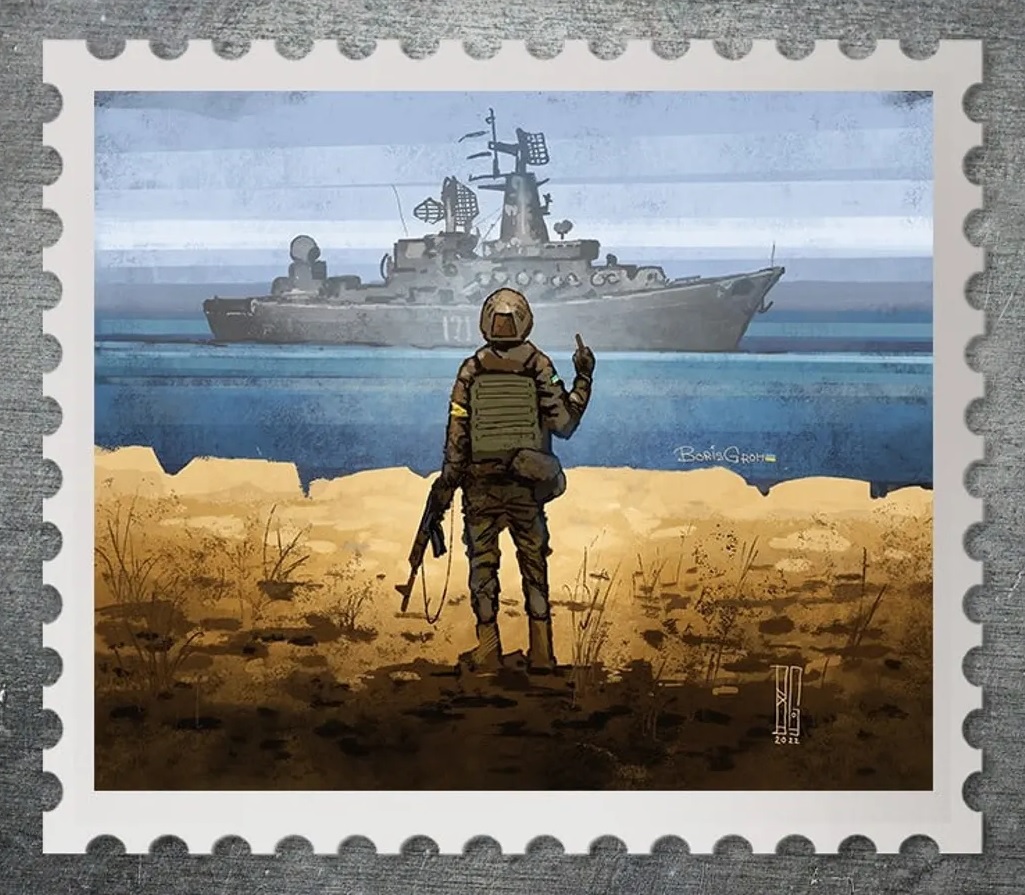
1. ábra: Borisz Groh grafikus-művész alkotása a Kígyó-sziget védőinek a megszállók számára küldött harcias üzenetéről (forrás).
2022. április 13., szerda
21:31-kor Makszim Marcsenko, Ukrajna Odessza Regionális Katonai Igazgatóságának vezetője a Telegram hírügynökségnek azt nyilatkozta, hogy „Két, hajók elleni Neptun rakétával sikerült eltalálni a MOSZKVA cirkálót. A Fekete-tengert őrző Neptun-rakéták nagyon komoly károkat okoztak az orosz hajóban. Dicsőség Ukrajnának!"
22:57-kor Alekszej Arisztovics, az ukrán elnök tanácsadója hivatalos facebook-oldalán az aznapi hadieseményekről közzétett közleményében beszámolt róla, hogy „a MOSZKVA cirkáló – ugyanaz a hadihajó, amelyet elküldtek a f…ba – helyi idő szerint 19:47-kor kigyulladt”.
2022. április 14., csütörtök
07:54-kor Alekszej Arisztovics azt közölte, hogy „Az Orosz Föderáció fekete-tengeri flottájának zászlóshajója, a "MOSZKVA" cirkáló elsüllyedt” kiemelte, hogy ez „óriási haditett, hiszen a MOSZKVA a második világháború óta elsüllyesztett legnagyobb hadihajó, egyben az orosz flotta legnagyobb vesztesége 1945 óta. Erősen csengő pofon, amely a neve miatt még inkább szimbolikus.”
09:59-kor Arvydas Anušauskas, Litvánia védelmi minisztere azt közölte, hogy „01:05 órakor a MOSZKVA orosz cirkáló vészjelzést adott le, majd 01:14 perckor az oldalára dőlt, fél óra elteltével pedig minden áram elment. Hajnali 02:00 órától egy török hajó 54 tengerészt evakuált a cirkálóról, hajnali 03:00 óra körül pedig Törökország és Románia is bejelentette, hogy a hajó teljesen elsüllyedt. Az orosz személyzet vesztesége továbbra sem ismert, bár a fedélzeten 485 fős legénység tartózkodott (ebből 66 tiszt).”
16:47-kor az Egyesült Államok Haditengerészeti Intézete egy magas rangú védelmi tisztviselőre hivatkozva a következőket közölte: „A MOSZKVA körülbelül 60-65 tengeri mérföldre délre volt Odesszától, amikor tűz ütött ki rajta, amelynek az oka külső forrásból, például egy rakétától is származhat, hiszen a hatvan mérföldes tartomány jóval a Neptun-rakéták hatótávolságán belül van, de természetesen okozhatta bármi más is, tehát óvatosnak kell lennünk. Még tegnap délután is küzdöttek a tűzzel a MOSZKVA fedélzeten. Azt azonban egyszerűen nem tudjuk, hogy mekkora a kár: Bár úgy tűnik, hogy jelentős tűzzel küzdenek, azt nem tudjuk, hogy mi van a tűz mögött, és azt sem, hogy mekkora lékesedés történt. A TASSZ szerint ugyanakkor a MOSZKVA fő rakétaütegei nem sérültek meg, de több orosz fekete-tengeri hajó is dél felé indult a cirkálót ért károk miatt.” Az orosz védelmi minisztérium ehhez képest azt közölte, hogy "A MOSZKVA cirkálón a tűz forrását lokalizálták, s a lángokat elfojtották, már nincs nyílt láng és a lőszerrobbanások is abbamaradtak". Közölték azt is, hogy „a cirkáló a felszínen maradt, fő rakétafegyverzete nem sérült, megtörténtek a szükséges intézkedések a hajó kikötőbe vontatására”.
21:00-kor az amerikai műholdas felderítés azt közölte, hogy a háború első napjaiban az orosz erők által elfoglalt Kígyó-sziget és a feltételezések szerint a közeljövőben megtámadni tervezett Odessza térségében tartózkodó mintegy féltucat orosz hadihajó eltávolodott az ukrán partoktól. Az időjárás enyhe volt, a keleti irányú szél sebessége 12-14 csomó, a hullámok magassága 1-2 méter volt.
22:01-kor az orosz TASSZ hírügynökség a követkető jelentést tette közzé: „A MOSZKVA cirkáló a kijelölt kikötőbe történő vontatása közben stabilitását vesztette a hajótest sérülése miatt, amelyet lőszerrobbanás során keletkezett tűz okozott. A heves vihar közepette a hajó elsüllyedt – közölte a védelmi minisztérium.” A néhány órával későbbi frissítést szerint: „Moszkva, április 14.: A MOSZKVA rakétacirkáló vihar közepette vontatás közben elsüllyedt a lőszerek detonációja során elszenvedett hajótest-sérülés miatt – közölte csütörtökön az orosz védelmi minisztérium. A minisztérium kiemelte, hogy a legénységet a Fekete-tengeri Flotta közeli hajóira evakuálták, amint azt korábban bejelentették.”
2022. április 15., péntek
14:00 órakor a kijevi székhelyű UNIAN ukrán hírügynökség más forrásból meg nem erősített hírt közölt arról, hogy 14 tengerészt, köztük a hajó orvosi szolgálatának vezetőjét a MOSZKVA rakétacirkálóról Szevasztopolba szállították, motorcsónakkal tették partra őket, s mentők vártak rájuk a rakparton. Az orosz védelmi minisztérium ugyanakkor nem számolt be sérültekről, vagy áldozatokról a hajón kitört tűzzel összefüggésben, amelyért a legénység két tagját tették felelőssé, akik a közlés szerint tiltott helyen dohányoztak.
2022. április 17., vasárnap
20:09-kor megjelentek az első fényképfelvételek az égő és süllyedő MOSZKVA cirkálóról.
2022. április 18, hétfő
09:48-kor az első videó-felvételeket is közzétették a sérült hajóról.
A sérült MOSZKVA cirkálót ábrázoló fénykép- és filmfelvételek részletes elemzése alapján a szakértők az alábbiakra következtettek:
1) A hajó elleni rakétacsapás nyomán a képen két lyuk látható a hajóközépen, a vízvonalon, közvetlenül a bal oldali kémény alatt.
2) Jelentős tűzkár látható a felső fedélzet pereme alatt és a fedélzeten. A hajótest fő fedélzet szintje alatti több oldalsó áttörésénél (ablakok, szellőző-nyílások) fekete füstnyomok utalnak a belső térben égő tűz kiterjedésére. A hajó határozottan balra dől.
3) A hajó tat-részén, a hangárnál megfigyelhető két nagynyomású vízsugár vagy egy a hajó mögött, takarásban dolgozó tűzoltóhajó, vagy a hajó saját oltórendszerhez tartozó fecskendőiből származhat. Az időjárási és felszíni viszonyok - a hivatalos orosz veszteségjelentéssel ellentétben - enyhék, a cirkáló pedig nem áll vontatás alatt, s a mentőtutajok hiányoznak, ami arra utal, hogy a képek készítése idejére már evakuálták.
4) A sikeres támadás kérdéseket vet fel a szovjet korszak légvédelmi rendszereinek képességeivel kapcsolatban. Több haditengerészeti elemző szerint a hajó elvesztése - a sérülések eredeti okától függetlenül - az orosz haditengerészet legénységének kárelhárítási felkészültségére is éles fényt vet, hiszen az elmúlt évtizedekben az amerikai haditengerészet tengerészei több olyan hadihajót is megmentettek, amelyek hasonló (vagy potenciálisan rosszabb) hajótest-kárt szenvedtek (köztük a USS Cole-t, a USS Starkot, a USS Samuel B. Robertst, a USS Fitzgeraldot és a USS John S. McCaint).
5) A Moszkva fedélzetén elszenvedett emberveszteség mértéke nyilvánosan nem ismert és az orosz kormány sem közölt adatokat. A hajó személyzete 510 fős volt, de a hajó elvesztése után (állítólag) megtartott gyászszertartáson jóval kisebb csoport volt jelen, amely elemzői becslések szerint 100-250 főre esett. A videót az orosz állami média készítette, hitelességét nem ellenőrizték. A Novaja Gazeta orosz nyelvű lap külön beszámolt a támadást túlélő legénység egyik tagjának édesanyjával folytatott beszélgetésről. Az anya súlyos károkról és életveszteségről mesélt, beleértve a becslések szerint 40 halottat, nagyszámú súlyosan megsebesült legénységet és még sok más eltűnt személyt. Ezenkívül az Egyesült Államok által finanszírozott Radio Liberty kiadvány felvette a kapcsolatot a legénység egyik elhunyt tagja, Ivan Vakhrusev villanyszerelő feleségével, aki megerősítette a férje halálát, és elmondta, hogy a legénység 27 további tagját eltűntként tartják nyilván.
6) Az ukrán hírszerzés szerint a fekete-tengeri flotta parancsnokát, Igor Oszipov admirálist az elsüllyesztés után őrizetbe vették az orosz állambiztonsági szolgálatok.
Mindennek fényében érdemes áttekinteni a MOSZKVA elvesztésének következményeit. A lehetséges hatásokra is kiterjedő elemzés szerint:
MILYEN KÉPESSÉGEKETŐL FOSZTJA MEG A HAJÓ ELSÜLLYEDÉSE OROSZORSZÁGOT?
Oroszország erős légvédelmi rendszerekkel rendelkezik a Krímben, amelyet 2014-ben foglalt el Ukrajnától, de a Moszkva képes volt nagy hatótávolságú és mobil légvédelmet nyújtani a teljes fekete-tengeri flotta számára, és úszó parancsnoki és irányító központ volt. Elvesztése rontja a flotta légvédelmét, különösen a nagyobb hatótávolságú küldetések során.
MI TÖRTÉNT A LEGÉNYSÉGGEL?
A hajó körülbelül 500 fős legénységgel rendelkezett, amelynek tagjait Oroszország szerint sikeresen evakuálták más hajókra, majd pénteken visszaküldték őket honi kikötőjükbe, a krími Szevasztopolba. Ukrajna feltételezi, hogy valószínűleg halálos áldozatok is vannak, de Oroszország egyelőre nem mondott semmit erről.
MEGVÁLTOZTATJA EZ A VESZTESÉG AZ UKRAJNAI KONFLIKTUS ALAKULÁSÁT?
Nem valószínű, de a brit védelmi minisztérium szerint a veszteség mindenképpen arra készteti Oroszországot, hogy felülvizsgálja haditengerészeti helyzetét a Fekete-tengeren. Névtelenül nyilatkozó amerikai tisztviselők azt mondták, hogy bár az elsüllyesztésnek szimbolikus hatása lesz, és potenciálisan kérdéseket vet fel Oroszország hosszabb távú haditengerészeti képességeivel kapcsolatban, nem valószínű, hogy jelentős hatással lesz a konfliktus lefolyására, amelyben az orosz haditengerészet eddig sem játszott meghatározó szerepet. Egy amerikai tisztviselő azt mondta, hogy Oroszország csak korlátozott mértékben használta hadihajóit alkalmi csapások végrehajtására és csapatok utánpótlására délen. Oroszország megőrzi haditengerészeti dominanciáját a közvetlen térségben, hiszen bár a Moszkva fel volt szerelve arra, hogy megsemmisítse az ellenséges hajókat a tengeren, de Ukrajna haditengerészetéből kevés maradt.
MOST MEGVÁLTOZTATJA A MŰKÖDÉSÉT AZ OROSZ HADITENGERÉSZET, ÉS SZÁMÍT EZ?
Igen, lesz változás, de nem tekinthető rendkívül jelentősnek. A Fekete-tenger északi részén öt orosz hadihajó tartózkodik rendszeresen, a partoktól kb. 80 tengeri mérföldre. Az amerikaiak úgy vélik, hogy ezek a hajók még mindig képesek csapást mérni Ukrajna partközeli területeire ilyen távolságból. Az Institute for the Study of War (ISW), egy washingtoni székhelyű agytröszt szerint az ukrán hadsereg azon képessége, hogy orosz hadihajókat tud eltalálni a Fekete-tengeren, azonban arra kényszerítheti az orosz haditengerészetet, hogy további légvédelmet és egyéb védelmi eszközöket telepítsen.
MI VOLT A MOSZKVA SZEREPE A KONFLIKTUSBAN?
Nem világos, de egyes elemzők szerint hozzájárulhatott egy esetleges orosz kétéltű partraszálláshoz az odesszai kikötőben, amely az ukrán erők ellenállása miatt még nem történt meg, s az elsüllyedése csökkenti egy ilyen támadás esélyét, és lehetővé teszi Ukrajna számára, hogy erői egy részét máshova helyezze át. Általános vélemény szerint a hajó nem vett részt közvetlenül a hadműveletekben, de légvédelmi támogatást nyújtott azoknak a hadihajóknak, amelyek igen, így ezek most visszavonulni kényszerültek.
OROSZORSZÁG KÖNNYEN PÓTOLHATJA A MOSZKVA KÉPESSÉGEIT?
Nem (a hajó pótlása mintegy 750 millió dollárt igényelne). Oroszországnak van még két azonos osztályú hajója, a Marshal Ustinov és a Varyag, amelyek Oroszország északi és csendes-óceáni flottájánál szolgálnak. Törökország azonban - amely a Boszporuszon keresztül ellenőrzi a Fekete-tengerhez való hozzáférést - nem engedi be őket a térségbe a háború ideje alatt.
A MOSZKVA RENDELKEZETT EGYEDI FEGYVEREKKEL?
Nem. Hajók elleni rakétákkal és föld-levegő rakétákkal szerelték fel, de nem volt felszerelve Oroszország legújabb generációs Kalibr cirkáló rakétáival vagy hiperszonikus rakétákkal.
MENNYIRE VOLT MODERN HAJÓ?
Nem nagyon. Az 1970-es évek Szovjetuniójában, a hidegháború idején tervezték, a NATO repülőgép-hordozók nagy sebességű cirkálórakétákkal történő elárasztására és megsemmisítésére, és csaknem négy évtizede szolgált. 1990-ben selejtezték és csak a moszkvai polgármester beavatkozása mentette meg a bontástól. Alapos felújításon esett át, ám ez jellemzően csak a rozsda eltávolítását és több rétegnyi új festék felhordását jelentette a teljesítmény javítása nélkül, mivel több rendszer még évekkel később sem működött: a brit védelmi minisztérium szerint a hajó csak 2021-ben lett újra teljes mértékben működőképes, de az átalakítás ellenére a hardverek egy része továbbra is elavult maradt (legutóbb a szíriai háborúban résztvevő felszíni hadihajók alkalmazásának tapasztalatai bizonyították be azt, hogy a kisebb, de korszerűbb egységek képesek azonos vagy nagyobb harcértéket felmutatni). A MOSZKVA, ezzel együtt és annak ellenére is, hogy a régebbi haditechnikát képviselte, a felújítását követően – a KIROV-osztály "csatacirkálóival" együtt (amelyek közül mára egyedül a NAGY PÉTER áll szolgálatban) – de facto a felszíni hadihajók alapvető osztályát (capital ship) képviselte az orosz flottában, ahol ugyan korszerűbb egységeket is vízre bocsájtottak már, de egyrészt azok mind csak kisebb és gyengébb hajóosztályokba tartoztak, másrészt az új nagy hajók építésére készült terveket mindeddig nem sikerült valóra váltani.
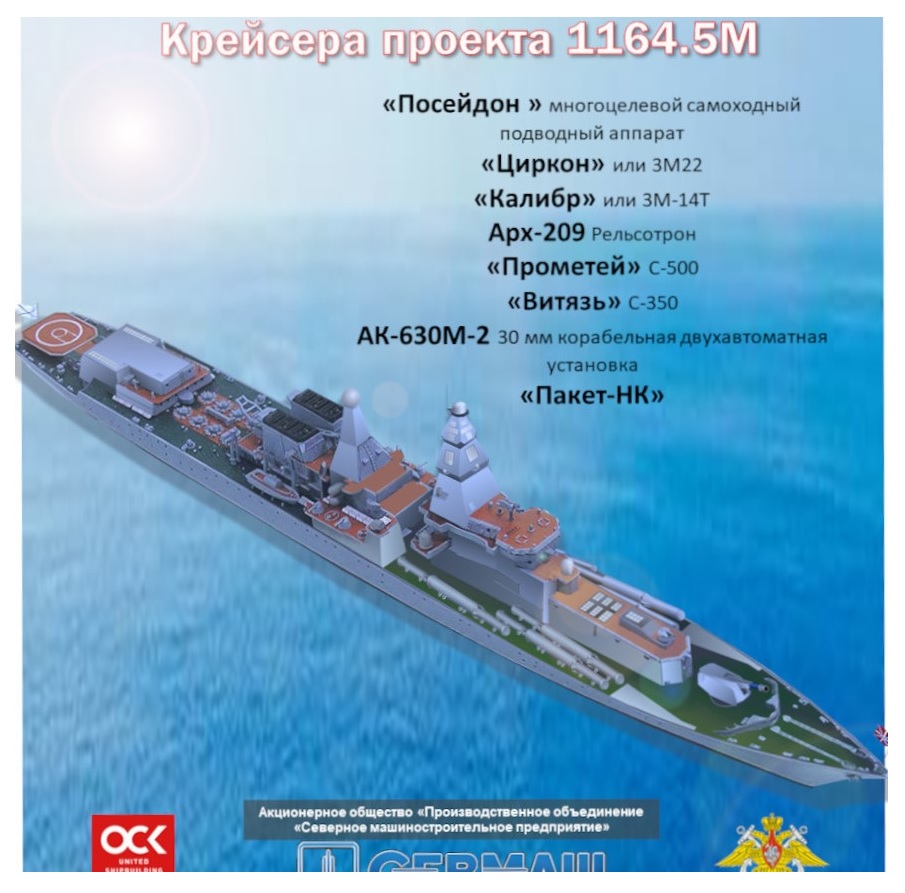
2. ábra: A SLAVA-osztályú cirkálók tervezett korszerűsítéséről 2020. áprilisában megjelent látványterv szerint az osztály mindhárom hajóján a 8 db P-500 Bazalt (illetve Vulcan) típusú cirkálórakétát 6 db Poseidon nukleáris többcélú torpedóval tervezték felváltani, a csöves tüzérséget pedig török gyártmányú, elektromágneses vezetősínes ágyúra kívánták cserélni (forrás).
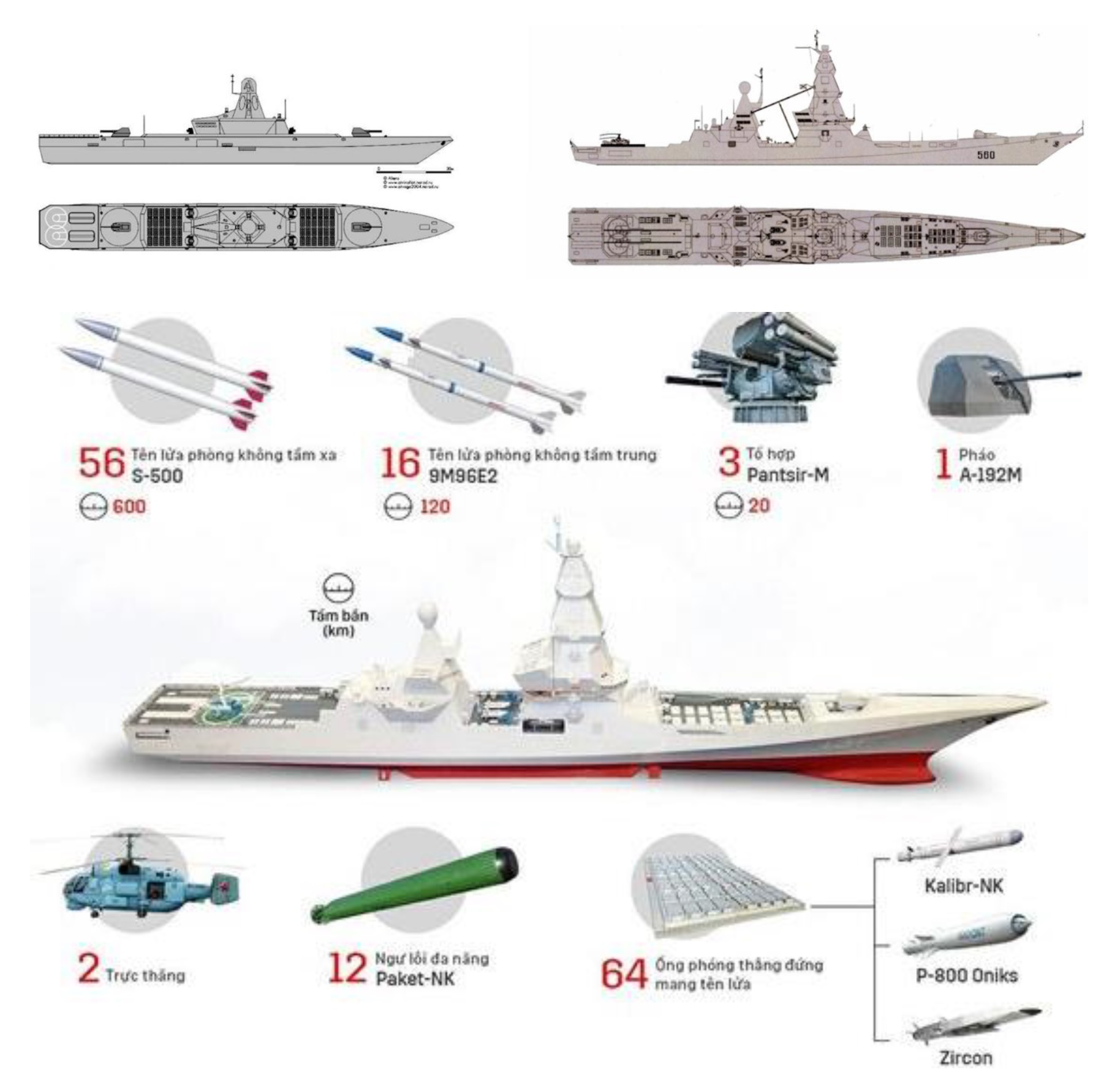
3. ábra: Oroszország 2017-2018 fordulóján bejelentett új haditengerészeti felszíni egységei, a Project 23560E „Shkval” (fent balra) és a Project 2350M „Lider” (fent jobbra) kombinált lopakodó, nukleáris meghajtású irányított rakétaromboló és cirkáló, az utóbbi tervezett fegyverrendszereivel (lent). A Lidertől azt várják, hogy egy romboló, egy nagy ASW-hajó és egy irányított rakétás cirkáló képességeit egyesítse magában, miközben kisebb, mint a Project 1144 típus hajói (a NAGY PÉTER), de sokkal több fegyvert szállít. Az Orosz Haditengerészet fő felszíni hadihajói, a Szovremennij osztályú rombolók, a Slava osztályú cirkálók és az Udaloy osztályú tengeralattjáró-rombolók leváltására szánt hadihajók fejlesztésélt 2013-ban jelentették be, a tervezést 2015-ben kezdték meg és 2016-ban fejezték be. Oroszország északi-tengeri és csendes-óceáni flottája számára kezdetben 12 hajó építését tervezték, majd ezt a számot 8-ra csökkentették, végül a finanszírozás csökkentése miatt a fejlesztést törölték a 2018-2027-es fegyverkezési programból. 2019 februárjában mégis úgy döntöttek, hogy a 2020-as évek végéig fel kell építeni 2 hajót, hajónként 100 milliárd rubel költségvetéssel. A 2023-as kezdéssel tervezett építkezés az orosz-ukrán háború nyomában járó nemzetközi gazdasági szankciók miatt valószínűleg tartós késedelmet szenved (forrás).
MILYEN CSAPÁS EZ AZ OROSZ KATONAI BÜSZKESÉGRE?
Keserű veszteség az orosz hadsereg számára, mivel a hajó, bár bizonyos szempontból már kiöregedett, a krími bázisú orosz Fekete-tengeri Flotta és az orosz katonai büszkeség szimbóluma volt. Az ukrán hajóelhárító rakétákkal eltalált hajóként, ez a legnagyobb orosz hadihajó, amely hadműveletben veszett el 1945 óta. Az orosz Fekete-tengeri Flotta hajóin ezzel a cirkálórakéták száma 72-ről 56-ra csökkent.
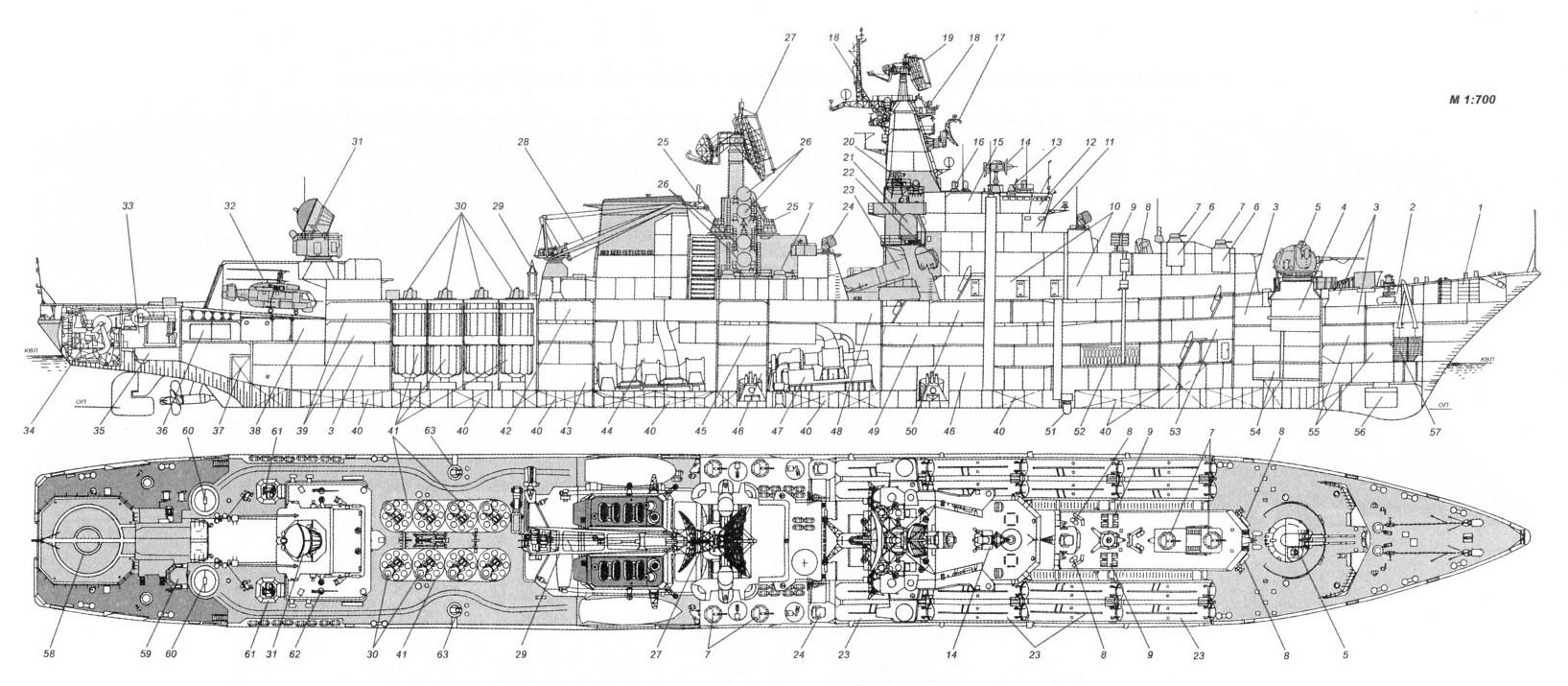
4. ábra: A MOSZKVA cirkáló hosszmetszete és felülnézete:
1. hajóács raktára; 2. horgonycsörlő; 3. vezérlőterem; 4. az éltoronyban használt 130 mm-es készenléti lőszerek (AK-130) raktára; 5. a kétcsövű 130 mm-es AK-130 éltorony; 6. a hatcsövű 30 mm-es AK-630 közel-körzeti csöves légvédelmi rendszer automata lövegtornyában használt 30 mm lőszerek raktára; 7. a hatcsövű 30 mm-es AK-630 közel-körzeti csöves légvédelmi rendszer automata lövegtornya; 8. PK-10 típusú elektronikus aktív zavaró rendszer (hamis termikus célpont-kilövő) 10 db indítócsöve; 9. RBU-6000 Szmercs-3 tengeralattjárók és torpedók megsemmisítésére alkalmas reaktív mélységibomba-vető rendszer 12 indítócsöve; 10. tiszti kabinok; 11. parancsnoki kabin; 12. kormányállás; 13. optikai távmérővel felszerelt kormányállás; 14. АП РЛС СУАО "Lev" radar, haditengerészeti tüzérségi tűzvezető rendszer a 130 mm-es kaliberű csöves tüzérség (AK-130) vezérlésére (felszíni, légi és part menti célpontok leküzdését biztosítja az ellenséges aktív és passzív zavaró rendszerek és radar elleni lövedékek jelenlétében); 15. kormányosi kabin; 16. optikai távmérővel felszerelt parancsnoki harcálláspont (irányító és tűzvezető központ); 17. "Argon-1164" radar a hajók elleni „Bazalt” rakétarendszer tűzvezetéséhez; 18. "Vaigach" típusú navigációs radar; 19. MR-750 „Fregat-M” radar légi és felszíni megfigyelő célokra, tengeri használatra; 20. a közel-körzeti fegyverrendszer radarja és alátámasztása; 21. "Korvet" műholdas adatkapcsolati rendszer; 22. tiszti ebédlő és társalgó; 23. P-500 Bazalt (П-500 «Базальт») 550 km hatótávolságú turbósugárhajtású, szuperszonikus cirkálórakéta-rendszer; 24. MP-123-02 / 3 "Vimpel" – felszíni, légi és partmenti célok leküzdésére tervezett 122 és 140 mm-es kaliberű irányítatlan rakéták indítóit vezérlő, szektorális (90°) és körkörös (360°) üzemmódú célkijelölő és célkövető haditengerészeti tüzérségi tűzvezető rendszer; 25. "Kolco" radarrendszer az elektronikus hadviselés (zavarás) támogatására és elhárítására; 26. "Gurzuf A” és "Gurzuf B" aktív zavaró állomások; 27. „Voszhod” radar a légi célok 0-30° közötti tartományban történő kör-körös észlelésére; 28. rakodódaru; 29. "Sztruna" folyadékszintmérő rendszer (tartályfeltöltöttség mérésére); 30. SZ-300F (SA-N-6) légvédelmi rendszer indítóállványa; 31. SZ-300F (SA-N-6) légvédelmi rendszer radarja; 32. helikopter-hangár; 33. GAK MG-335 „Platina” típusú, körkörös láthatóságot és célkijelölést biztosító, tengeralattjárók, torpedók és tengeri aknák észlelésére szolgáló vontatott szonár emelő- és vontatószerkezetének helyisége; 34. GAK MG-335 „Platina” típusú vontatott szonár; 35. kormányrúd-rekesz; 36. repülőgéplőszer-raktár; 37. repülőgépüzemanyag-tartályok; 38. 533 mm-es kaliberű torpedók kilövésére tervezett TA-53 torpedóvetőcső; 39. Az SZ-300F (SA-N-6) légvédelmi rendszer kezelőhelyiségei; 40. üzemanyagtartályok; 41. A ballisztikus rakéták és a nagyon alacsony magasságban repülő célok elfogására fejlesztett, aktív és félaktív lokátoros önirányító SZ-300F (SA-N-6) légvédelmi rakétarendszer 100 kg repesz-romboló töltettel felszerelt rakétái 6 db, egyenként 8 rakétát tartalmazó vetőcsőben; 42. hátsó dinamótér; 43. energiaellátó rekesz; 44. hátsó gépház (a hátrameneti gázturbinás motorokkal); 45. rádióállomás; 46. segédgépek és aktív stabilizátorok rekesze; 47. elülső gépház (az előremeneti fő gázturbinás motorokkal); 48. elülső dinamótér; 49. harci információs állomás (irányítóközpont); 50. fő vezetési pont; 51. antennaburkolat; 52. RBU-6000 Szmercs-3 mélységibomba-raktár; 53. P-500 Bazalt cirkálórakéták kezelőszemélyzete; 54. 130 mm-es lőszerek (AU AK-130) raktára; 55. akusztikus berendezések kezelőszemélyzete; 56. bulbaorrba szerelt GAK MG-335 „Platina” típusú szonár; 57. lánckamra; 58. helikopter-leszálló pálya; 59. helikopter indító központ; 60 M-4 "Osza-M" hajófedélzeti automatizált kétsugaras légvédelmi rakétarendszer (hatótáv: 15 km, repülési magasság: 4 km, sebesség: 500 m/s, tömeg: 128 kg, tűzgyorsaság: 2 lövés/perc); 61. 4K33 „Osza-M” légvédelmi rakétarendszer; 62. 45 mm-es gyorstüzelő ágyú (üdvlövésekhez); 63. PK-2 típusú elektronikus aktív zavaró rendszer (hamis termikus célpont-kilövő) indítócsövei.
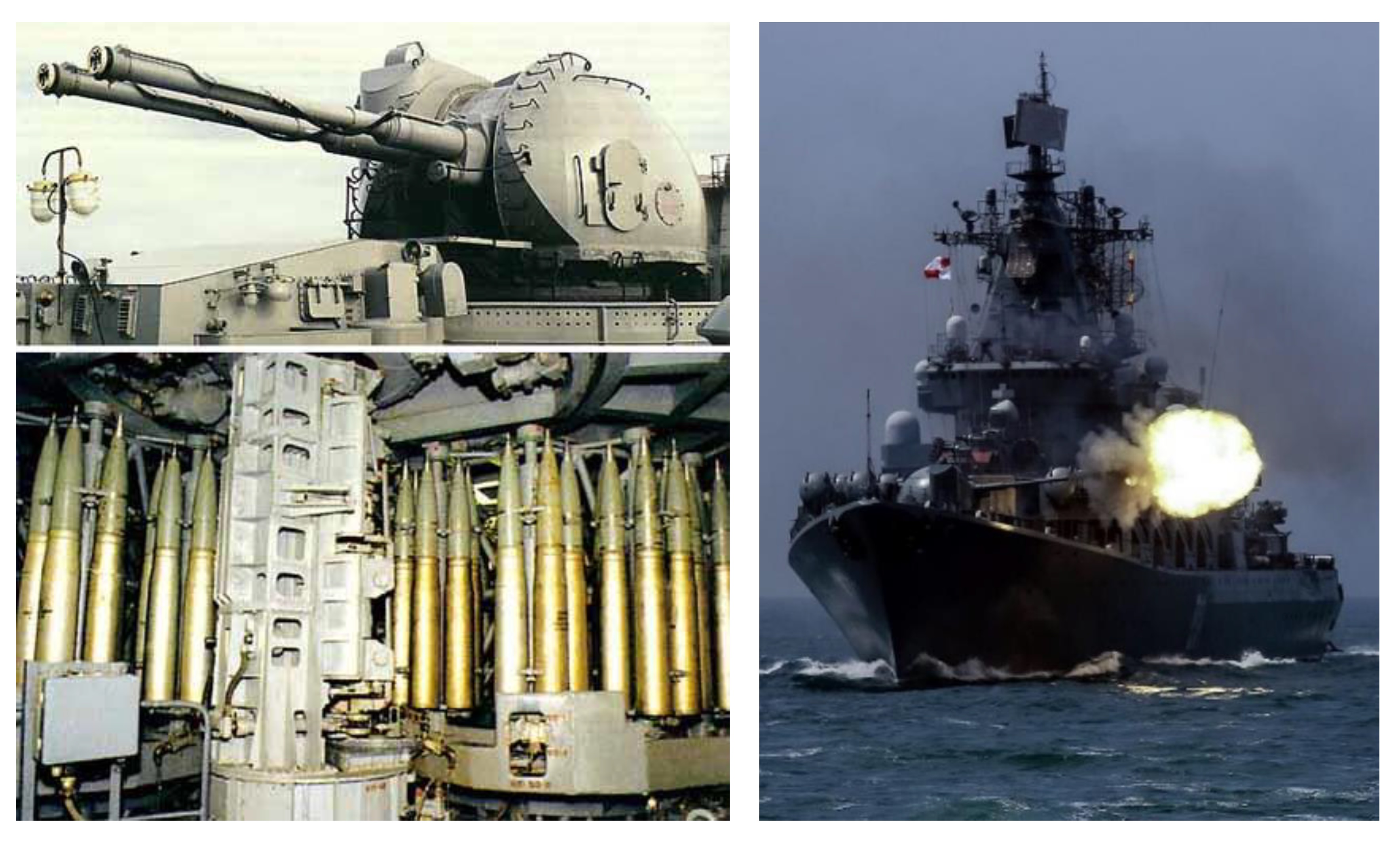
5. ábra: Az AK-130 típusú automata haditengerészeti ágyú és készenléti lőszerkészlete. Kaliber: 130 mm, tűzgyorsaság: 10-40 lövés/perc/lövegcső, maximális csőemelkedés: 85°, maximális lőtávolság: 23 000 m (felszíni célok), 15 000 m (repülőgépek), 8 000 m (rakéták) esetén. (forrás).

6. ábra: A P-500 Bazalt 550 km hatótávolságú turbósugárhajtású, szuperszonikus cirkálórakéta-rendszer indító-tubusai (forrás: 1, 2, 3, 4, 5.)
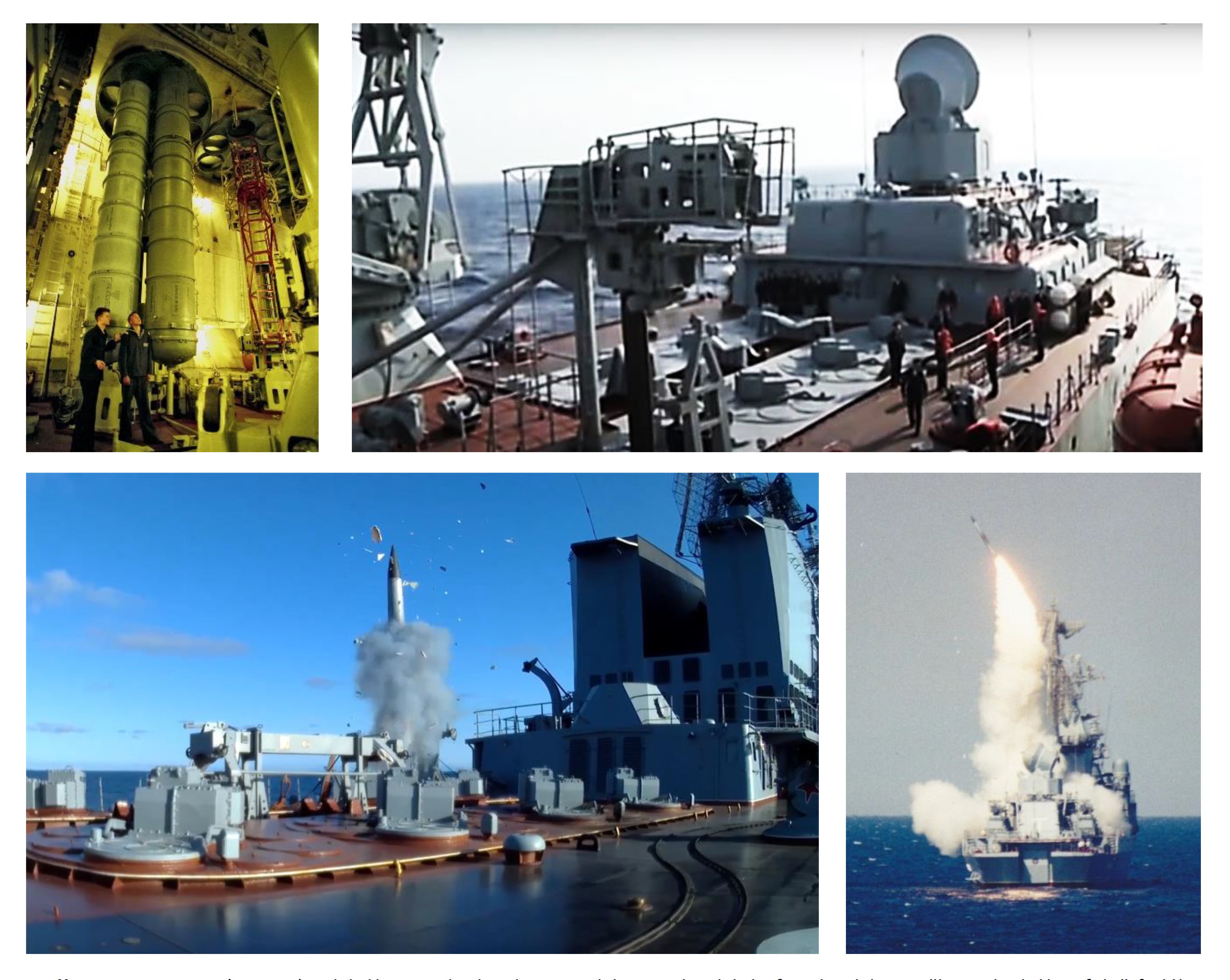
7. ábra: Az SZ-300F (SA-N-6) rakétákat nyolc darab, egyenként nyolcrakétás forgó rakétavetőben tárolták a felső fedélzet szintje alatt. A rakéták bevetési magassága 25-25 000 m, hatótávolsága 7-90 km, végsebessége 4 Mach (https://weaponsystems.net/system/664-S-300F%20Fort).
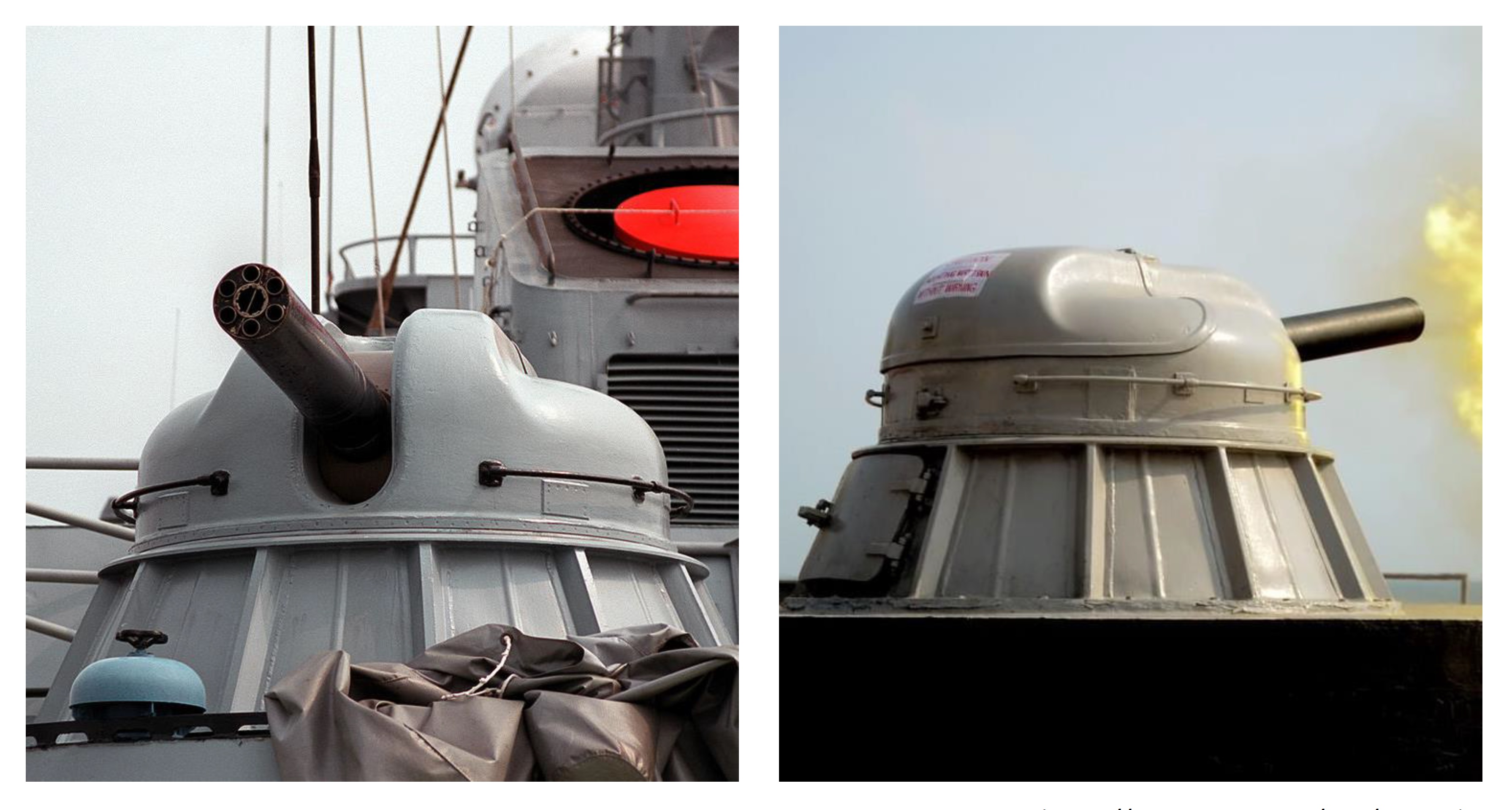
8. ábra: A 30 mm-es AK-630 közel-körzeti csöves légvédelmi rendszer automata lövegtornya (forrás).
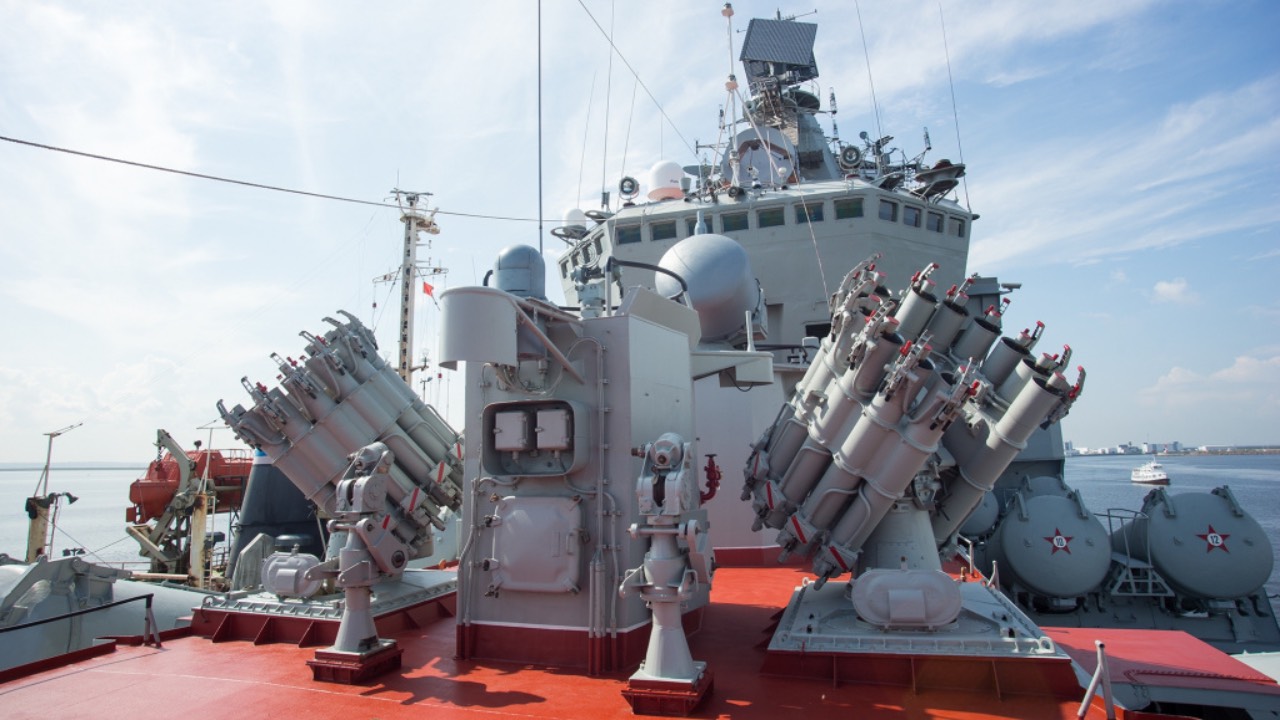
9. ábra: Az RBU-6000 Szmercs-3 tengeralattjárók és torpedók megsemmisítésére alkalmas reaktív mélységibomba-vető rendszer (https://hu.wikipedia.org/wiki/RBU%E2%80%936000).

10. ábra: A cirkáló KA-27 helikoptere (forrás).
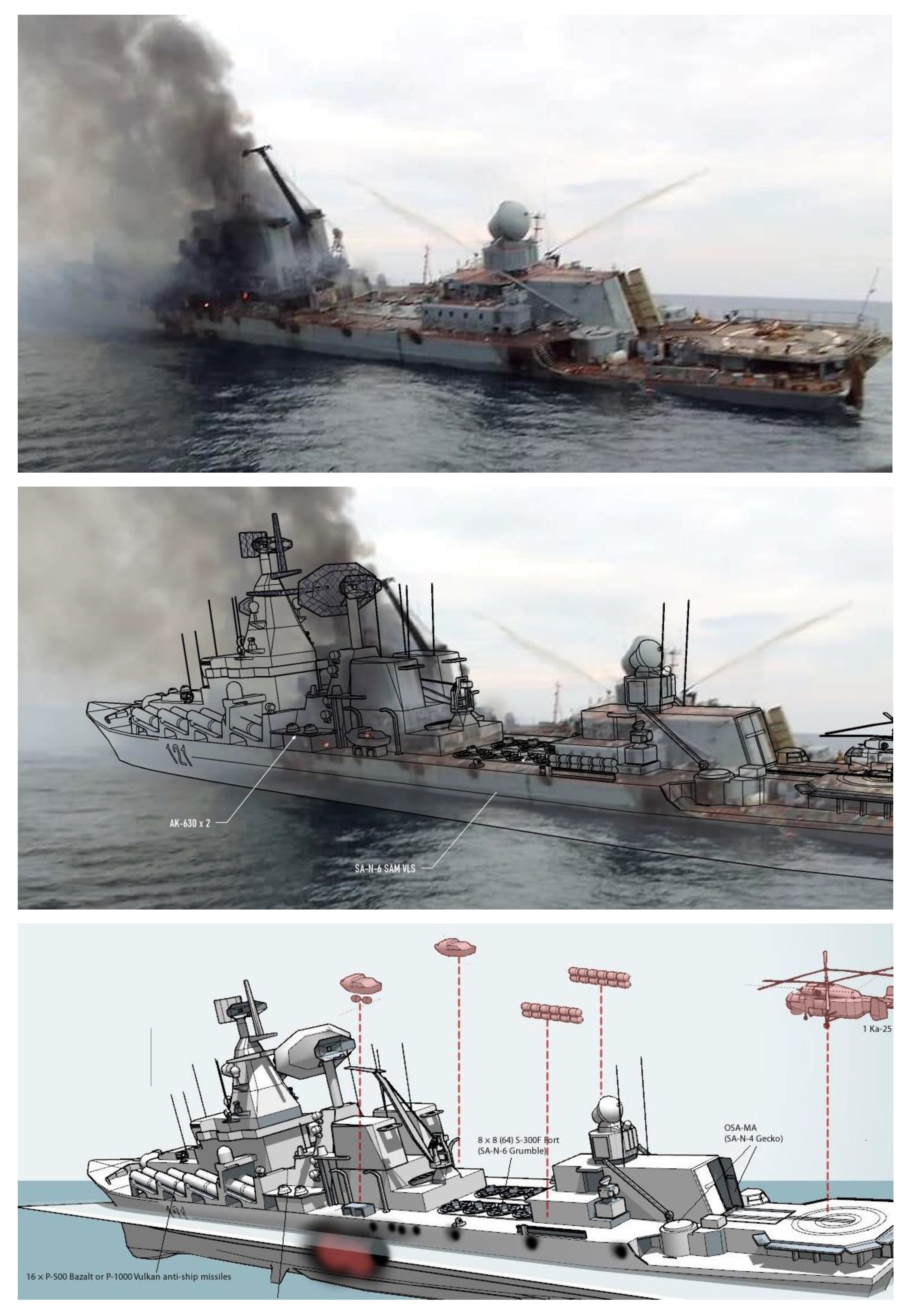
11. ábra: A fenti ábra a füstön keresztül mutatja a hajó főbb részeit a perspektíva érthetővé tétele érdekében (forrás).
A lenti fényképet a brit Guardian folyóiratnak nyilatkozó török szakértő, Yörük Isik szerint egy Project 22870 típusú orosz haditengerészeti mentővontatóról készítették, amelyek közül kettő az orosz Fekete-tengeri Flotta kötelékében működik. A felvételről tisztán leolvasható, hogy a MOSZKVA legénységének egyszerre kellett küzdeni a betörő vízzel és a fedélzeteken tomboló tűzzel, s az is feltűnő, hogy a hajó a fényképfelvételen nem áll vontatás alatt, noha az orosz források szerint a Szevasztopolba vontatás közben süllyedt el (tehát vagy egyáltalán nem vontatták, vagy felhagytak a vontatással addigra, mire a fénykép elkészült). A fotó alapos elemzése alapján az alábbi következtetéseket lehet levonni:
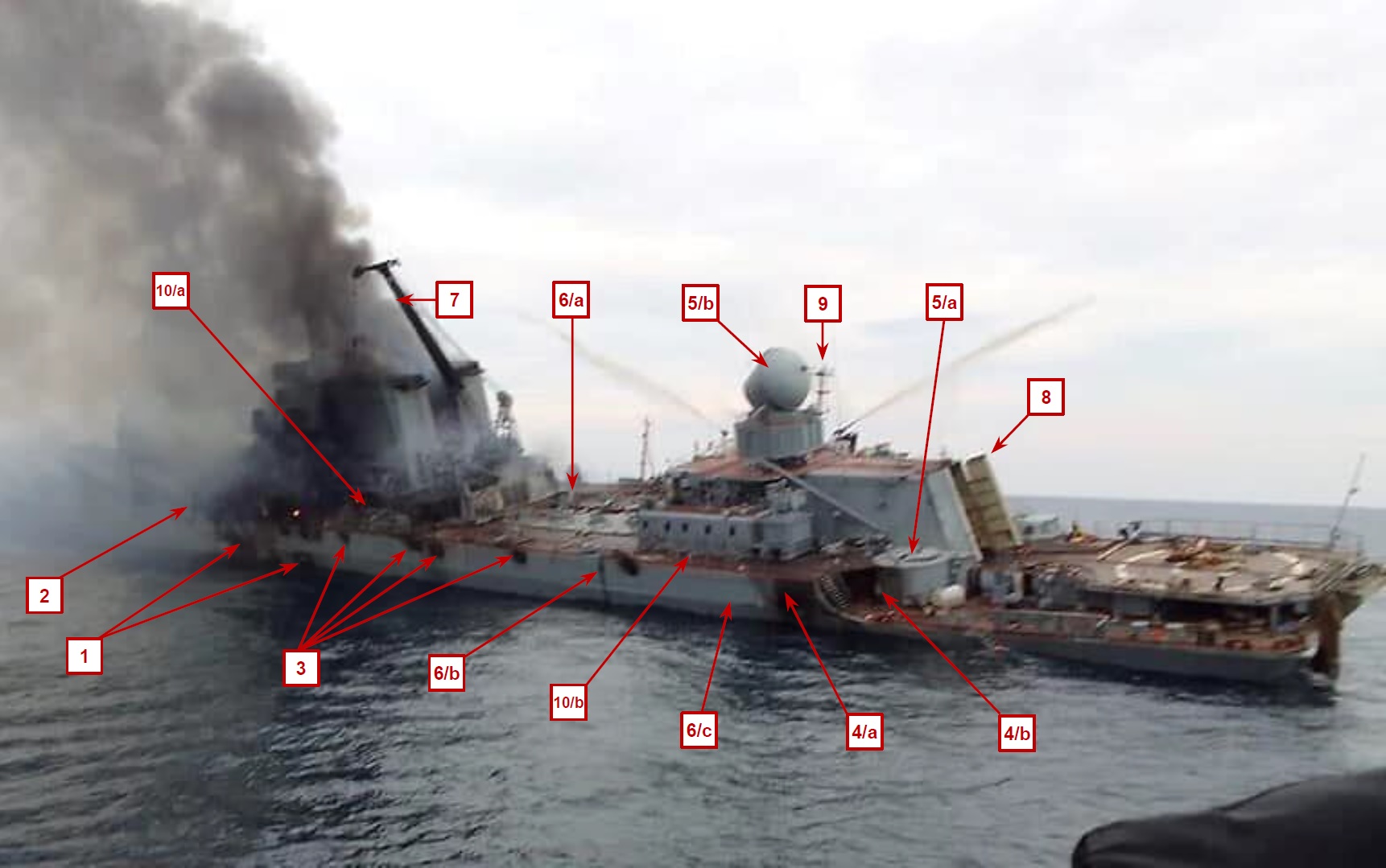
12. ábra: A cirkáló sérüléseinek elemzése.
1) Az ukrán Neptun rakéták a hajóközépen (midship), csapódtak be (a hajó kontúrja miatt ezen a részen a legnagyobb a radarvisszaverődés, hiszen itt vannak a hajó működtetése szempontjából legfontosabb nagy méretű és helyigényű berendezések, gépészeti egységek), valamivel a vízvonal alatt, ami a hajó dőléséhez vezetett. A lékesedés következtében a hátsó gépház megsérült, a teljes elárasztására azonban valószínűleg nem került sor, mivel a hajót beburkoló sűrű füst a kéményeken keresztül távozik, vagyis a gépházban súlyos tűz tombol (azaz semmiképpen sem juthatott be annyi víz a gépházba, hogy onnan az égést tápláló összes levegőt kiszorítsa). A gépház mindenesetre az egész hajó legnagyobb elárasztási tényezőjű (legnagyobb térfogatú) belső tere, így a bejutott víz mennyiségétől függően nem meglepő, ha akár a két oldalfal közötti teljes keresztmetszet egy része víz alá került, a gépházat ugyanis nem osztották meg hosszanti válaszfallal. A hajó dőlését a bal oldali lékesedés okozza, a jobb oldalon ennek ellenére csekély mértékben emelkedik ki a hajótest víz alatti része, még úgy is, hogy a mélyített tatfedélzet bal oldala már a fedélzet pereméig merül. Mindez arra utal, hogy a lékeken át a hajóba áramló víz egyenletesen oszlik el a hajótestben. Ennek több oka is lehet: vagy nem zárták le a vízzáró ajtókat (ezért a gépházba betört víz más, szomszédos rekeszekbe is tovaterjedt), vagy ellenárasztással igyekeztek mérsékelni a dőlést (esetleg az SZ-300-as rakétákat befogadó rekeszt is elárasztották, tűzvédelmi okokból). A vízbetörés mindenesetre láthatóan egyenletes süllyedési folyamatot okoz, amennyiben a bal oldala felé megdőlt helyzetű hajó anélkül merül fokozatosan egyre mélyebbre, hogy az aszimmetrikus elárasztás miatt a felborulásától kellene tartani. A víz egyenletes szétterjedésére utal az is, hogy a süllyedő hajón megszűnt az áramszolgáltatás, ami azt jelenti, hogy mindkét gépház és a segédgépház is víz alá került (a felsőbb fedélzeten elhelyezett vészhelyzeti generátorok működését valószínűleg a tűz lehetetlenítette el). Ez megerősíti azt a feltételezést, hogy az érintett helyiségeket nem sikerült szárazon tartani (vagy azért, mert a vízhatlan ajtókat nem zárták le megfelelően, vagy azért, mert a vízmentes rekeszek valamely más okból tömítetlenné váltak).
2) A felvételt elemző Chris Parry nyugalmazott ellentengernagy szerint a hajóba csapódott támadó-rakéták a vízbetörés mellett további hatalmas károkat is okoztak, mivel nagy valószínűséggel megrongálták (anélkül, hogy felrobbantották volna) a cirkálón a felső fedélzet peremére szerelt hátsó Bazalt rakéta-pár indítótubusait és talán a bennük tárolt rakétákat is, amelyek így kiengedhették a hajtóanyagot, ami afféle égésgyorsítóként tovább fokozhatta a hajón belül keletkezett tüzet, amely vízszintesen terjedt tovább a fedélzeteken és a sérült válaszfalakon keresztül hátrafelé.
3) A hajó oldalán több helyen látható elszenesedett folt, ami azokat az ökörszem-ablakokat, illetve szellőzőket jelzi, ahol a forró levegő és füst a szabadba távozott. Az itteni füstnyomok súlyos kárelhárítási hiányosságról tanúskodnak: azt jelzik hogy a tűz ideje alatt (részlegesen vagy teljes egészében) tovább működött a szellőztetés, vagyis tulajdonképpen táplálták a tüzet, mivel nem zárták el azt az oxigéntől. A tűzzel érintett helyiségek tűzbiztos ajtóit ugyanakkor valószínűleg bezárták, mivel ellenkező esetben a tűz gyorsabban és nagyobb területen elterjedt volna. Így viszont nehéz helyzetbe hozták a tűzhöz igyekvő fedélzeti tűzoltókat (akik amúgy oxigénpalackot használtak, hiszen a zárt téri tűz mérgező gázokkal tölti meg a légteret), akiknek ezért úgy kellett megkezdeniük az oltást, hogy a tűz folyamatos levegő-utánpótlást kapott. Szabó Balázs tűzoltó szerint a zárt helyen tomboló tűz a meglévőhöz képest újabb oxigénforrás megnyitásakor (pl.: amikor kinyitották a tűzbiztos ajtókat, hogy az oltószemélyzet beléphessen) kicsap a helységből egy óriási, pusztító lángnyelv formájában, ami több száz fokkal melegebb lehet az anyatűznél. Ez a flash-over (tűz-átcsapás) jelensége, ami szélsőséges esetben akár teljesen ellehetetleníthette az eredményes tűzkár-elhárítást és a MOSZKVA megmentését.
4) Az ablakok és szellőzők körüli égésnyomokhoz képest komolyabb tűzre utaló, nagyobb kiterjedésű égésnyom (4/a) van a helipod alatti mélyített tat-fedélzet és a felső fedélzet helikopter-hangár melletti íves találkozási pontjánál, közvetlenül az OSZA rakéták tárolóhelye (4/b) előtt.
5) Az M-4 "Osza" légvédelmi rakétarendszer indítóállványai lesüllyesztett pozícióban (5/a), az SZ-300F rakéták radarja (5/b) pedig nyugalmi állapotban látható, ami arra utal, hogy a MOSZKVA fedélzetén vagy egyáltalán nem észlelték az ukrán rakéták közeledését, vagy bár észlelték azt, mégsem hajtottak végre ellenintézkedéseket időhiány, vagy valamilyen egyéb ok miatt (ha nem maradt idő reagálni).
6) H. I. Sutton haditengerészeti elemző szerint a tűz elérhette az SZ-300F légelhárító rakétákat is. A fedélzeten történt erős robbanásról szóló (meg nem erősített) sajtóértesüléseken kívül erre utal, hogy a rakéták indítóállásai körül beszakadt a jelentős szakaszon megsérült, felgyűrődött fedélzet (6/a), amelynek kiterjedt deformációja a fémszerkezet rendkívüli hőhatás miatti kilágyulására utal, valamint a hajótestnek a rakétasilókat befogadó rekesz hátsó válaszfala mentén felnyílt hegesztési varrata (6/b). A látványos tűzkár ellenére az SZ-300-as rakéták robbanása nem valószínű, mivel 64 db, egyenként 100 kg súlyú robbanótöltettel felszerelt rakéta zárt téri robbanása az egész hajót széttépte volna. Ezért az orosz védelmi minisztérium által kiadott közlés szerint a hajón történt lőszerrobbanás (amelyért két, tiltott helyen dohányzó matrózt tettek felelőssé) – ha megtörtént egyáltalán – nem a hajó elsüllyedéséhez vezető okfolyamat indító oka, hanem legfeljebb az ukrán rakéták becsapódását követő tűzvész okozta másodlagos robbanások következménye lehet. Mivel a fénykép tanúsága szerint sem az elülső P-500 Bazalt (illetve Vulcan) típusú cirkálórakéták, sem a hátsó SZ-300-as légvédelmi rakéták nem robbantak fel, ha volt lőszerrobbanás a hajón, az csakis az ukrán Neptun-rakéták becsapódási helye felett, a felső fedélzet peremén elhelyezett AK-630 közel-körzeti légvédelmi rendszer 2 db bal oldali automata lövegtornyához tartozó lőszerraktárban történhetett, ami azonban nem bír jelentős rombolóerővel a hajó elsüllyesztése szempontjából. Külön ki kell emelni, hogy a T-53 torpedóvetőcsövet takaró oldalajtó (6/c) a hajótesten sértetlen (a MOSZKVA cirkálót annak ellenére is felszerelték torpedókkal, hogy az Egyesült Államok Haditengerészete eltávolította azokat a saját cirkálóiról, mivel úgy ítélték meg, hogy másodlagos robbanás esetén inkább veszélyt jelentenek a hajóra, mintsem hasznosnak az ellenséges egységek elpusztításában).
7) A darut általában a két kémény között, leengedve rögzítik, itt azonban a kémények között, nagy gémkinyúlással állva látható, vagyis használatban volt (vélhetően a motorcsónakok leengedésére használták a hajóelhagyáskor), ami arra utal, hogy eltelt némi idő az első találat és a tűz elterjedése között (mielőtt a tűz elérhette volna a daru kezelőplatformját).
8) A nyitott hangárajtók azt jelzik, hogy a helikopter is felszállt (vagy éppen repült, így a rakéta-találat pillanatában nem is volt a fedélzeten).
9) A sérült MOSZKVA hátterében egy tűzoltóhajó árbóccsúcsa látható. A hajó tűzoltófecskendői nagynyomású vízsugárral igyekeznek eloltani a fedélzeti tüzeket, csekély eredményességgel. A fedélzetekre locsolt és a fedélzeti nyílásokon át a hajóba is beszivárgó oltóvíz egyenetlen eloszlása a hajótérben, hozzájárulhatott a cirkáló későbbi egyensúlyvesztéséhez.
10) A hajó összes motorcsónakja (10/a) és – egy kivételével – minden mentőtutaja (10/b) hiányzik, ami arra utal, hogy a legénységet a hajó elsüllyedése előtt evakuálták. A hajóelhagyás rendkívüli intézkedés, amely hadihajón kizárólag akkor megengedett, ha a kárelhárítási műveletek nem vezethetnek eredményre, így nem marad más lehetőség. A kárelhárítás eredményességét több tényező is befolyásolta. Egyrészt egyszerre kellett küzdeni a hajó mélyén a vízbetöréssel és a felsőbb fedélzeteken tomboló tűzzel. Másrészt a tűzoltók munkáját jelentősen megnehezítette a szellőzőrendszer működése. A végeredményt a kiképzés is befolyásolta: a vietnámi háború hordozótüzei (USS FORRESTAL) tapasztalatai alapján az amerikai haditengerészetnél a hadihajók személyzetének minden tagja részesül kárelhárítási (mentési, tűzoltási) kiképzésben, így baj esetén a hajón tartózkodó összes személy az alapvető szolgálati beosztásától függetlenül képes bekapcsolódni ebbe a tevékenységbe. A hajó dőlése a 2022.04.13-án 19:47-kor történt kigyulladásától az áramszolgáltatás 2022.04.14-én hajnali 01:44-kor történt megszűnéséig tartó 5 óra 57 perces süllyedési folyamat alatt az elárasztás egyenletes tempója ellenére 15 fokig fokozódott. Ez és a felsőbb fedélzeteken tomboló tűz jelentősen megnehezítette a kárelhárítást. A hajnali órákban 27 km/h-ig fokozódó szélerősség és az 1-2 m magas hullámok ebben az állapotban már végzetesnek bizonyultak, hiszen rendszeresen felcsaptak a hajó mélyített tatfedélzetére, így a hajó végül felborult.
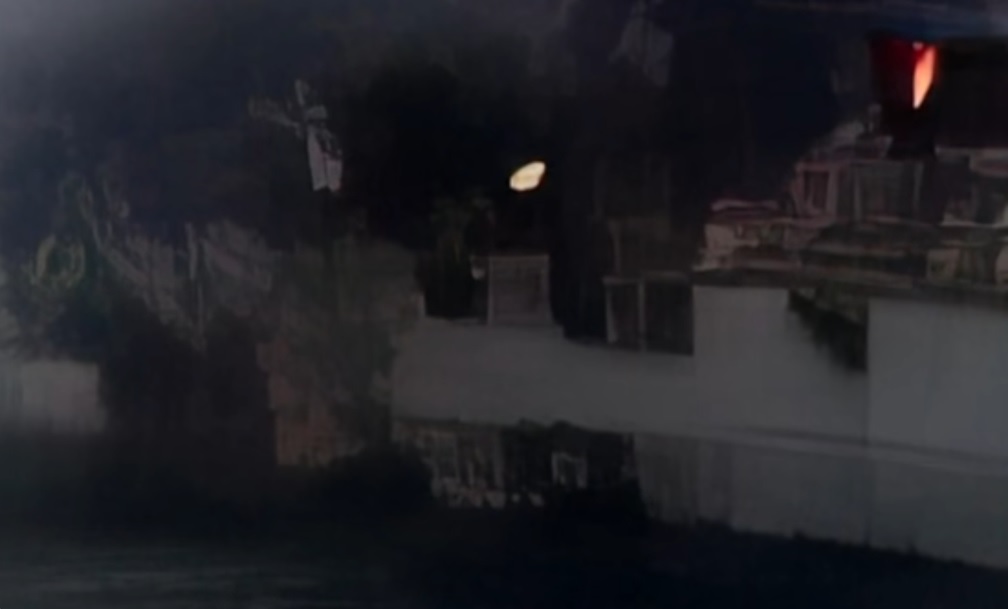
13. ábra: A rakéta-találatok okozta sérülések a hajótesten (forrás). A közelkép alapján egyes elemzők azt sem tartják kizárhatónak, hogy a hajót nem kettő, hanem három Neptun-rakéta találta el (a feltételezés még akkor sem feltétlenül légből kapott, ha a hajó elsüllyesztéséről szóló hivatalos ukrán közlések csak két rakétát említenek, hiszen elképzelhető, hogy egyszerre több rakétát is indítottak annak érdekében, hogy nagyobb valószínűséggel legyen olyan, amelyik célba talál akkor is, ha a célra repülés közben egyet vagy többet a hajó légvédelme esetleg hatástalanít).
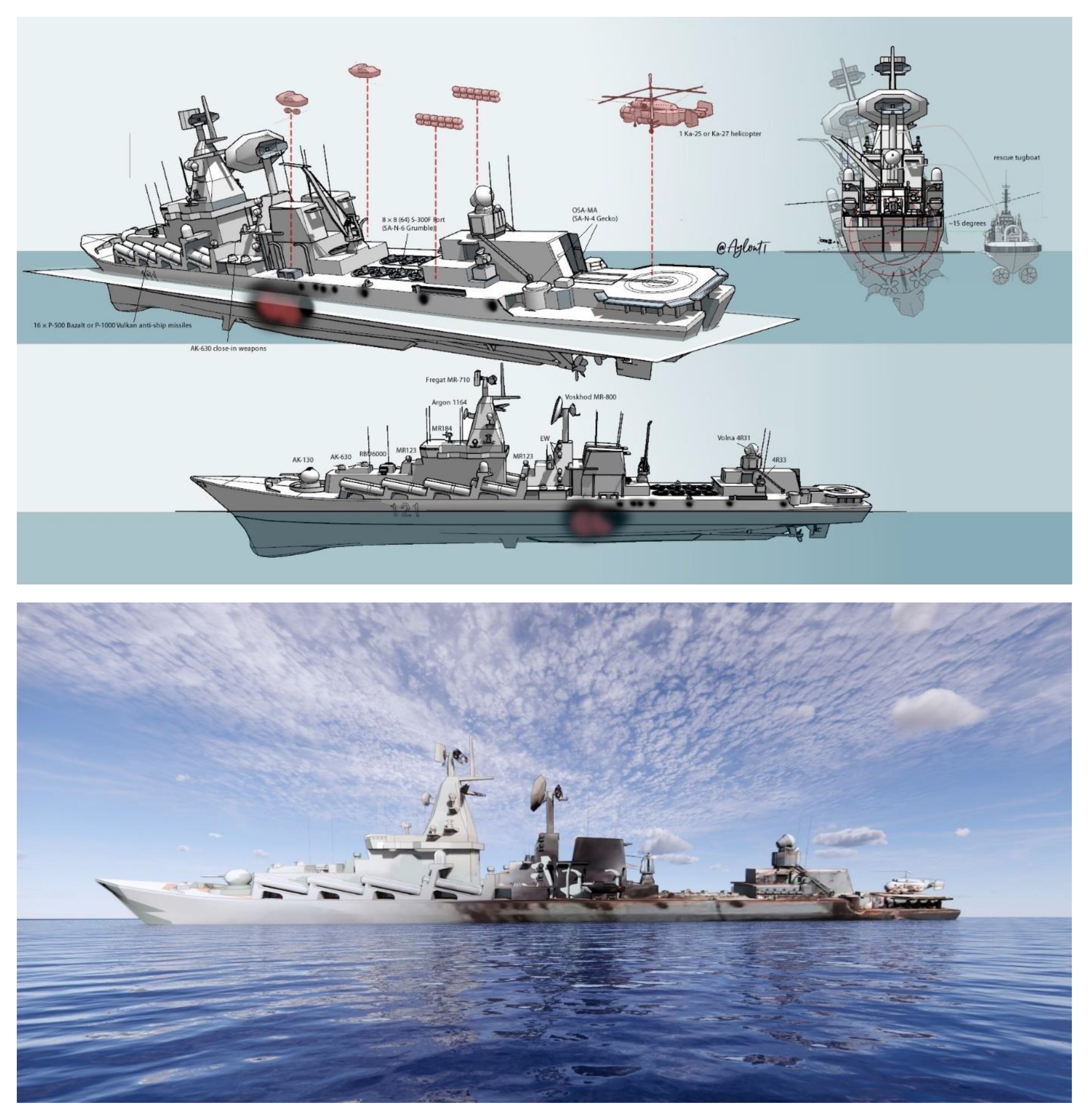
14. ábra: Az eltalált és megdőlt helyzetű cirkáló szimulatív ábrázolása (forrás).
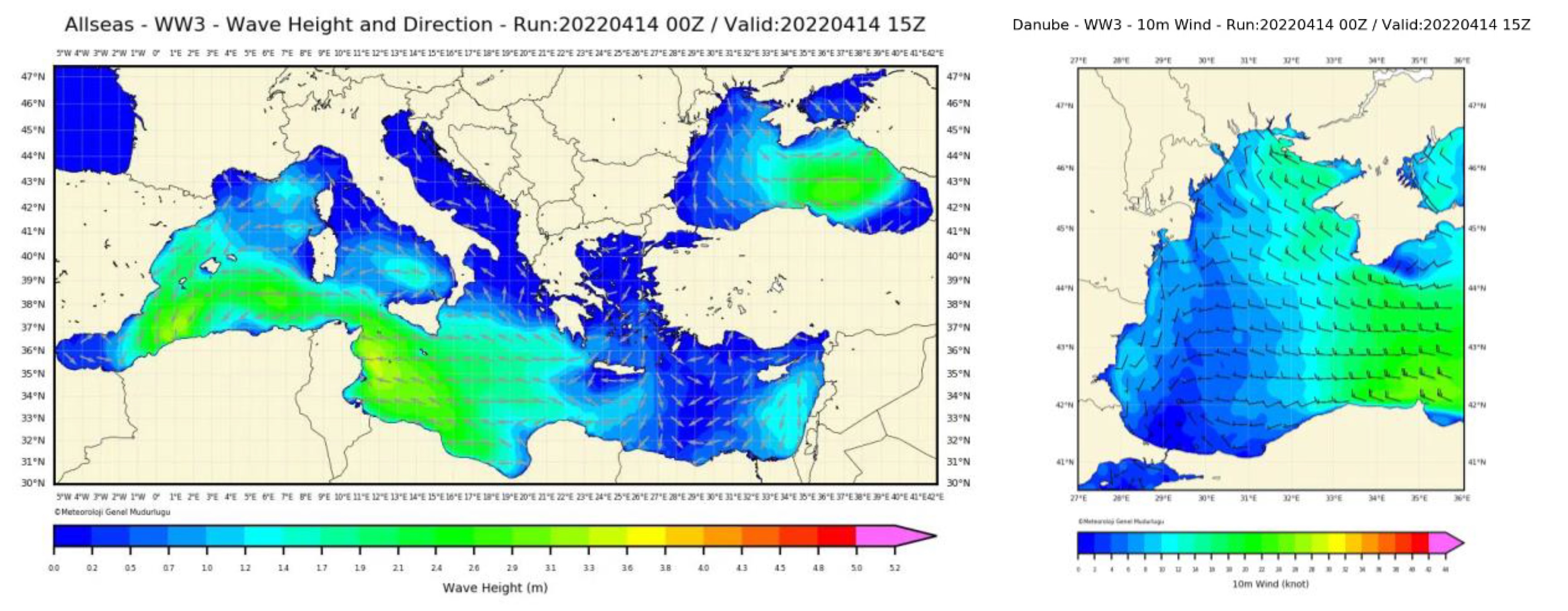
15. ábra: Időjárási viszonyok - hullámzás (balra) és szélerősség (jobbra) - a támadás és a hajó elsüllyedése idején (forrás).
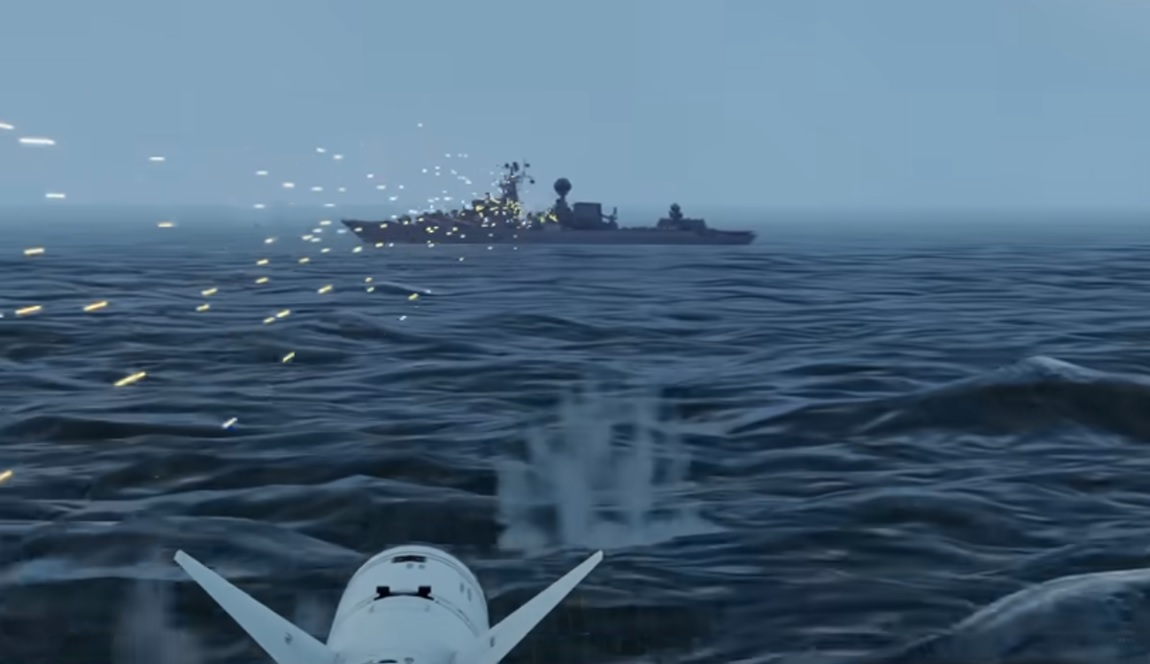
16. ábra: Az időjárás szerepe nemcsak a sérült hajó elsüllyedését befolyásolhatta, de bizonyos körülmények között magát a sikeres Neptun-találatot is elősegíthette, hiszen a rakéta-védelmi rendszerek időjárási sérülékenységét értékelő vizsgálatok eredménye alapján köztudott, hogy a légköri részecskék, mint például az eső és a jég - vagy a háborgó tengerfelszínen mozgó masszív hullámtömegek - befolyásolják a támadó és a védelmi célú rakéták, s a nagy sebességű lövedékek, valamint a tűzvezető és irányító rendszereik teljesítményét, noha nem lehet pontosan előre jelezni azt, hogy ez mekkora hatással lesz a teljesítményükre. A MOSZKVA elleni rakétatámadás különböző időjárási viszonyok közötti szimulációja mindenesetre azt mutatta, hogy szeles és esős időben, hullámzó tengerfelszín mellett a hajó M-4 "Osza" légvédelmi rakétarendszerének megbízhatósága jelentősen csökkent (forrás).
Mindent egybevetve a fenti elemzés nemcsak a MOSZKVA cirkáló sérülései és az elsüllyedésben játszott szerepük értékelésére, de a hadihajó elleni támadás, a kárelhárítás, a hajóelhagyás és a süllyedés idősorának pontosítására is lehetőséget biztosít. A MOSZKVA elleni sikeres rakéta-támadást ugyanis április 13-án, este jelentették be és másnap hajnalban süllyedt el a cirkáló. Ezért - mivel a hajóról készült felvételeken még világos van - jogos kérdés, hogy vajon mikor készültek a felvételek. Erre a kérdésre ad választ az áprilisi napnyugta (19:43) és a napkelte (05:51) Fekete-tengeren történő észlelésének időpontja (forrás). Az idézett közlések alapján az első híradások 19:47-re teszik a találatot kapott hajó kigyulladásának időpontját, 01:05-re a rádiós segélykérés idejét és 01:44-re az elektromos áramszolgáltatás leállását. A tűz keletkezésének időpontja nagyjából egybeesik a naplemente időpontjával. Ezt a tényt a sérült hajónak az ismert fotókon látott állapotával és a fényviszonyokkal összevetve, azt kell feltételezni, hogy a tüzet okozó találat valamivel korábban - még késő délután, illetve kora este - történt, akárcsak a hajó evakuálása (hiszen a fenti fotón is az látható, hogy a hajót a kép készítésekor már elhagyták). A kiürítés (s az arról való döntéshozatal) időszükségletére tekintettel és azt feltételezve, hogy a sérült hajót ábrázoló felvételek a naplementét megelőző utolsó órában készültek, valószínűtlen, hogy a találatra 19:00 után került volna sor.

17. ábra: A szakértők szerint a süllyedő MOSZKVA cirkálóról egy Project 22870 típusú orosz haditengerészeti mentővontató fedélzetéről készítették az ismert képeket. E típus sebessége 14 csomó (25,9 km/h), a hajótörés helyszíne a szevasztopoli bázistól pedig cca. 100 tengeri mérföld (197 km). Eszerint, ha a vontató Szevasztoploból indult volna, úgy a bázis és a MOSZKVA elleni támadás helyszíne közötti távot 7 és fél óra alatt sikerült volna leküzdenie. A MOSZKVA viszont csak mintegy 6 óra hosszat volt még úszóképes a Neptun rakéták találata után. Ez tehát (ha a cirkáló elsüllyedésére vonatkozó ismert idősor legalább megközelítően hiteles) kizárja annak a lehetőségét, hogy a vontató Szevasztopolból indult volna és azt valószínűsíti, hogy eleve a helyszínen tartózkodott az orosz kötelék részeként (ami arra utal, hogy az oroszok számoltak azzal a lehetőséggel, hogy az Ukrajna elleni támadó hadműveletekben résztvevő hajóik műszaki mentésre szorulhatnak).
Ami a legénység veszteségeit illeti, arról mindeddig csak ellentmondásos információkat tettek közzé. Az erre vonatkozó közléseket általában úgy interpretálják, hogy az orosz védelmi minisztérium ragaszkodik ahhoz, hogy mindenkit kimentettek (
forrás), miközben Ukrajna jelentős orosz veszteségekről számol be. A kép azonban ennél árnyaltabb.
Orosz részről 2022.04.14.-20. között összesen csupán
3 hivatalos közlés jelent meg a TASSZ hírügynökség oldalán, s ezek közül csak 2 tartalmazott a legénységre is vonatkozó általános közlést, minden részlet említése nélkül. A 2022.04.14-én 21:01-kor közzétett, majd 22:59-kor frissített híradás arról számolt be, hogy "
A minisztérium hangsúlyozta, hogy a legénységet a közeli Fekete-tengeri Flotta hajóira evakuálták, amint azt korábban bejelentették.", a 2022.04.16-án, 19:20-kor megjelent hírek szerint pedig: "
Az orosz haditengerészet főparancsnoka, Nyikolaj Jevmenov tengernagy találkozott a MOSZKVA rakétacirkáló legénységével, és ígéretet tett arra, hogy a tisztek, a kadétok és a matrózok tovább szolgálhatnak a haditengerészet kötelékében". Az orosz közléseket átvevő híradások a fenti megfogalmazások általános jellege miatt rendre úgy hivatkozzák ezeket a közléseket, hogy az orosz hivatalos álláspont szerint a hajó legénységének összes tagját megmentették (holott az orosz hivatalos közlemények erre egyáltalán nem utalnak).

18. ábra: A túlélő legénység szemléje Szevasztopolban. Nincsenek ötszázan... (forrás).Ukrán részről eleinte arról számoltak be, hogy a cirkáló 510 fős legénységének minden tagja elpusztult, ezt később jelentős veszteségekre enyhítették, de konkrétumokkal az ukrán közlemények sem szolgálhattak.
A nemzetközi sajtóban ugyanakkor megjelent több olyan híradás is, amely a hajó legénységéhez tartozó eltűnt személyek hozzátartozóinak reakcióit elemzi. Az Al Jazeera arab hírportál
2022.04.19-i közlése idézi a Meduza független orosz nyelvű híroldalt, amely a Fekete-tengeri Flotta parancsnoksághoz közel álló forrásra hivatkozva azt közölte, hogy mintegy 500 tengerész tartózkodott a MOSZKVA fedélzetén, s a legénység 37 tagja meghalt és mintegy 100 ember megsebesült, miközben az eltűntek pontos száma még nem ismert. A hírportál azt is kiemelte, hogy "
Az elmúlt napokban több család is közölte a közösségi médiában, illetve a független orosz vagy külföldi sajtónak adott nyilatkozatában azt, hogy nem találják a MOSZKVÁN szolgált gyermekeiket." A családtagok írásos válaszokat követelnek a hatóságoktól, ám kéréseikre a Kreml szóvivője kitérő választ adott: "Minden ezzel kapcsolatos információt a védelmi minisztérium ad ki, itt és most nem vagyunk jogosultak semmit sem elmondani."Az ukrán Telegram-csatorna a valószínű veszteségek között az alábbi személyeket tartja nyilván név szerint:
Elesettek:
Anton Valerijevics Kuprin - 1. osztályú kapitány
Vitalij Begerszkij - 1. osztályú matróz,
Iván Vakrusev - kadét (5. harcrészleg)
Jegor Dmitrijevics Skebec - szakács
Mark Taraszov.
Eltűntek:
Nyikoláj Siromjaszov - sorozott tengerész
Andrej Szergejevics Tszivov - sorozott tengerész
Szergej Grudinyin - sorozott tengerész
Nyikita Jefremenko - sorozott tengerész.

A fenti elemzés összeállításához segítséget jelentettek
"A Tiborublog és Lemilblog szerzőinek és olvasóinak FB-csoportja" alábbi tagjai által megosztott közlések: Bill George, Deák Tamás, Gúth Sándor, Kovács Lajos, Mizsei Lajos, Szabó Balázs, Szabó Zsófia, Szalai Zoltán,
valamint az alábbi források:
Típus-ismertetés:
https://autojournalism.com/top-10-largest-guided-missiles-ship-in-the-world/
https://www.liga.net/images/general/2022/04/14/20220414152650-2493.jpeg?v=1649939269
http://oruzhie.info/voennie-korabli/126-krejser-moskva
https://tass.ru/armiya-i-opk/11281247?utm_source=google.com&utm_medium=organic&utm_campaign=google.com&utm_referrer=google.com
https://i.pinimg.com/736x/e9/cc/4d/e9cc4d634e2c19de13fe888dc3566858--battleship-syria.jpg
http://www.and-kin2008.narod.ru/drawingpr1164.html
http://alternathistory.com/modernizatsiya-raketnyi-kreiser-proekta-1164/
https://en.wikipedia.org/wiki/Slava-class_cruiser
https://en.wikipedia.org/wiki/Russian_cruiser_Moskva
https://army-news.org/2013/03/raketnye-krejsera-proekta-1164-atlant/
https://voennoedelo.com/posts/id20631-qsvlsw8lw8ezknjywgpq
https://hu.pinterest.com/pin/AaodjfIuhLmrPnt3F00x_dFsN9c3nML3nw-z_ZzI-oV6kNjL6tnVMv0/
http://www.modelwarships.com/reviews/ships/ru/cg/700-slava-trump/trumpeter-review.html
http://www.modelwarships.com/reviews/ships/ru/cg/700-slava-trump/moskva-paint.jpg
https://www.1999.co.jp/itbig16/10161992t4.jpg
https://ichef.bbci.co.uk/news/1024/cpsprodpb/8EFF/production/_124170663_7e5d019e-5439-4a90-858a-b2b658568c2c.jpg
https://sakhalianet.x10.mx/shippictures/igs_cruisers/low_res/slava.jpg
https://images-wixmp-ed30a86b8c4ca887773594c2.wixmp.com/i/28af330d-2293-438d-9d98-ae25621da175/desu8hk-06fa3011-3eb0-4243-ab9a-299a3bb265a2.png
https://www.deviantart.com/digitalexplorations/art/USSR-Slava-class-guided-missile-cruiser-FSX-894966392
https://live.staticflickr.com/4171/34713735496_494790221c_b.jpg
https://c8.alamy.com/comp/HFCYY2/a-view-of-the-deck-area-housing-the-sa-n-6-vertical-missile-launchers-HFCYY2.jpg
https://www.korabel.ru/filemanager/IMAGES/0/121/121871.jpg
https://i.pinimg.com/736x/b7/70/ee/b770ee78ddd1517e389a93d6656eb4bd.jpg
https://coollib.com/i/50/140750/pic_22.jpg
Tervezett korszerűsítés:
https://www.maritime-executive.com/editorials/shipbuilding-may-limit-russian-navys-future
https://www.navyrecognition.com/index.php/naval-news/naval-news-archive/2016/july-2016-navy-naval-forces-defense-industry-technology-maritime-security-global-news/4183-all-large-russian-navy-ships-of-1st-and-2nd-rank-may-get-nuclear-power-plants.html
https://www.navalnews.com/naval-news/2020/04/russian-navys-slava-class-cruiser-to-get-new-weapons/
Tervezett új típusok:
https://www.navalnews.com/naval-news/2021/09/russia-to-start-construction-of-new-project-22350m-frigate-in-2024/
https://en.wikipedia.org/wiki/Lider-class_destroyer
Az orosz flotta csoportosítása:
https://www.navyrecognition.com/images/stories/news/2018/august/Russia_reinforced_its_naval_task_group_in_Mediterranean.jpg
https://www.rbth.com/news/2013/09/13/russia_will_increase_its_group_in_mediterranean_-_commander-in-chief_of__29786.html
http://2.bp.blogspot.com/-uWPKvRXCDnk/UqfRO7aYnII/AAAAAAABp8s/ZJQCdCndTAY/s1600/2013-09-12-BZSSR.jpg
https://images.squarespace-cdn.com/content/v1/59cba599f9a61e4ef873b52f/1527194039548-4SYFIE2DHBSOXNL10THS/image-asset.png?format=1000w
https://img.over-blog-kiwi.com/0/55/62/61/20150429/ob_cc1436_the-russian-navy.jpg
Az ütközet elemzése:
https://militarywatchmagazine.com/article/what-ukrainian-missile-could-the-40-year-old-russian-cruiser-moskva-have-sunk-by-itself
https://www.maritime-executive.com/article/photos-first-images-of-the-lost-russian-cruiser-moskva-emerge
https://www.aa.com.tr/en/russia-ukraine-war/turkish-ship-rescued-54-sailors-on-damaged-russian-naval-cruiser-moskva/2564125
https://news.usni.org/2022/04/13/russian-navy-confirms-severe-damage-to-black-sea-cruiser-moskva-crew-abandoned-ship
https://www.theguardian.com/world/2022/apr/18/film-and-photos-appear-to-show-russian-cruiser-moskva-shortly-before-it-sank
https://twitter.com/jon96179496/status/1514384736319328265
https://gcaptain.com/russian-flagship-sinks-moskva/
https://www.maritime-executive.com/article/photos-first-images-of-the-lost-russian-cruiser-moskva-emerge
https://www.navalnews.com/naval-news/2022/04/analysis-chain-of-negligence-caused-the-loss-of-the-moskva-cruiser/
https://www.americanchronicles.news/photos-of-the-sinking-of-the-russian-cruiser-moskva-analyzed-by-experts/
https://www.outono.net/elentir/2022/04/18/the-first-images-of-the-russian-cruiser-moskva-after-the-attack-that-sank-it/
https://tickernews.co/russia-may-be-forced-to-change-black-sea-strategy-after-moskva-sinking/
https://934185.smushcdn.com/2425611/wp-content/uploads/2022/04/Ukraine-War-SLAVA-Cruiser-Moskva-scaled-1-1024x576.jpg?lossy=1&strip=1&webp=1
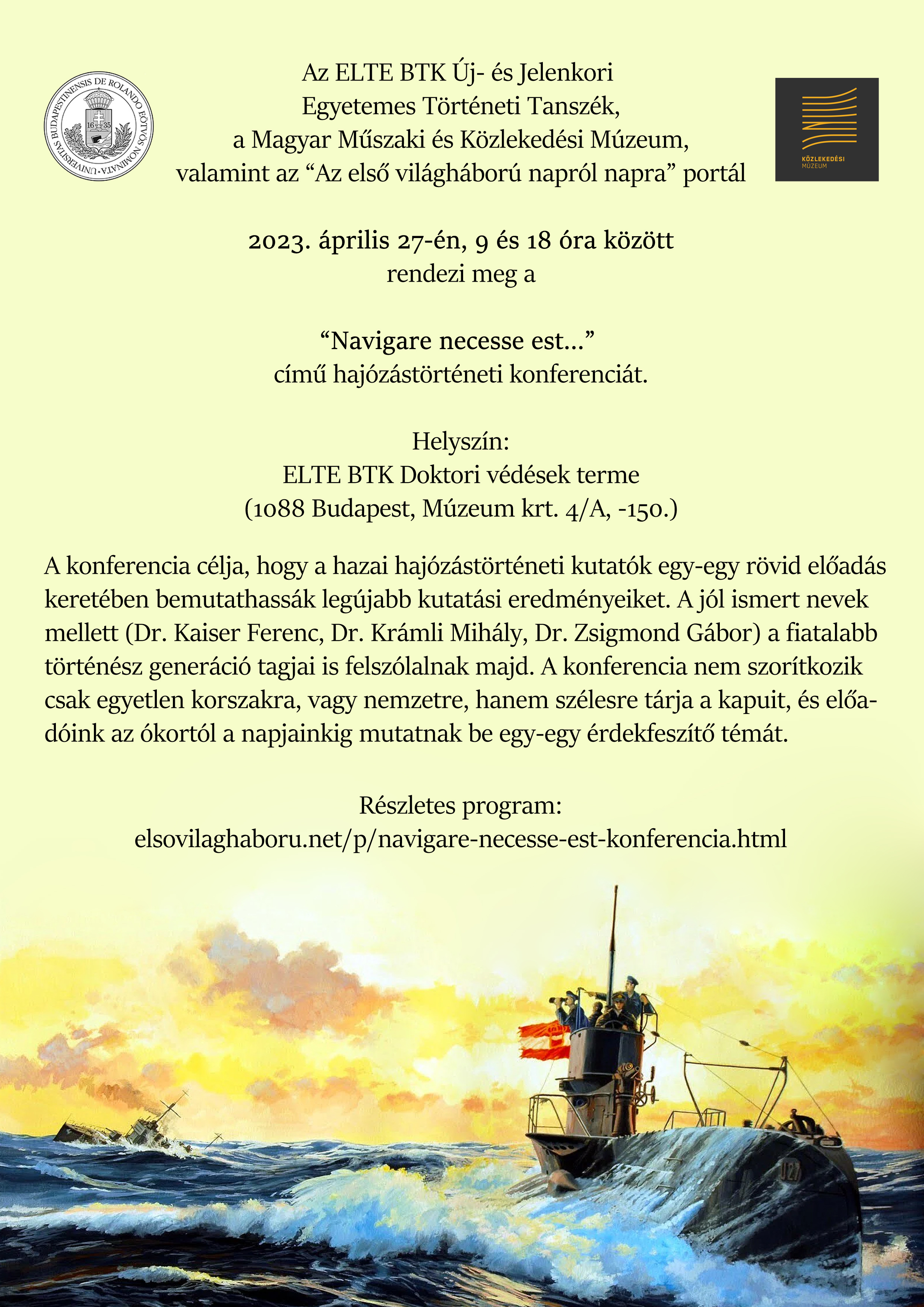


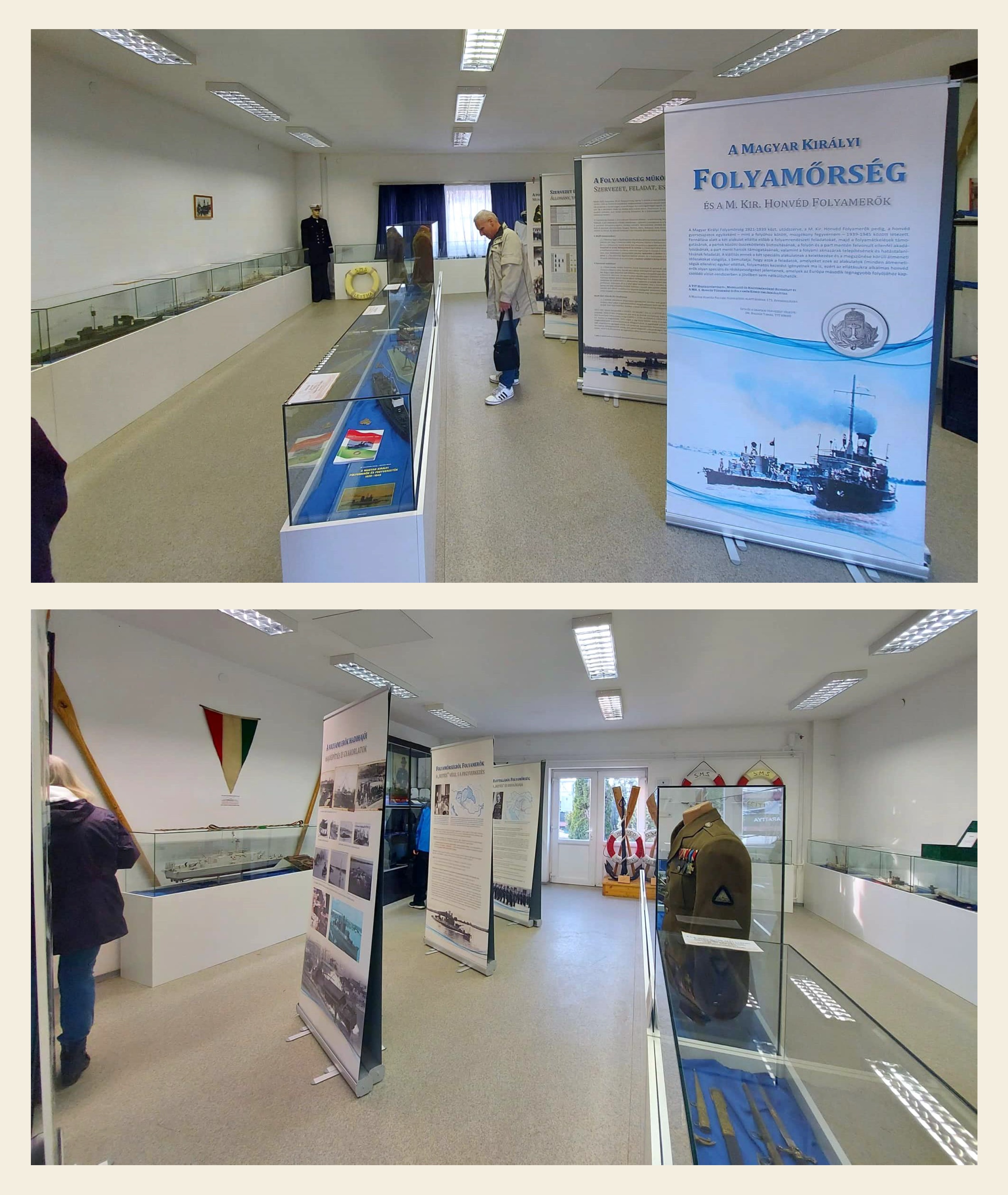
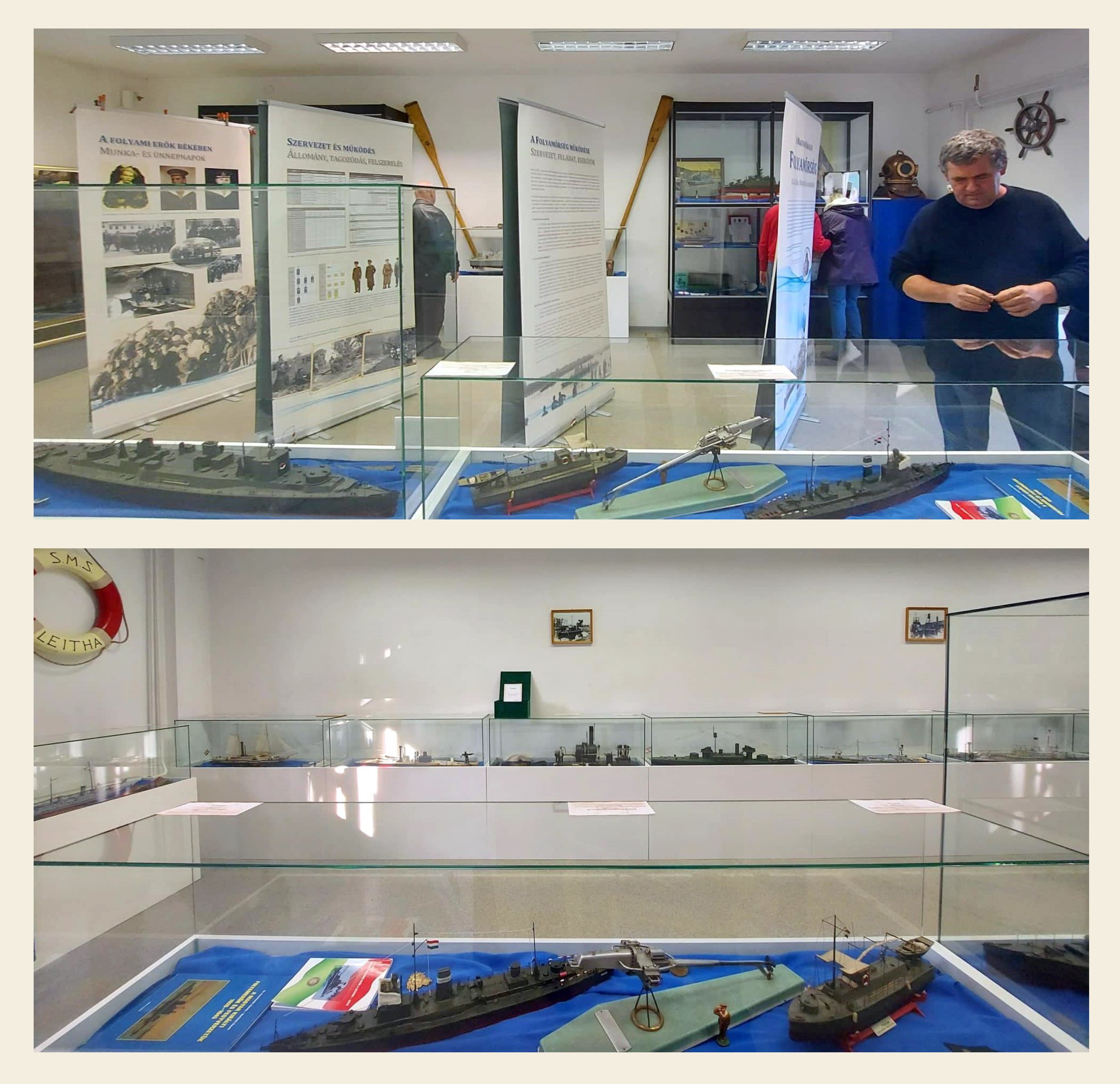
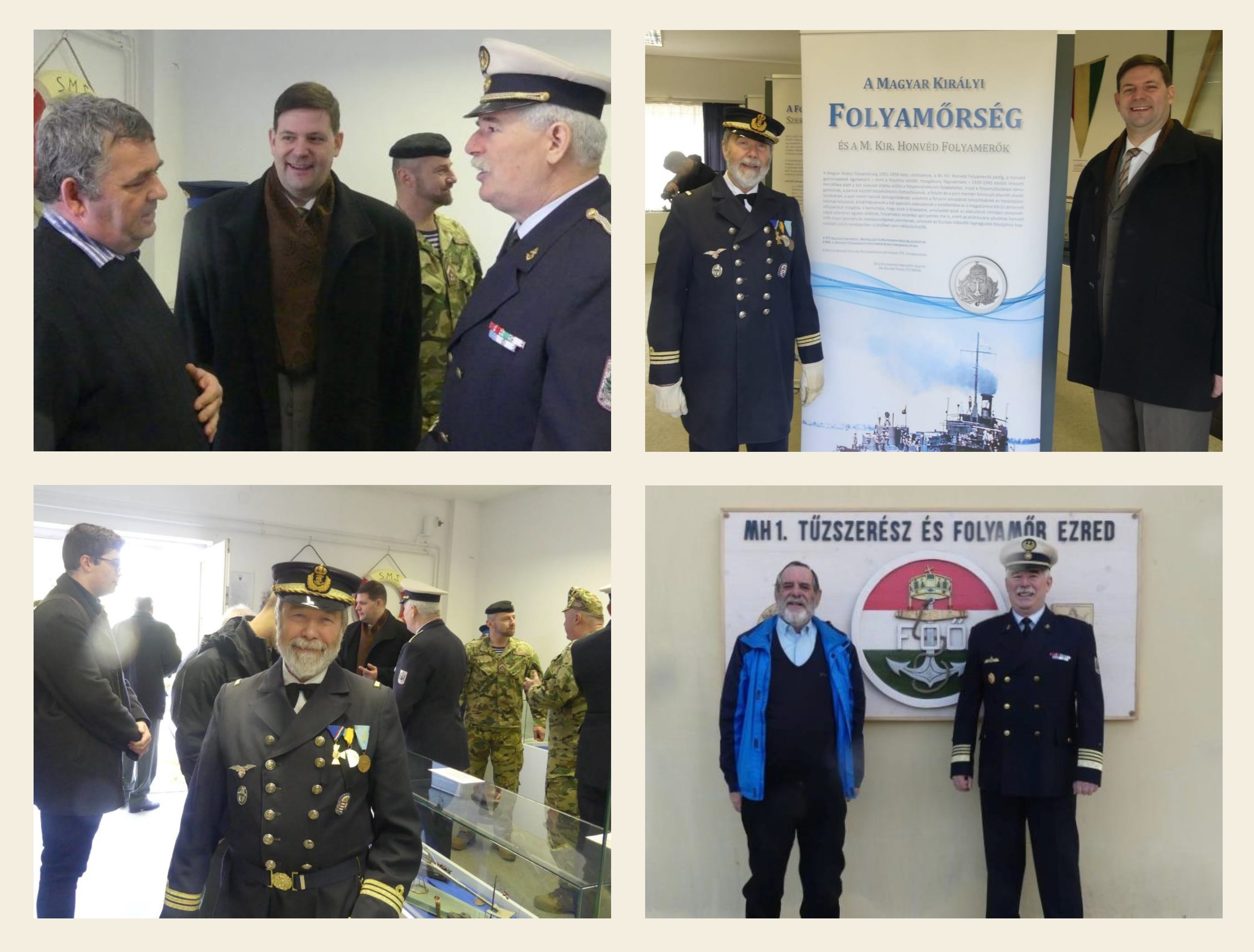
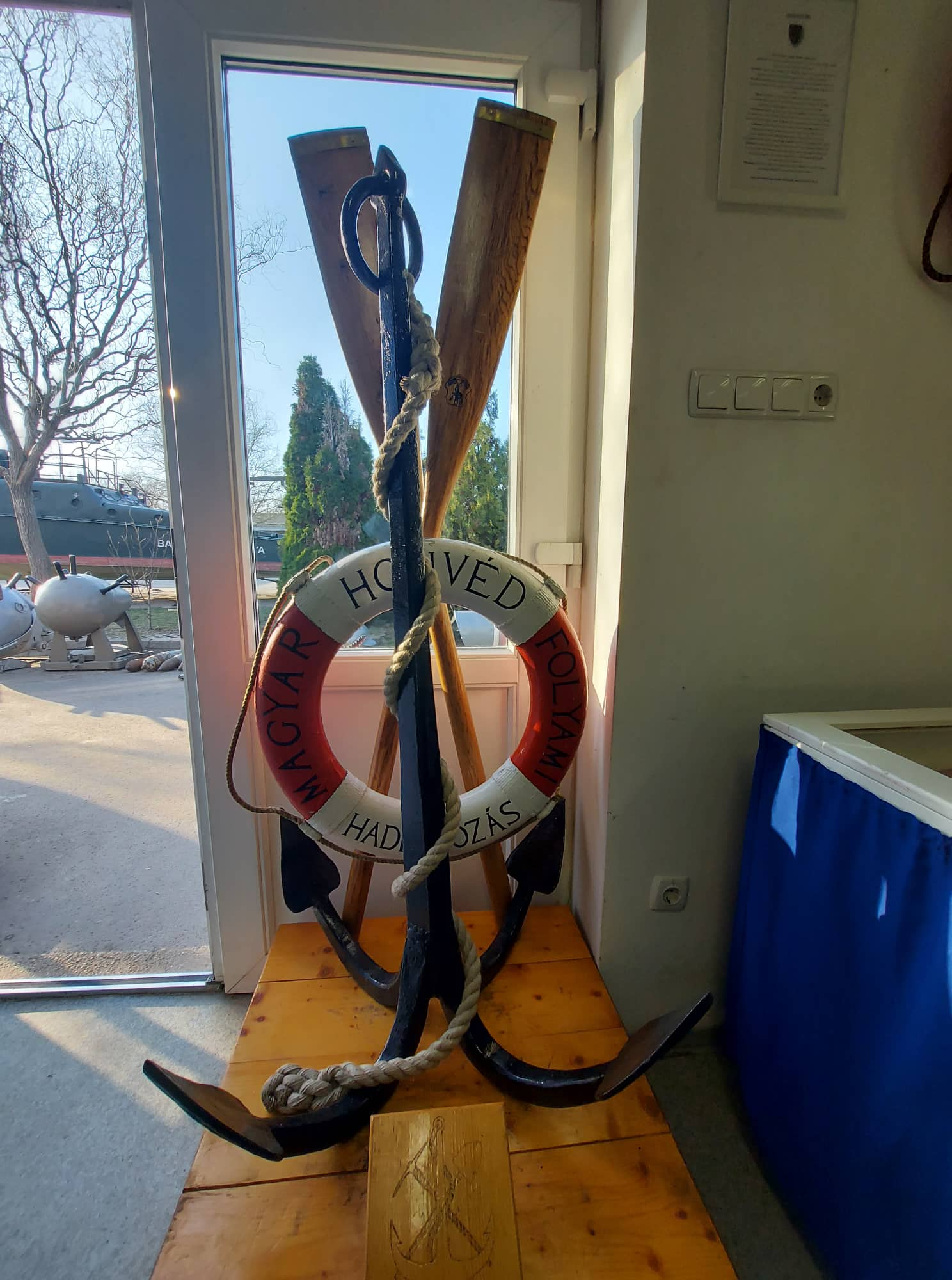
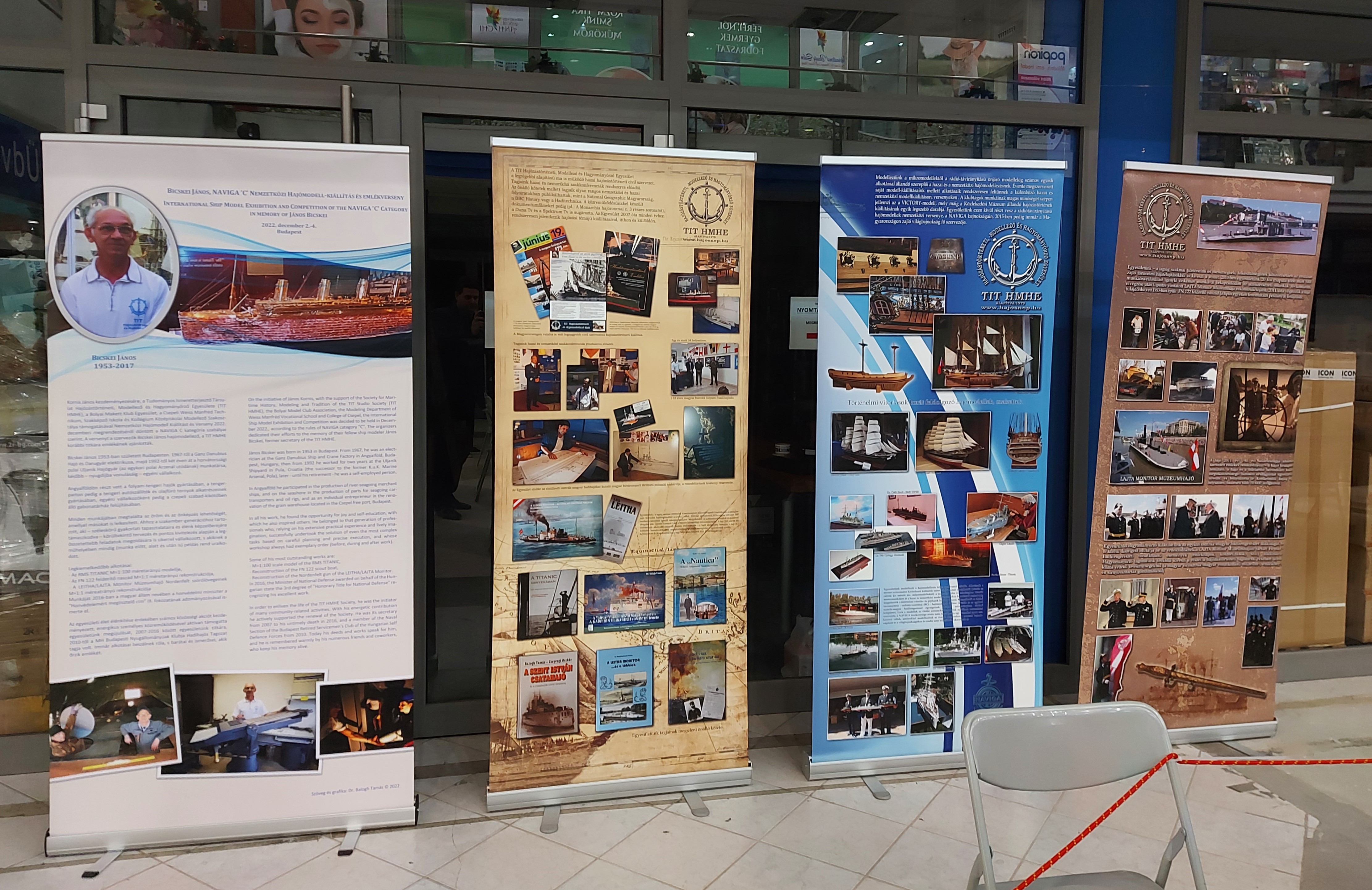
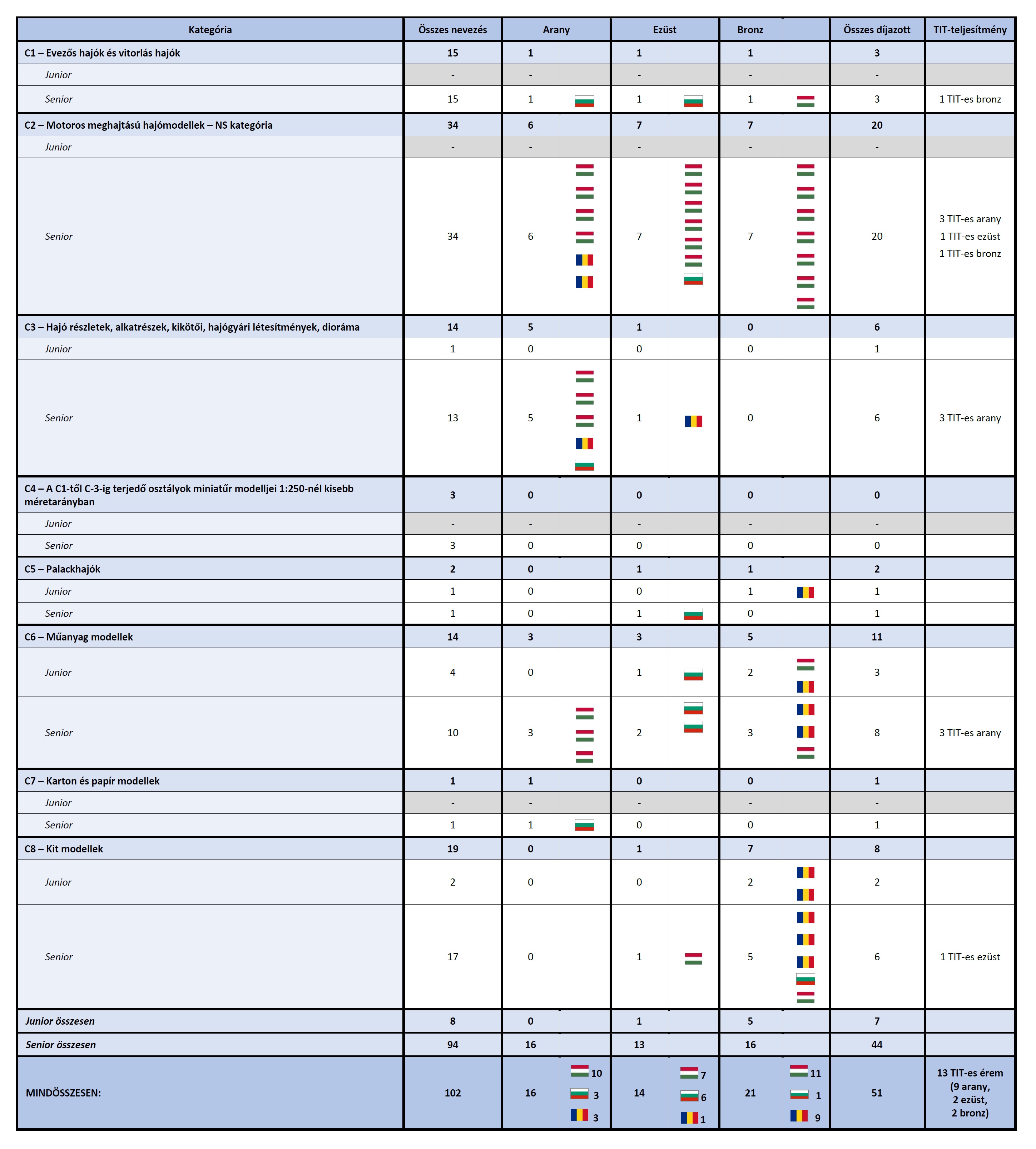
 1. ábra: A C1 kategória (evezős hajó, vitorlás hajó) I., II. és III. helyezettjei, a La JACINTHE goletta (a bolgár Narley Slavyan munkája), az H.M.S. ALERT szkúner (a bolgár Alekszandrov Dinko munkája) és a PREUSSEN (tagtársunk, a magyar Bechler József munkája).
1. ábra: A C1 kategória (evezős hajó, vitorlás hajó) I., II. és III. helyezettjei, a La JACINTHE goletta (a bolgár Narley Slavyan munkája), az H.M.S. ALERT szkúner (a bolgár Alekszandrov Dinko munkája) és a PREUSSEN (tagtársunk, a magyar Bechler József munkája).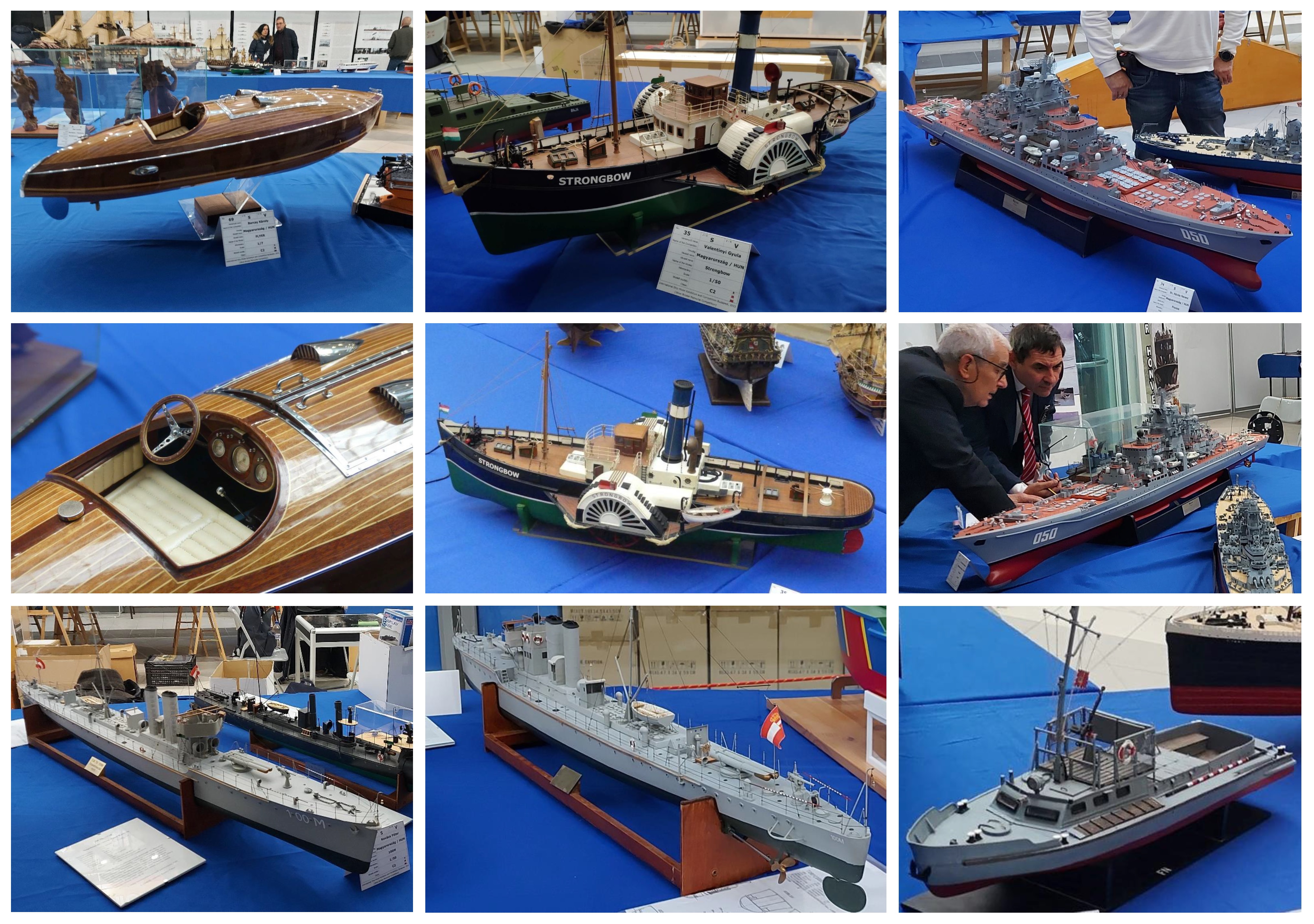
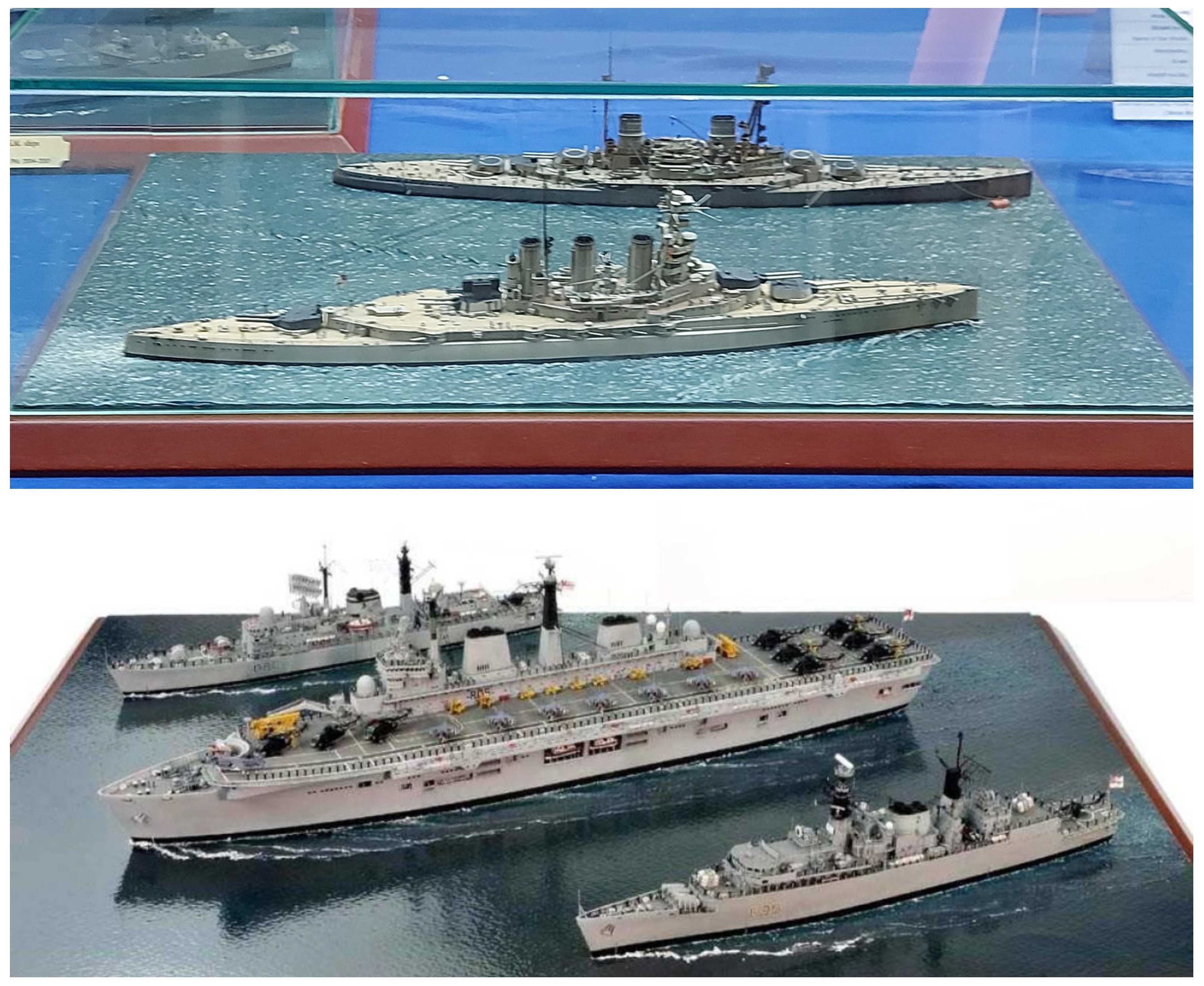
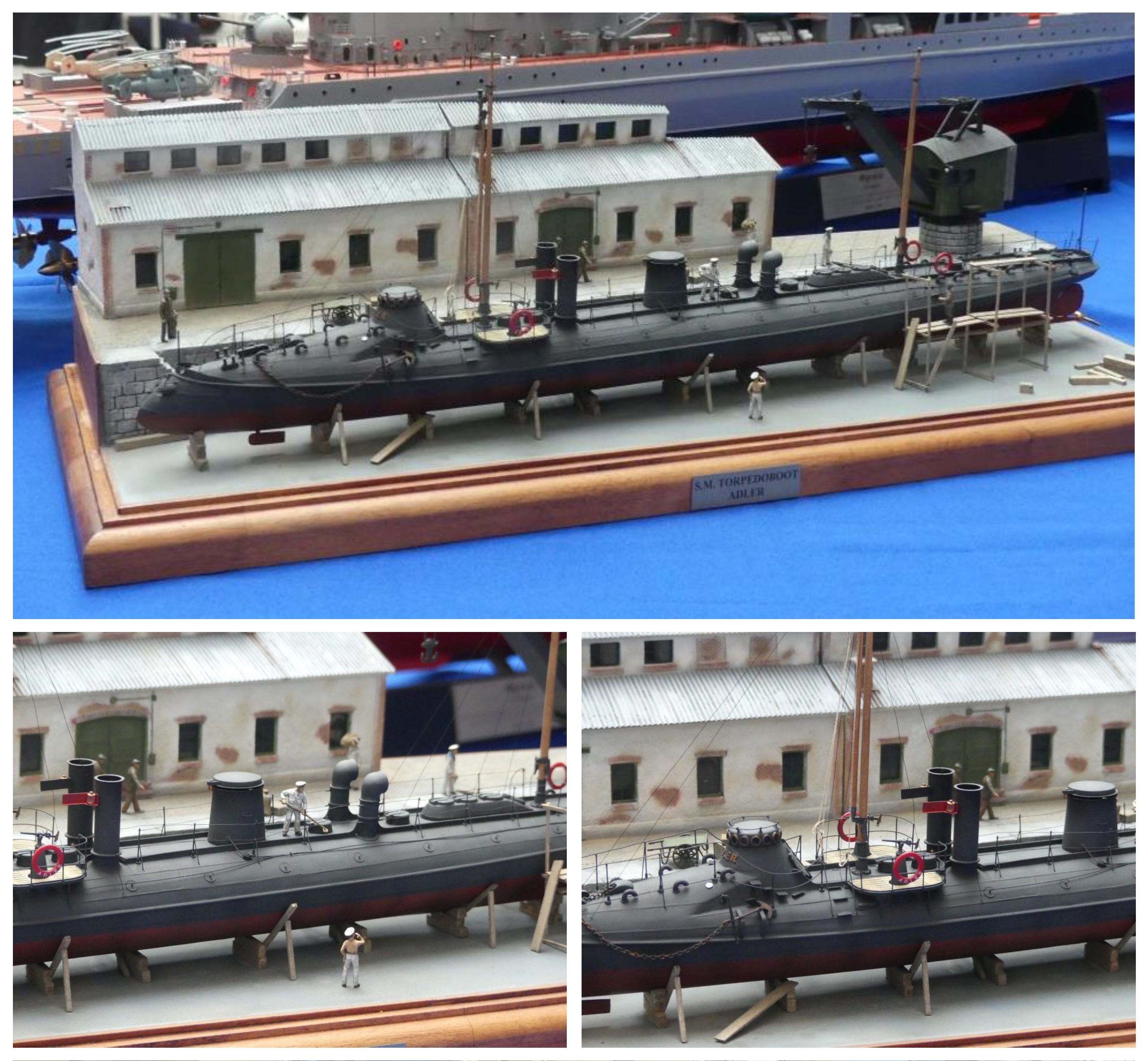
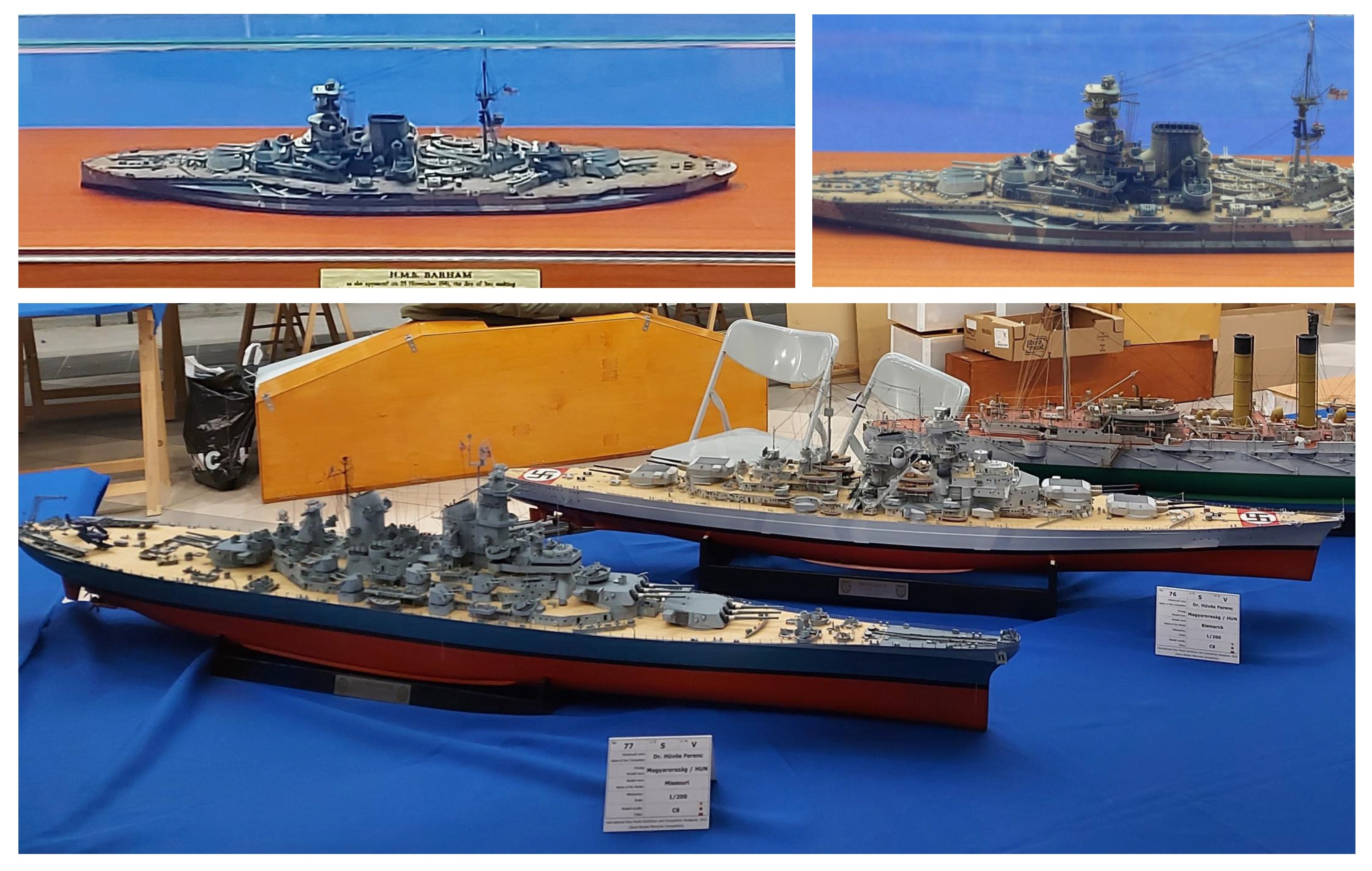
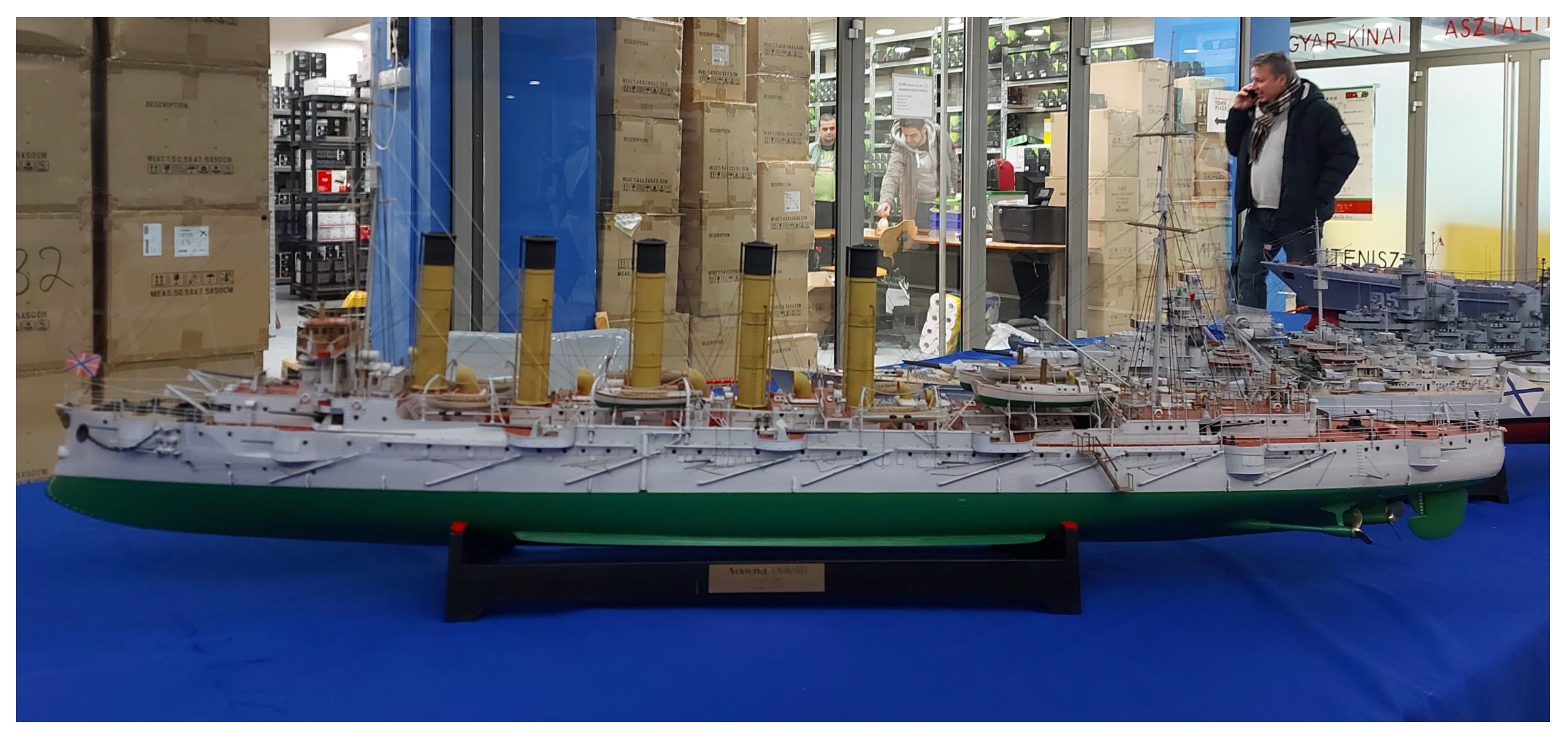



















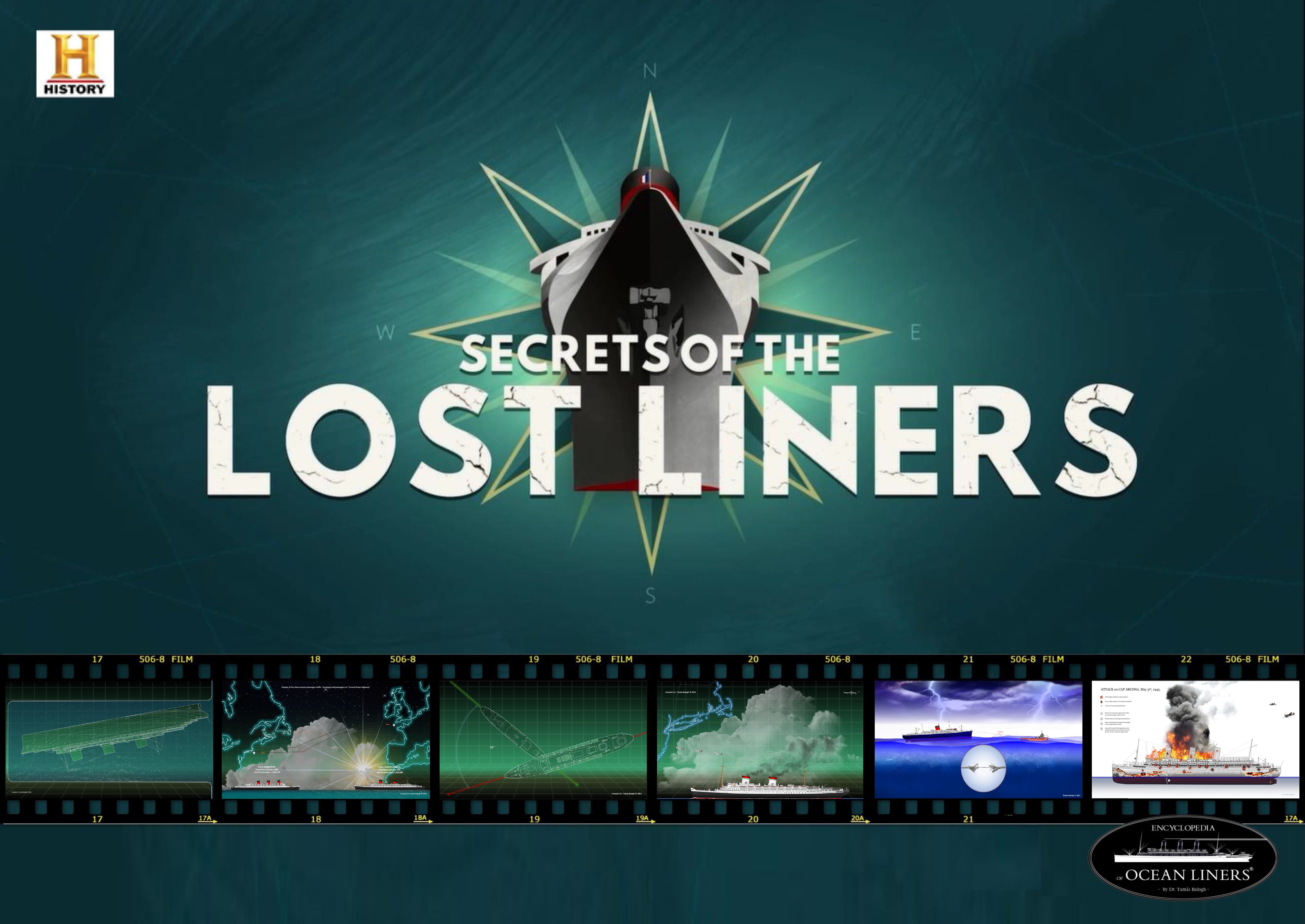
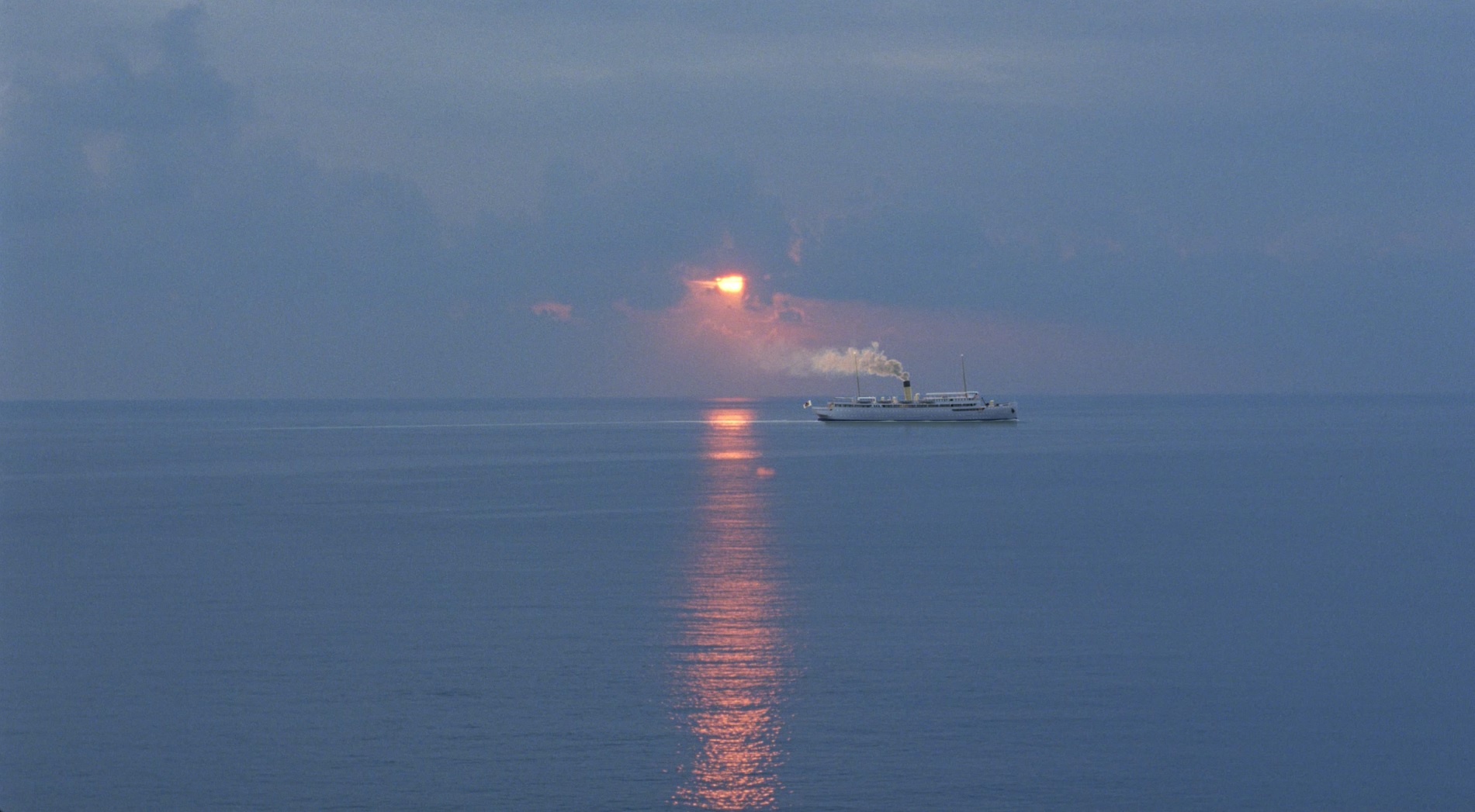
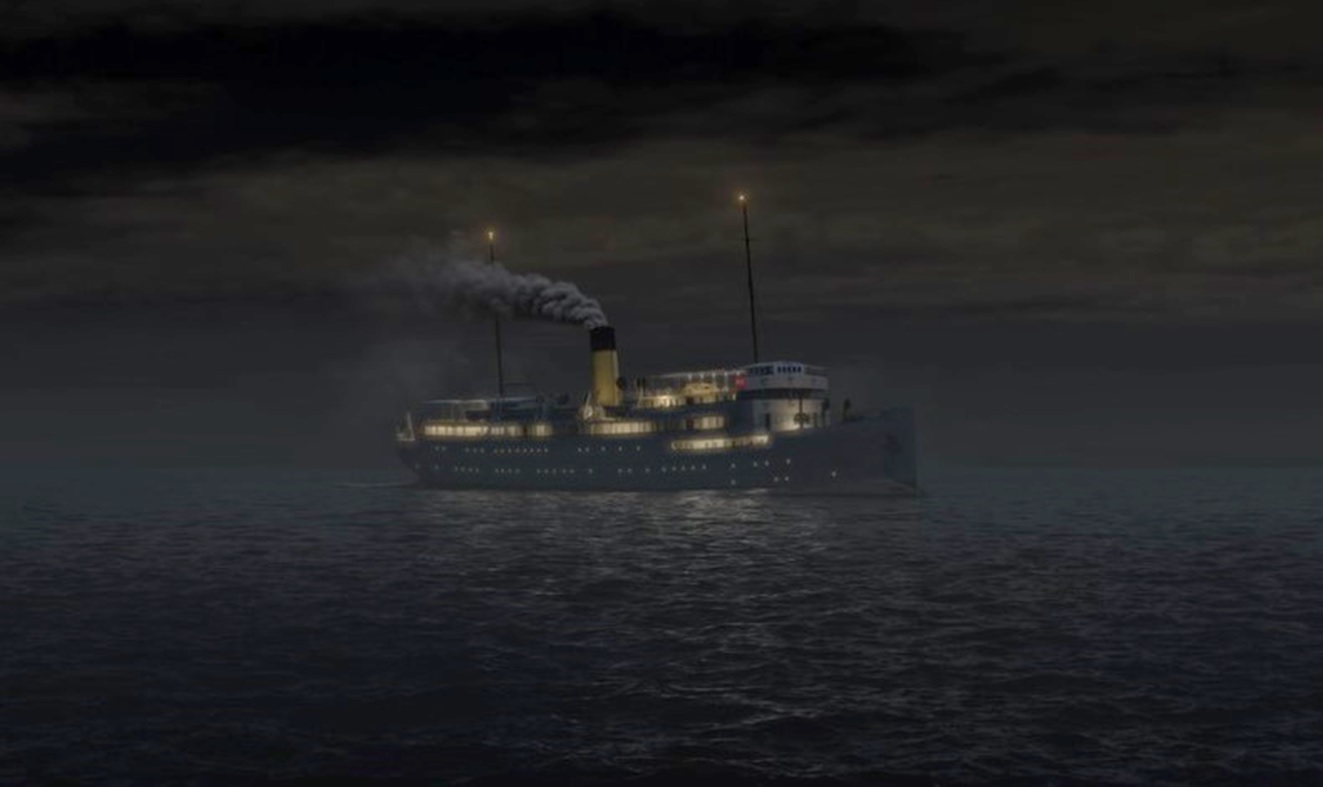
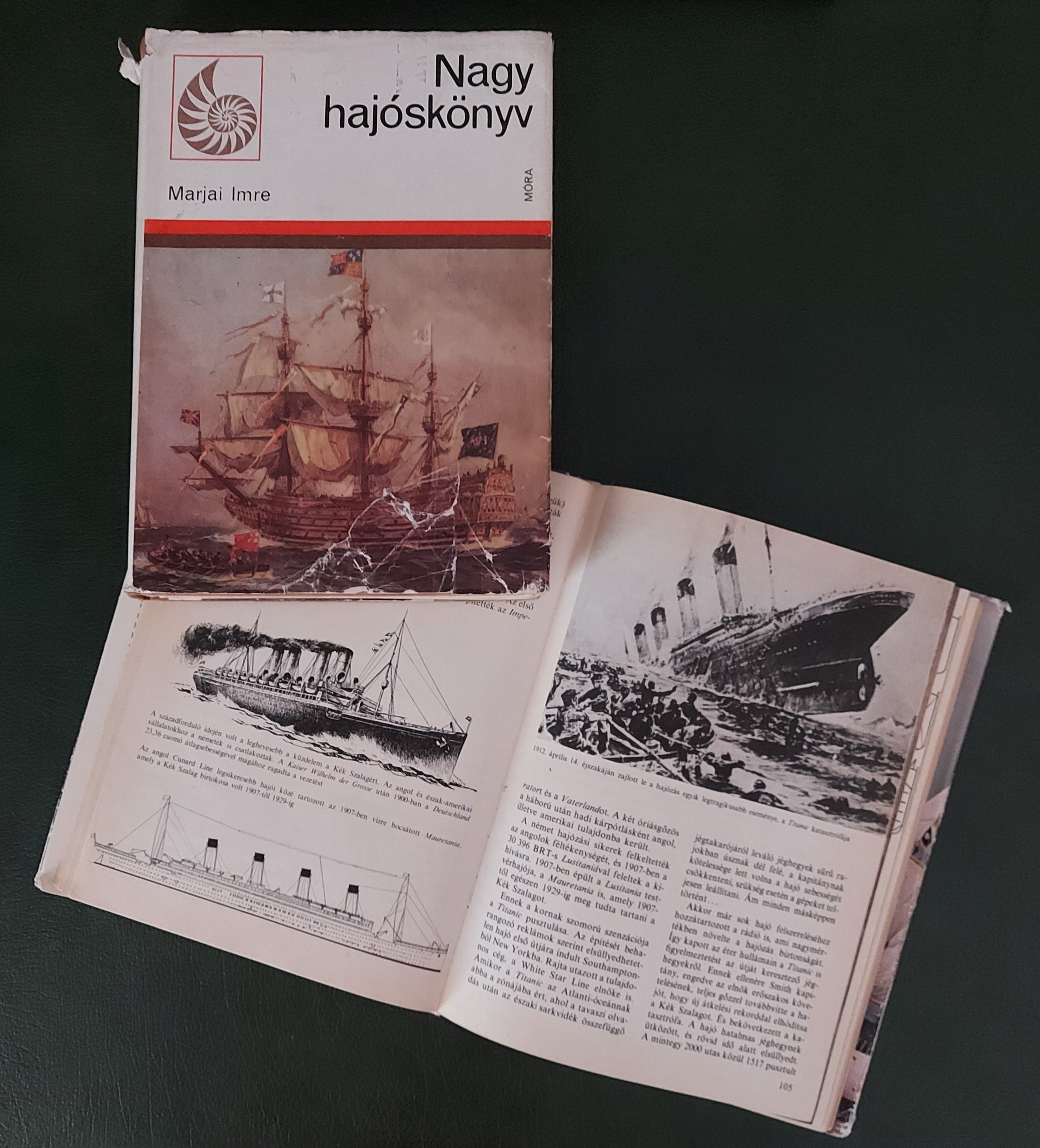

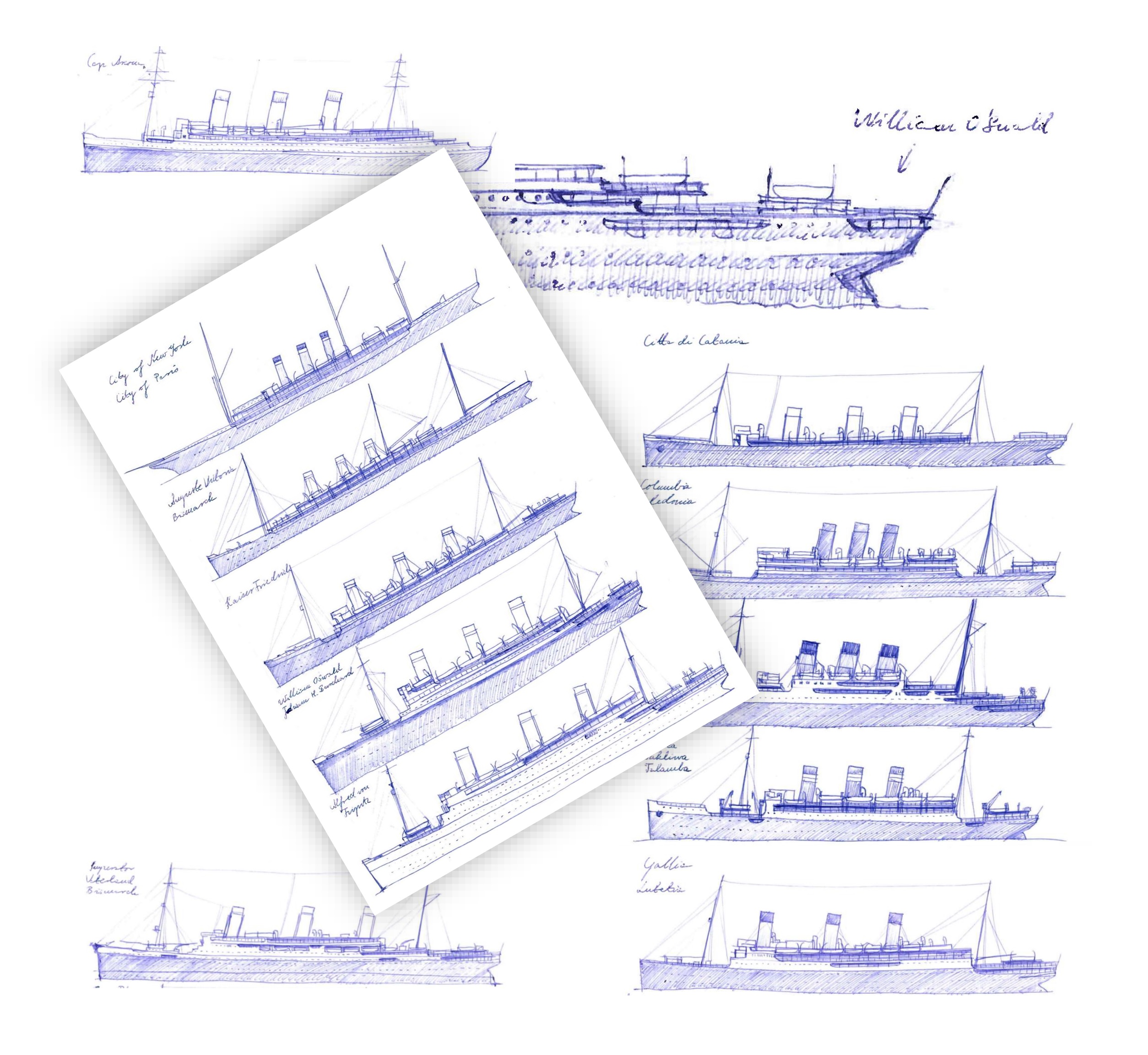

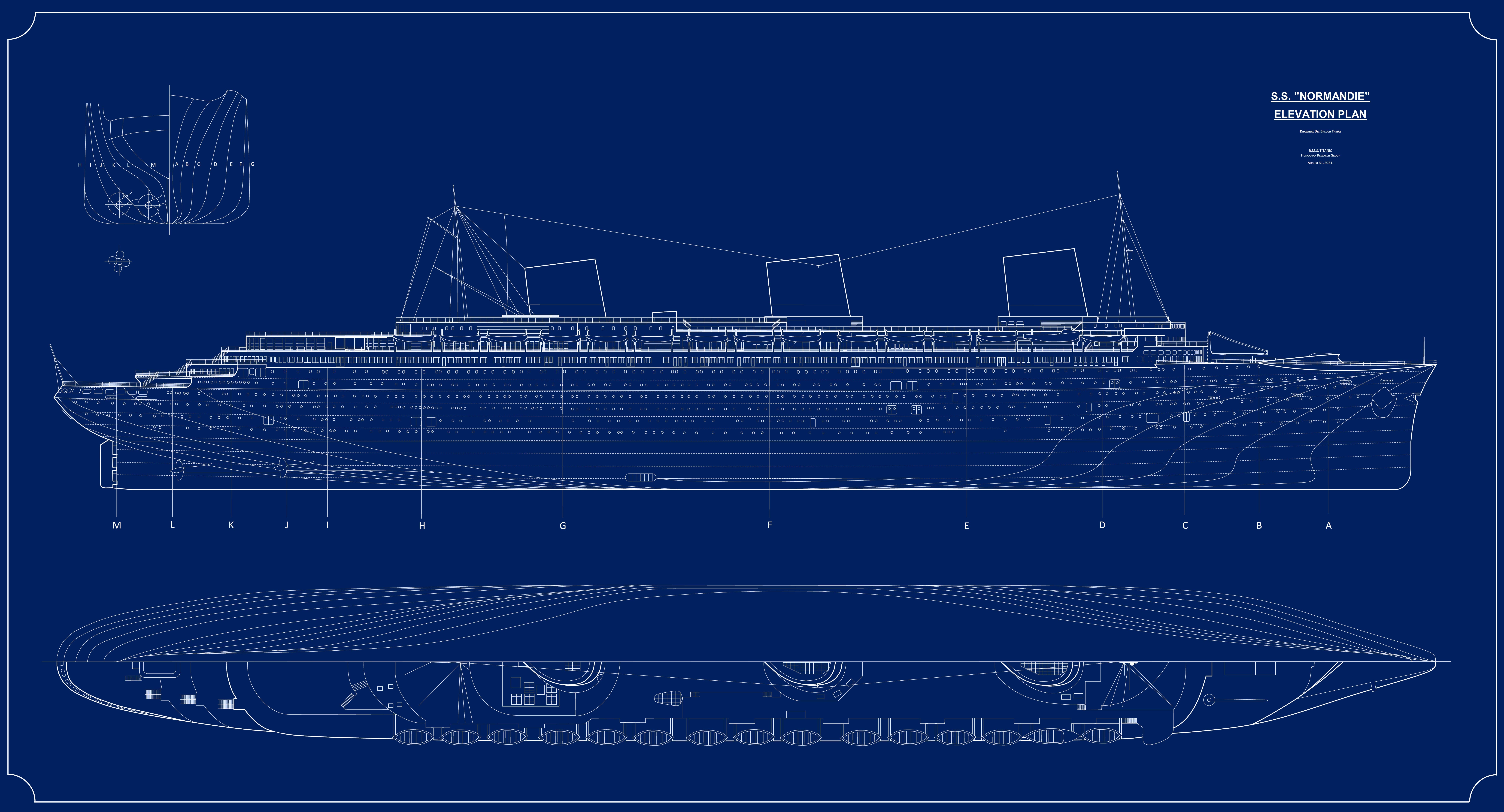


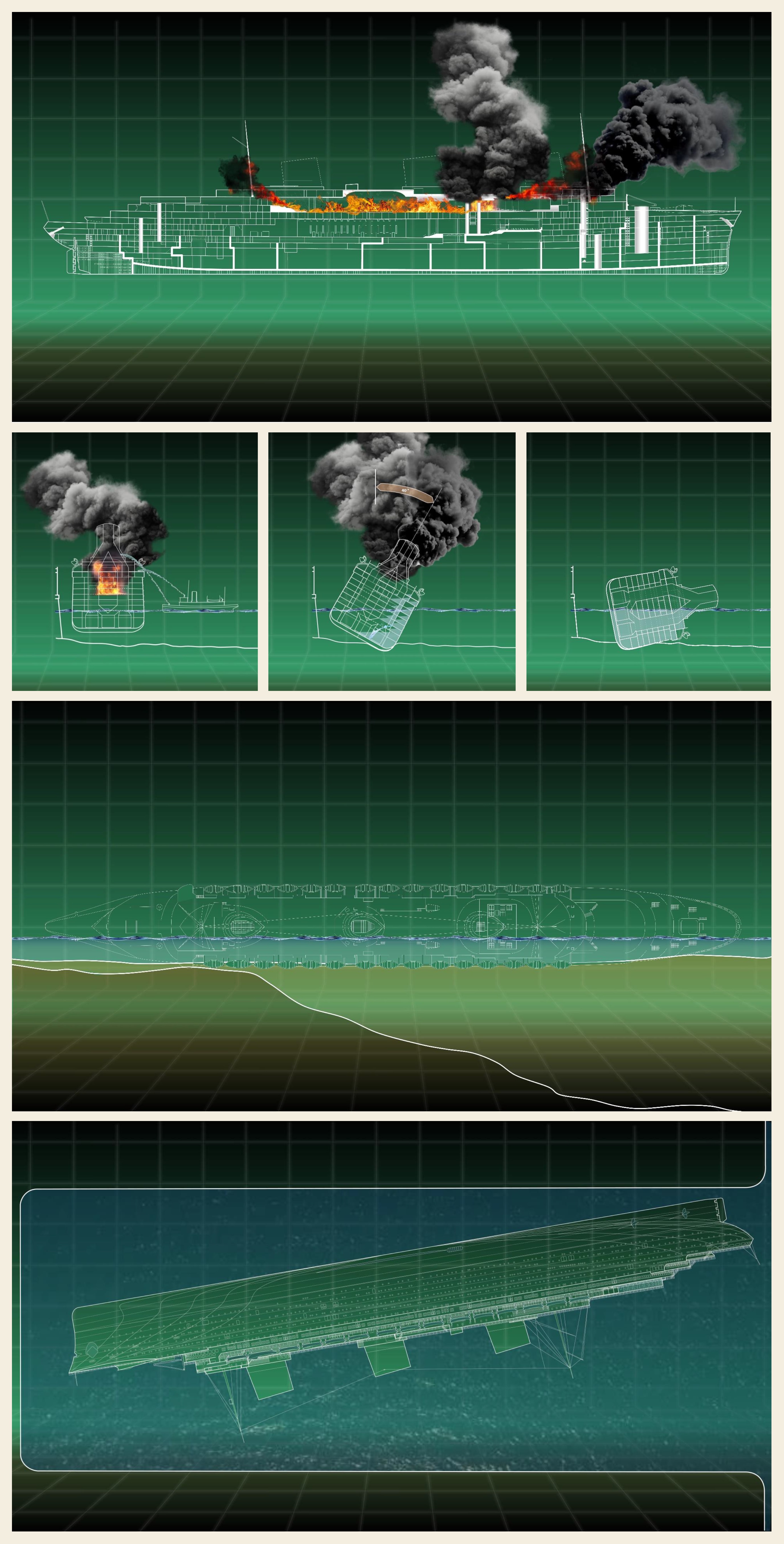
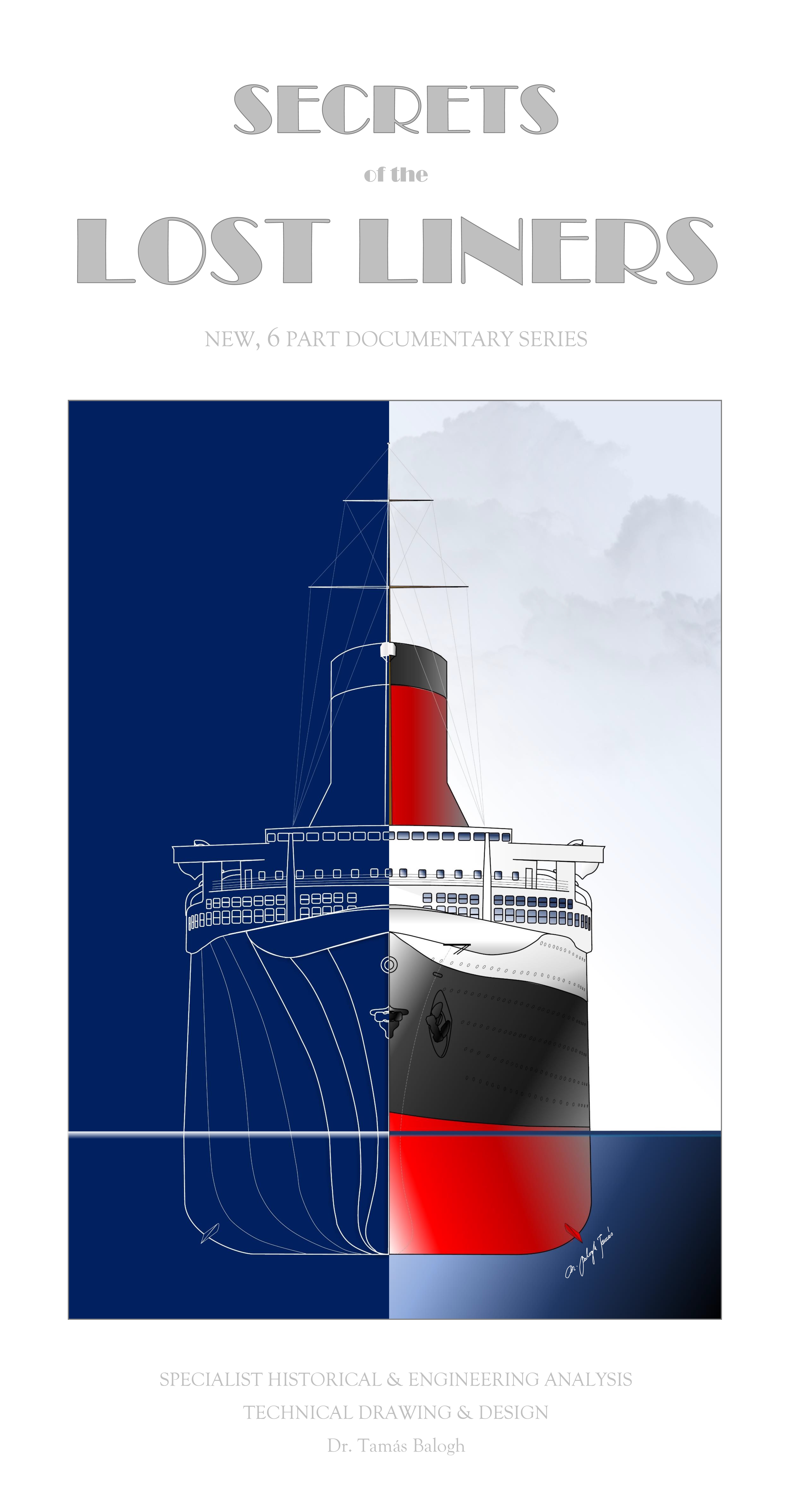
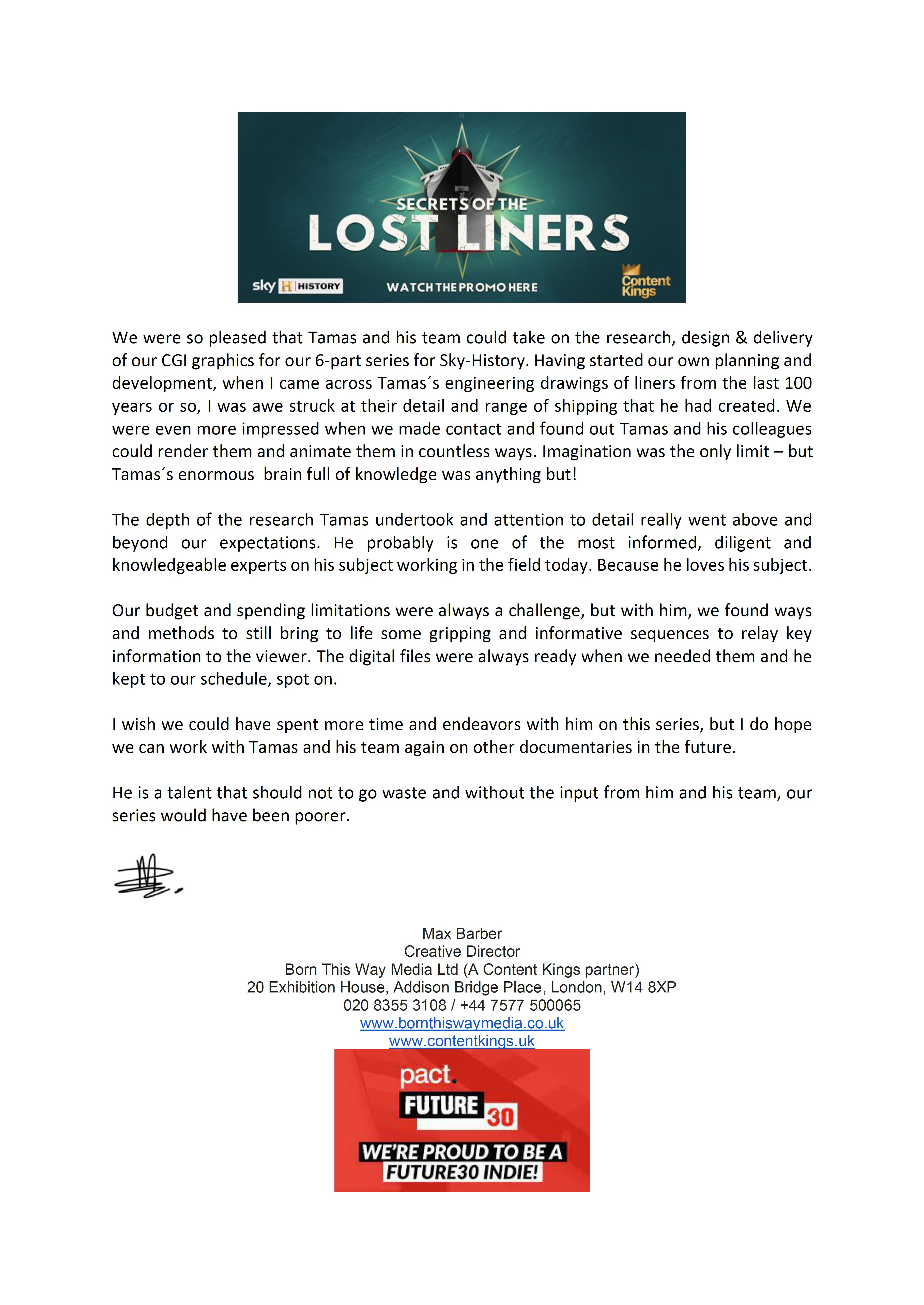
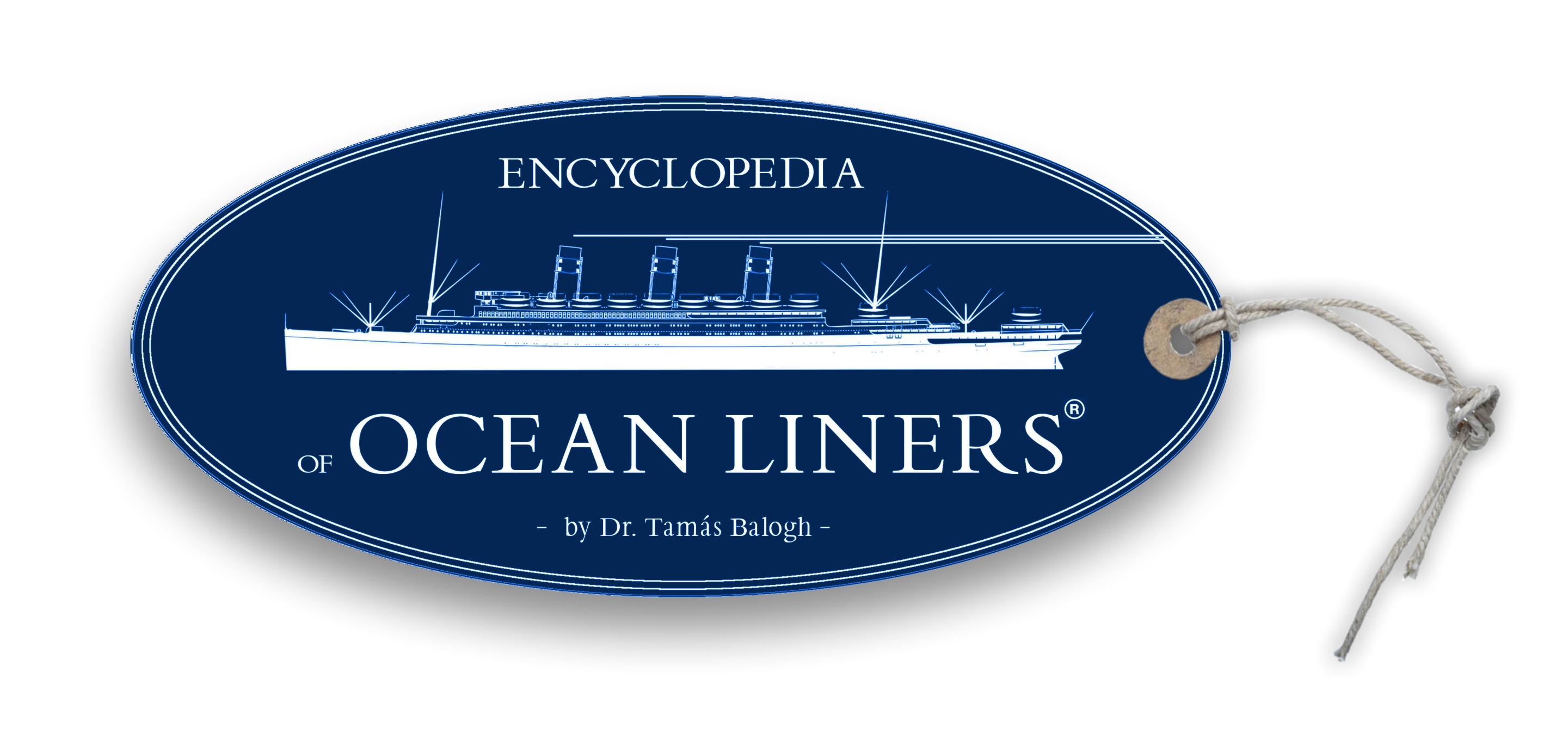
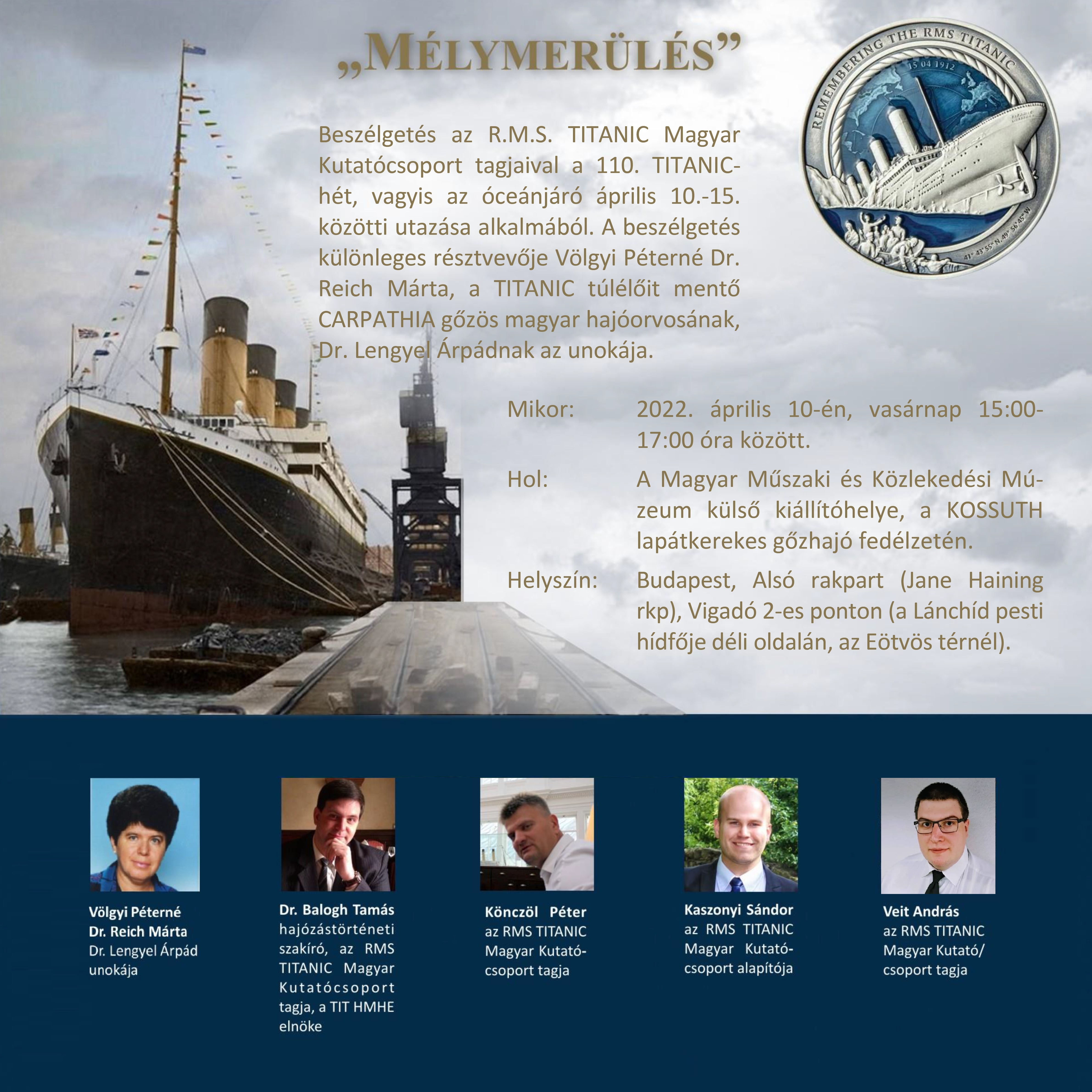
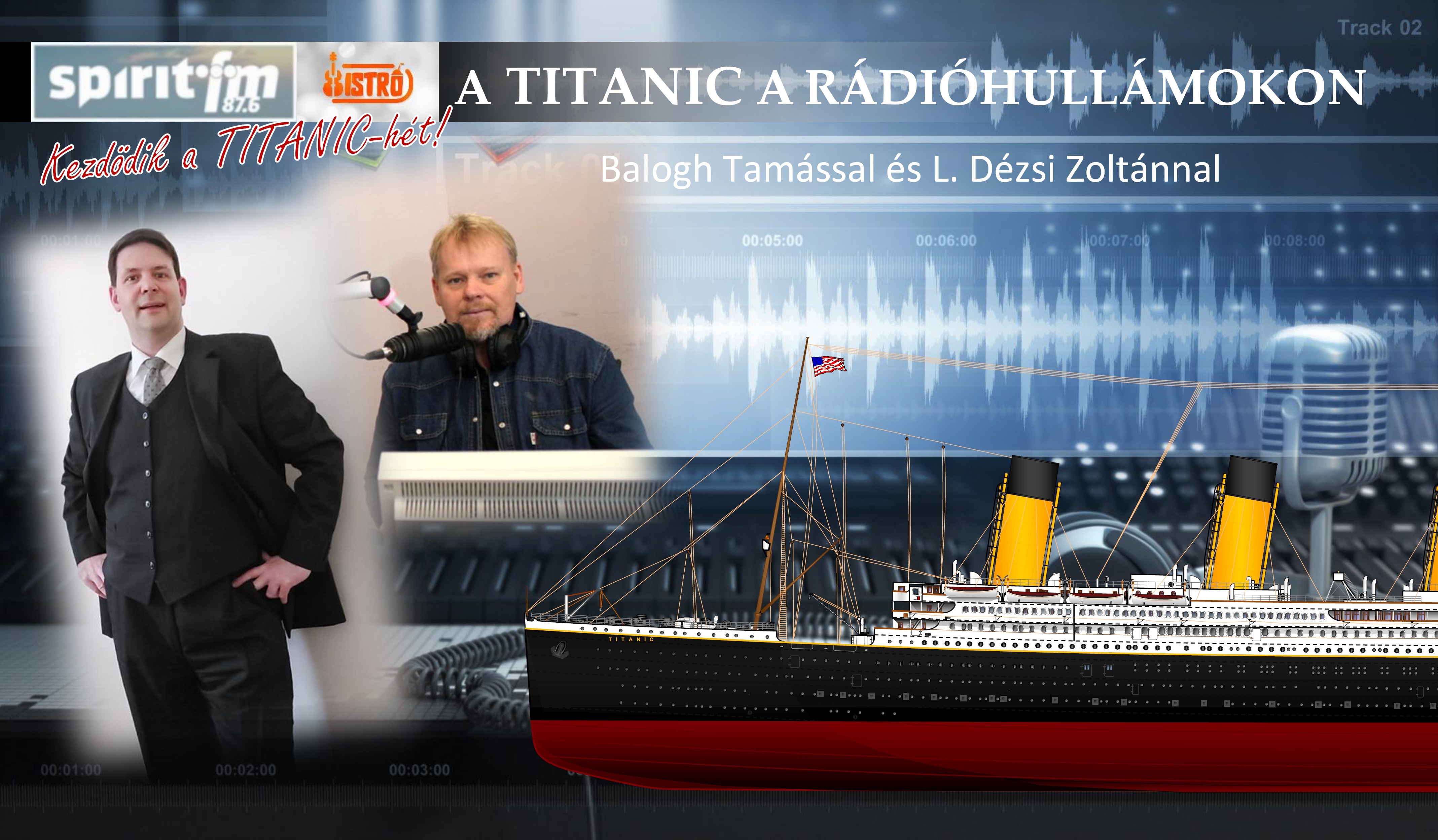
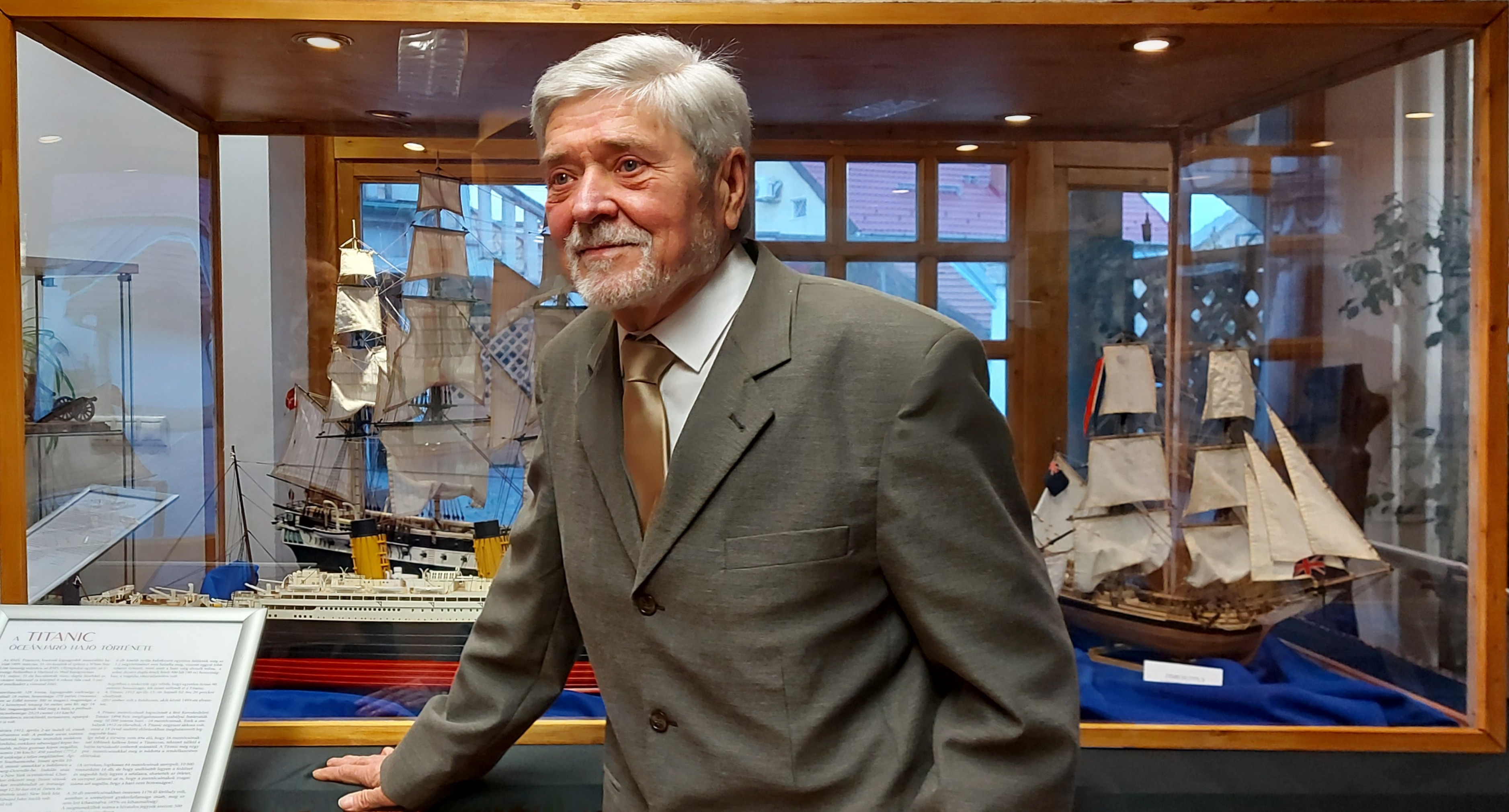
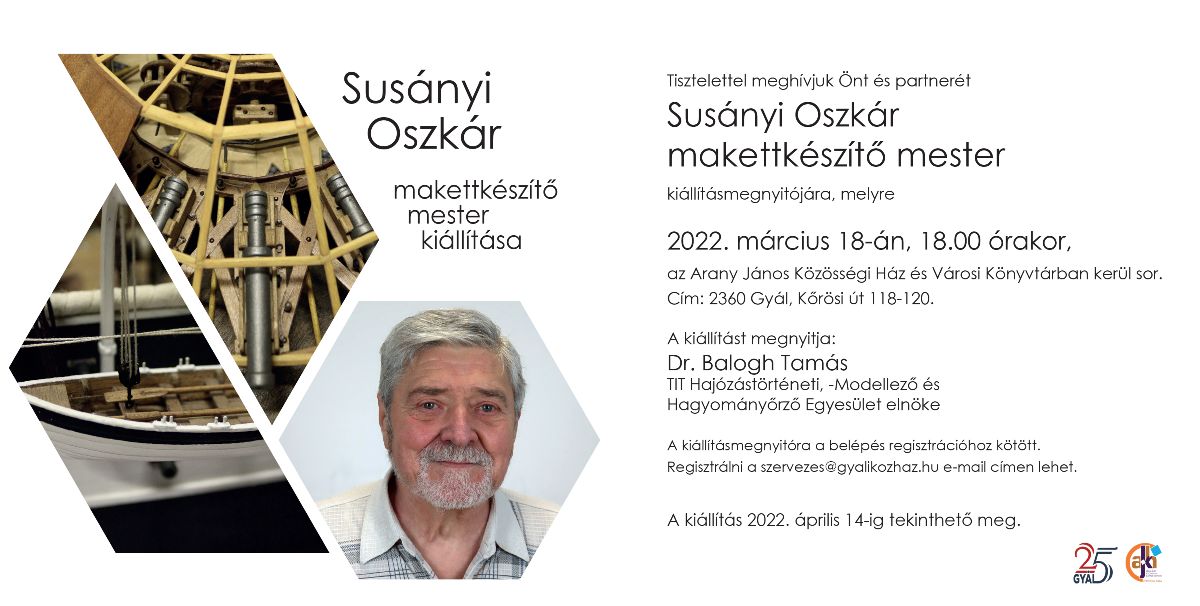
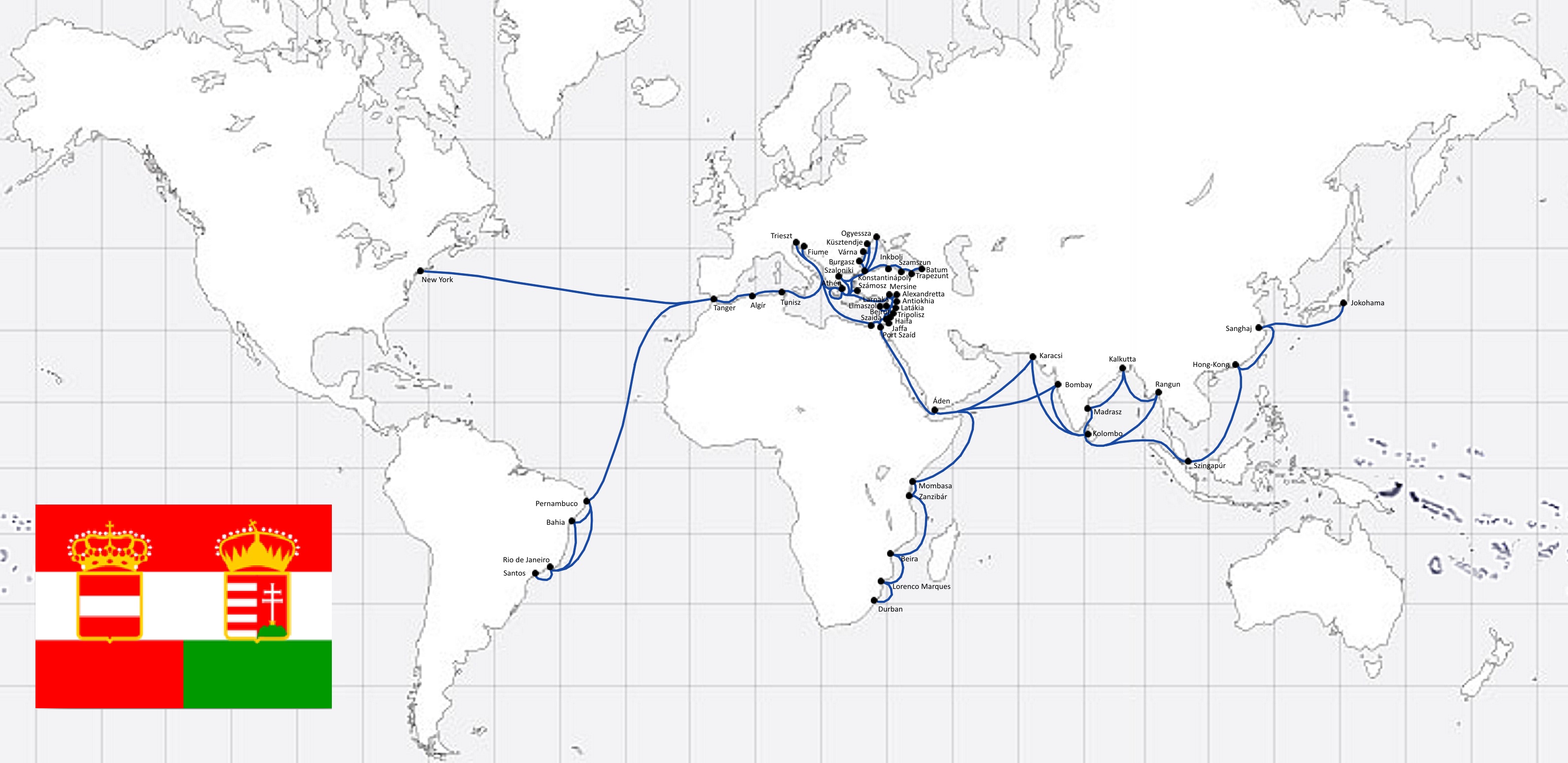
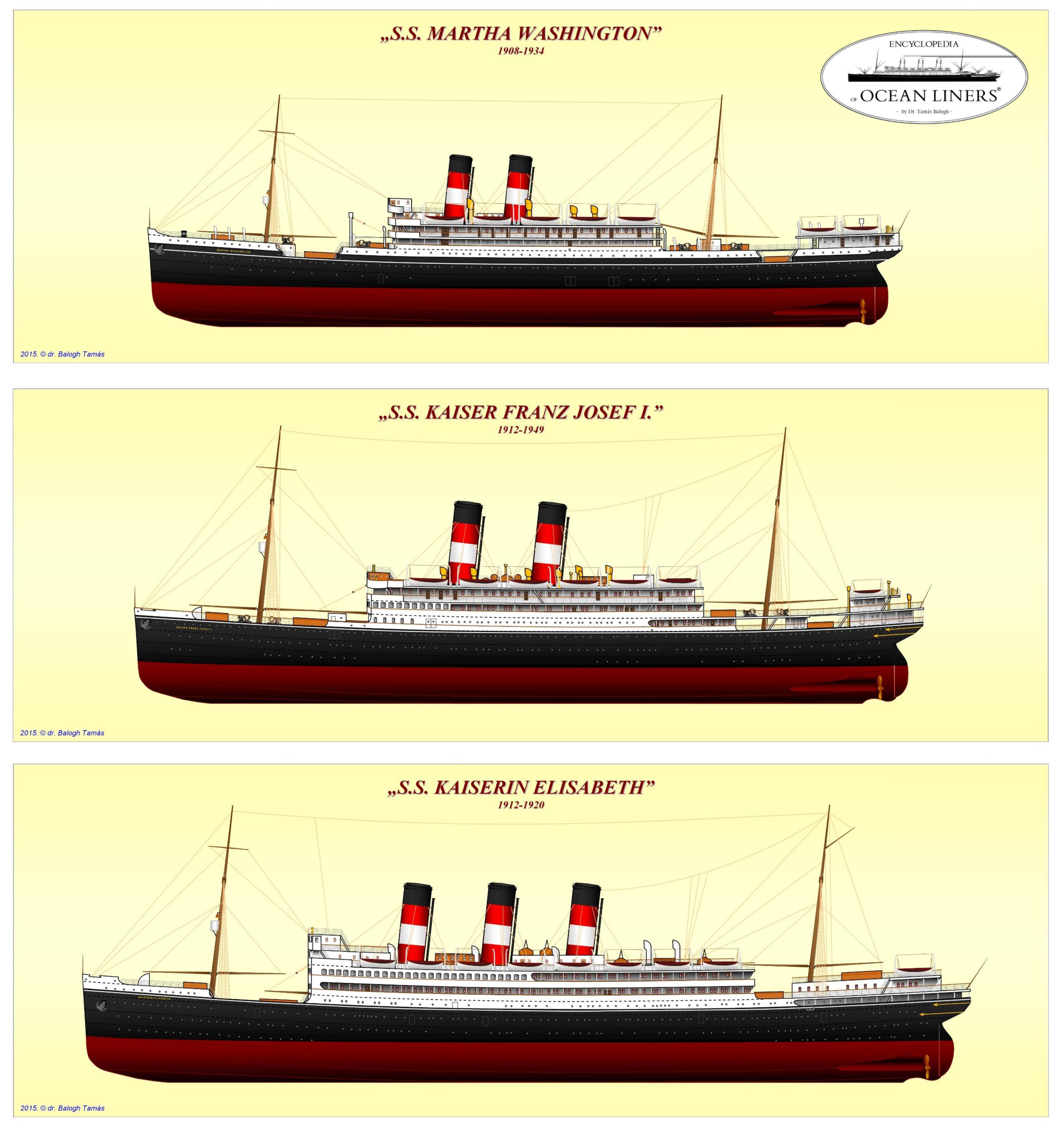
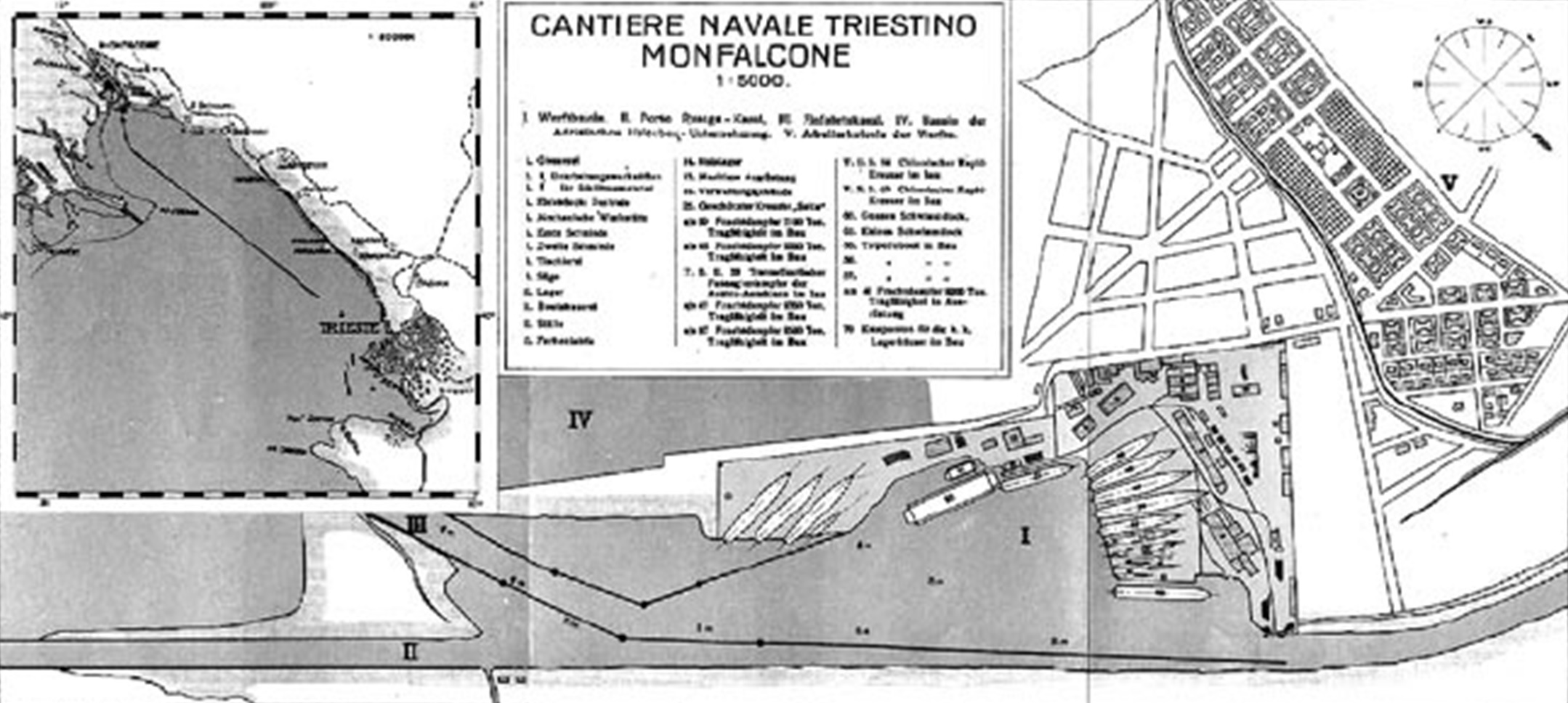
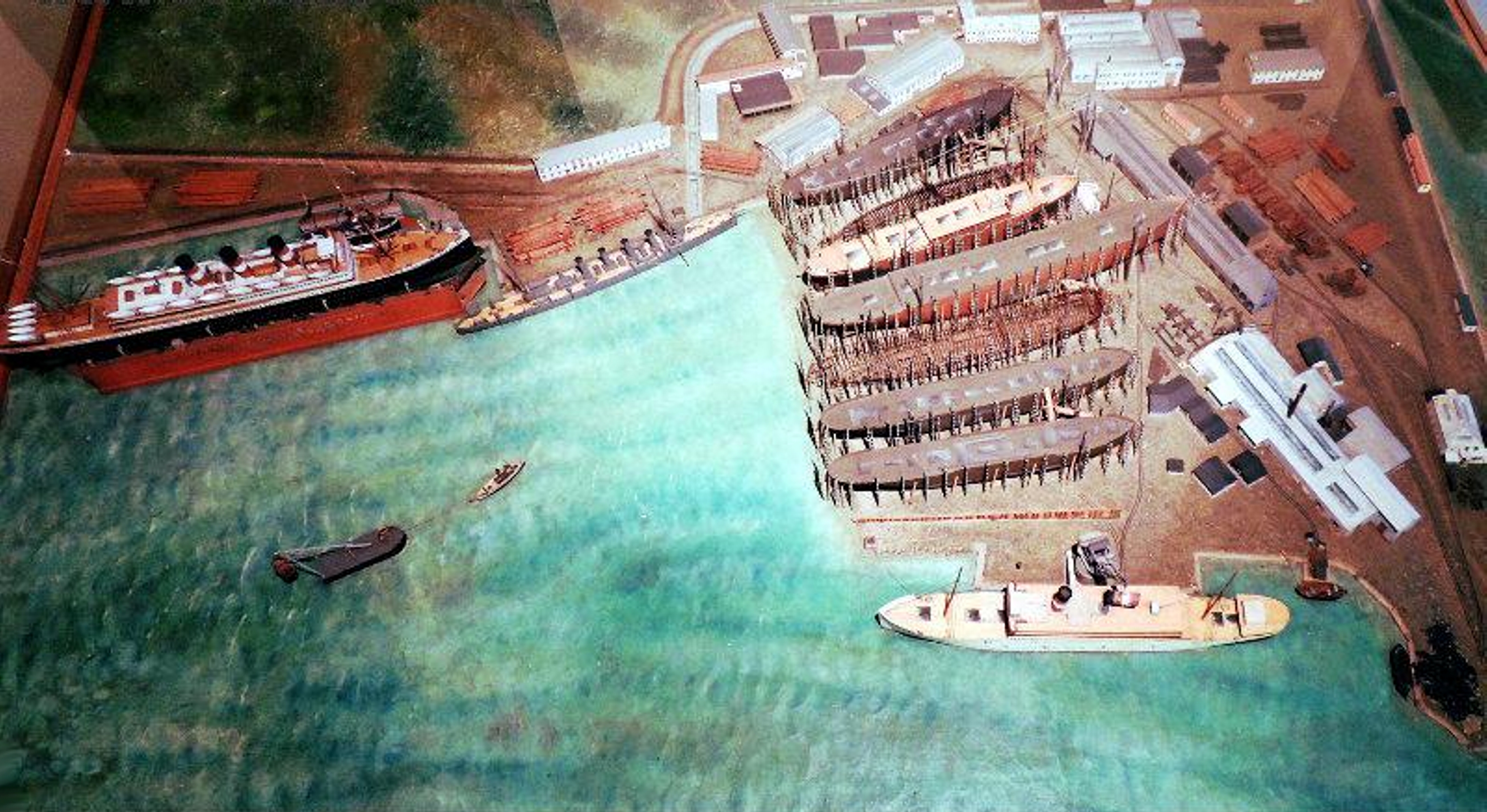
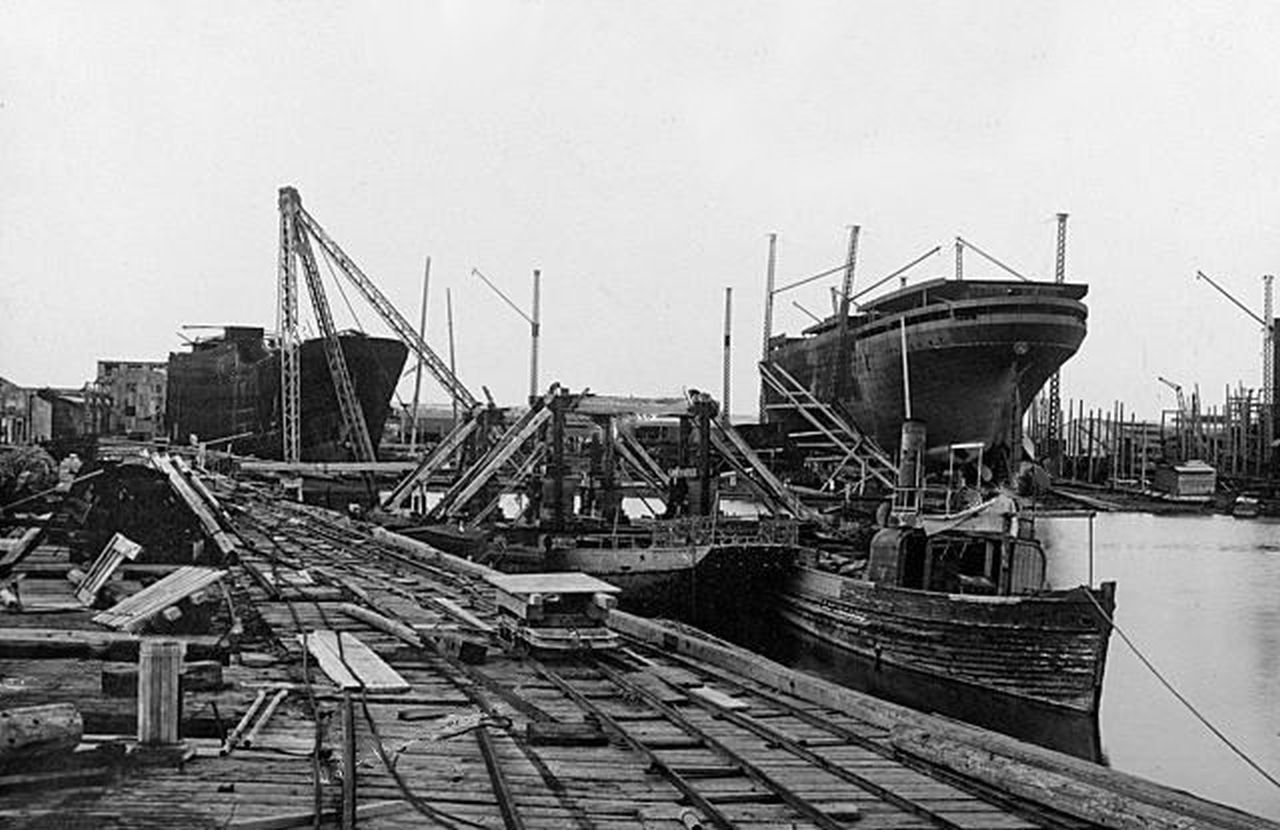
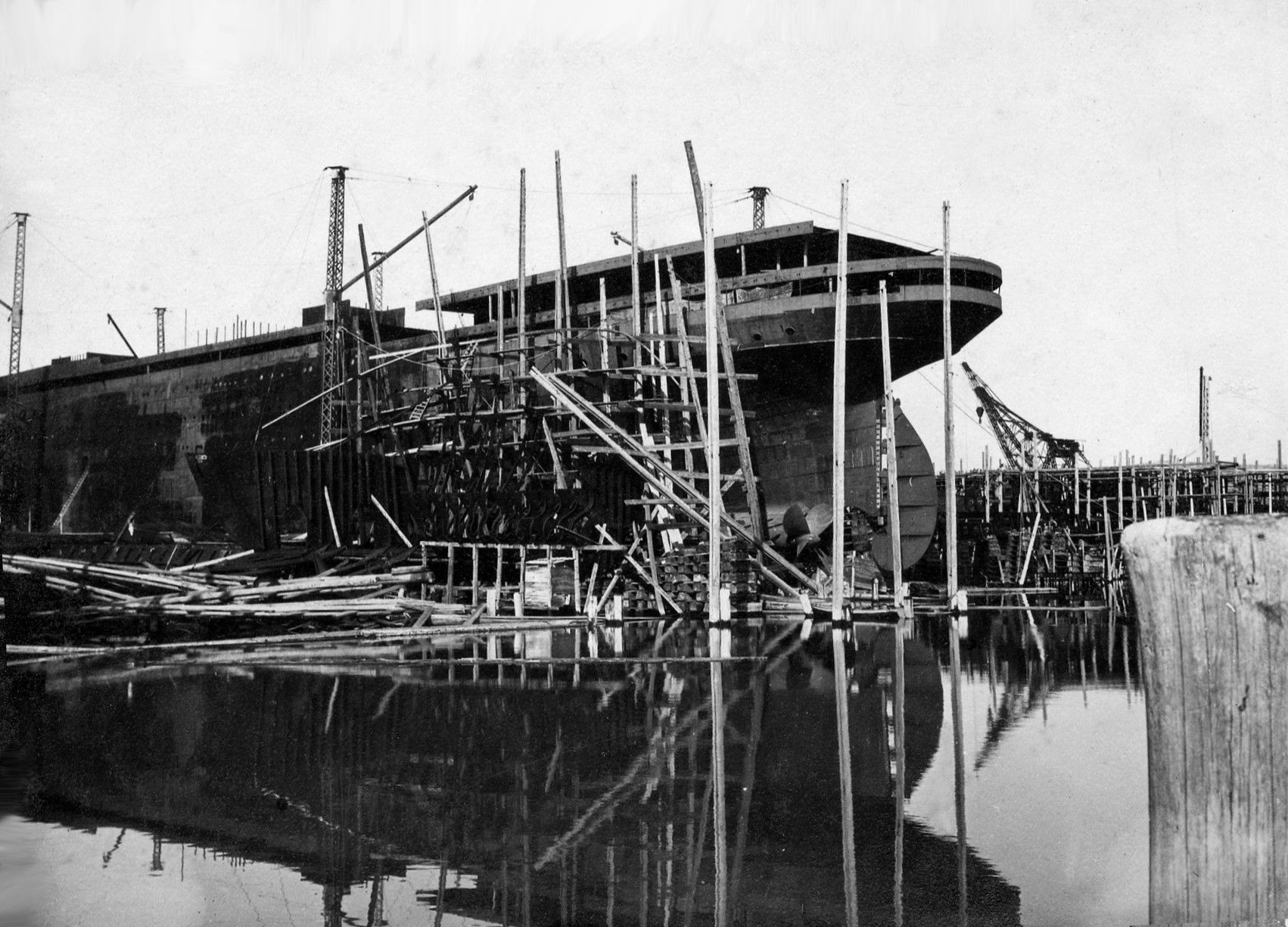
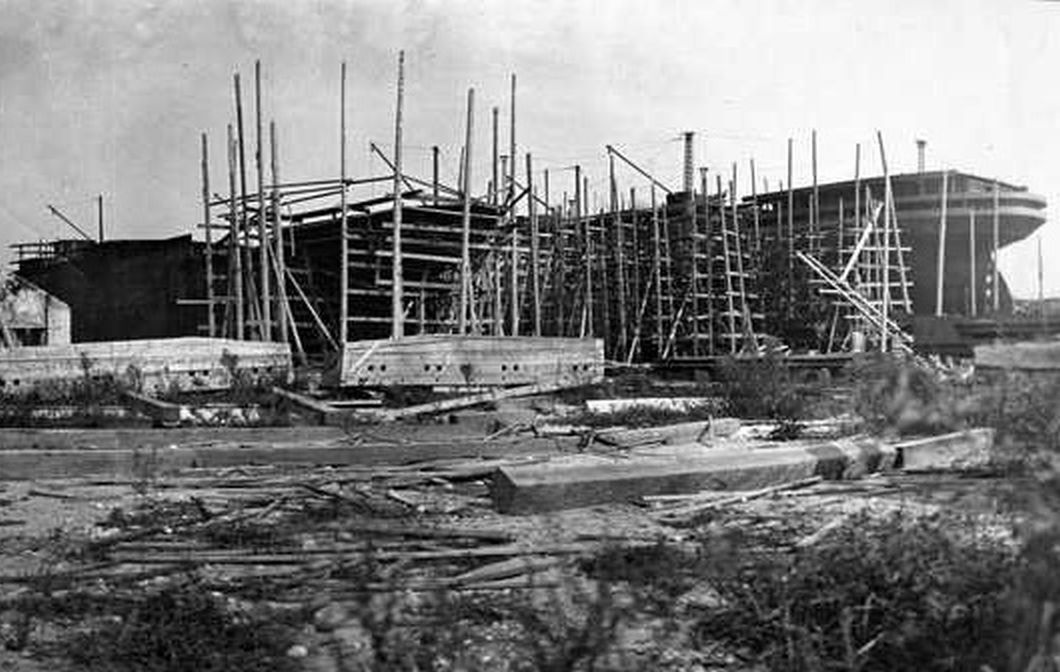

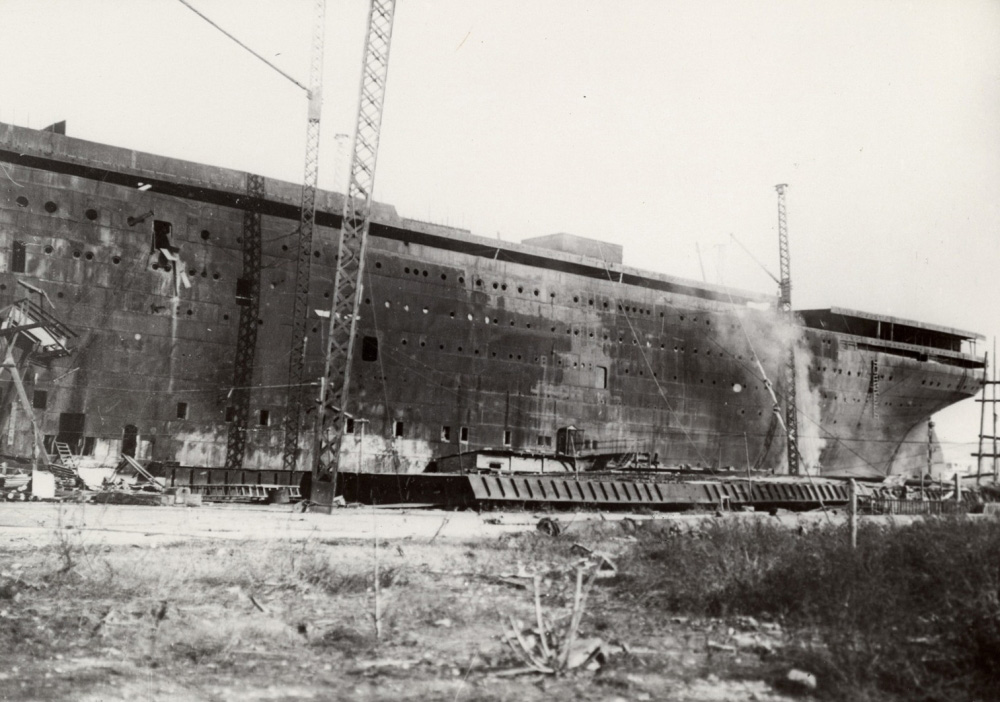


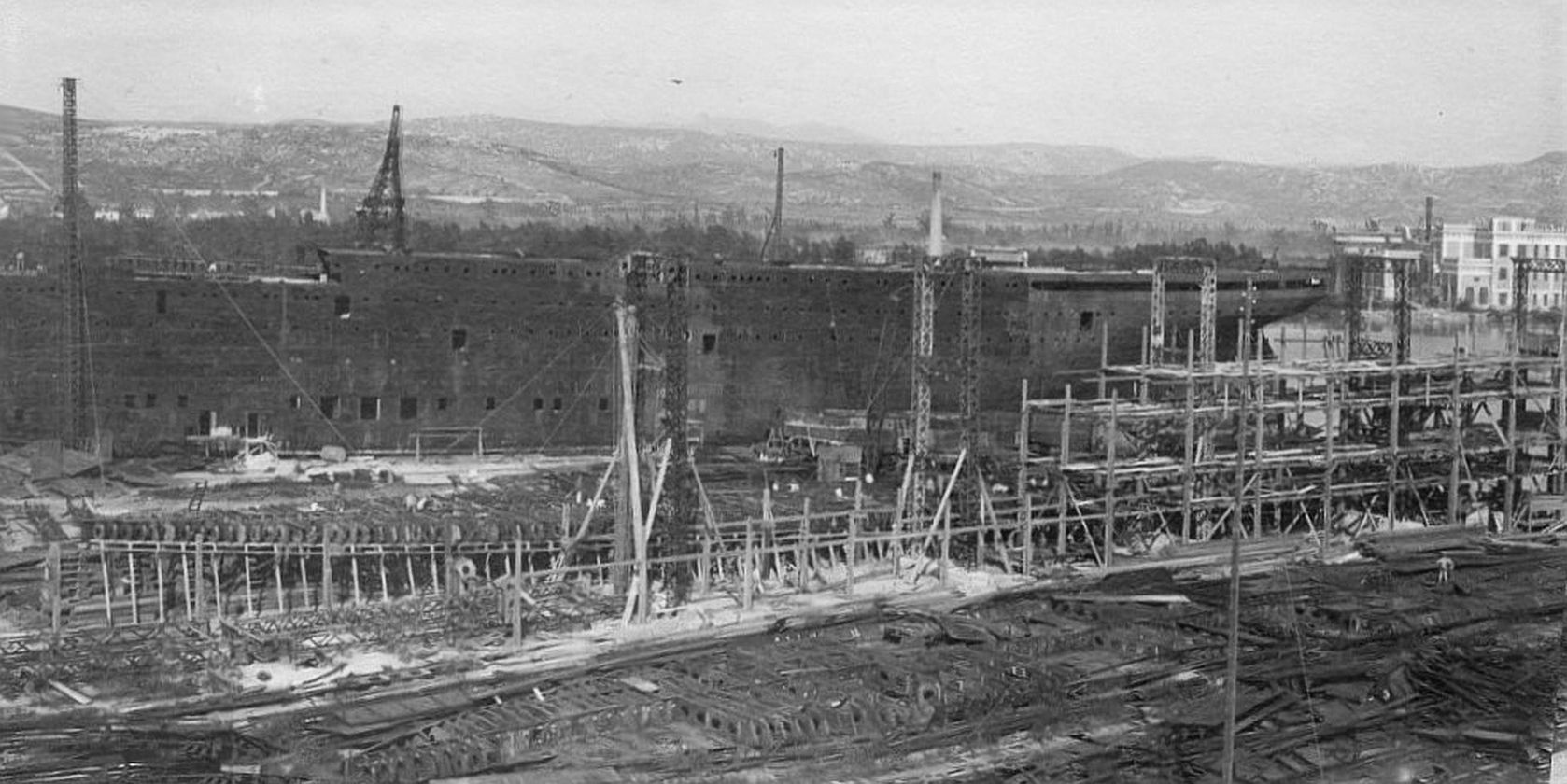
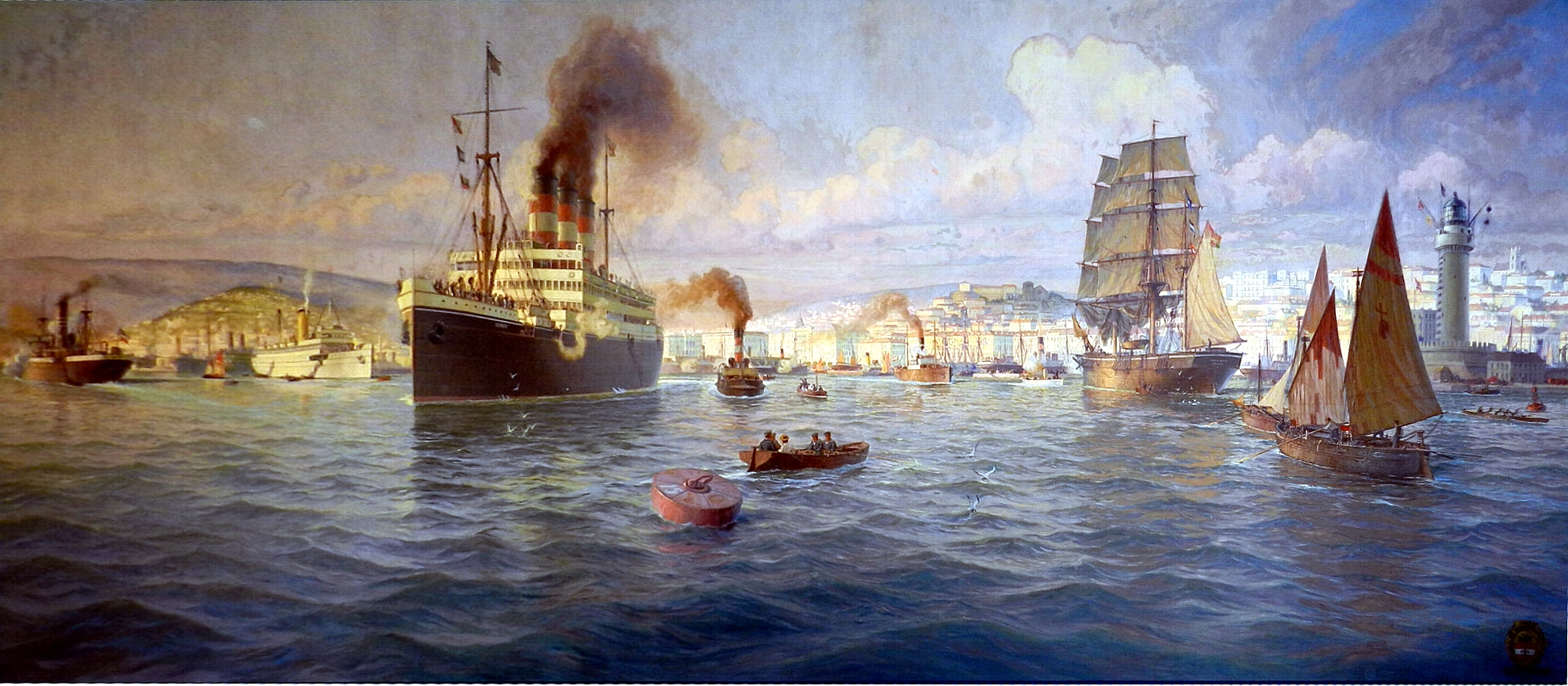
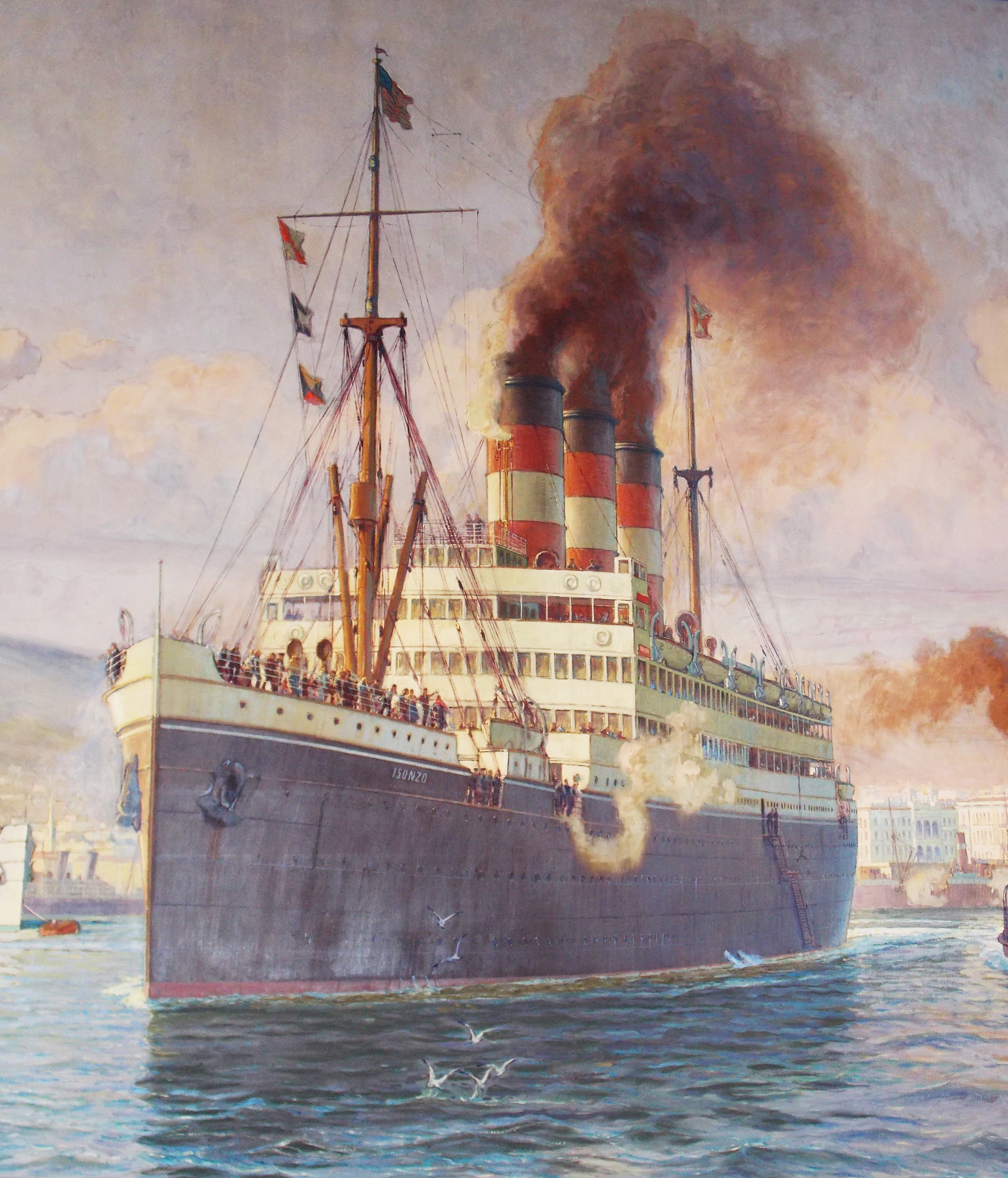
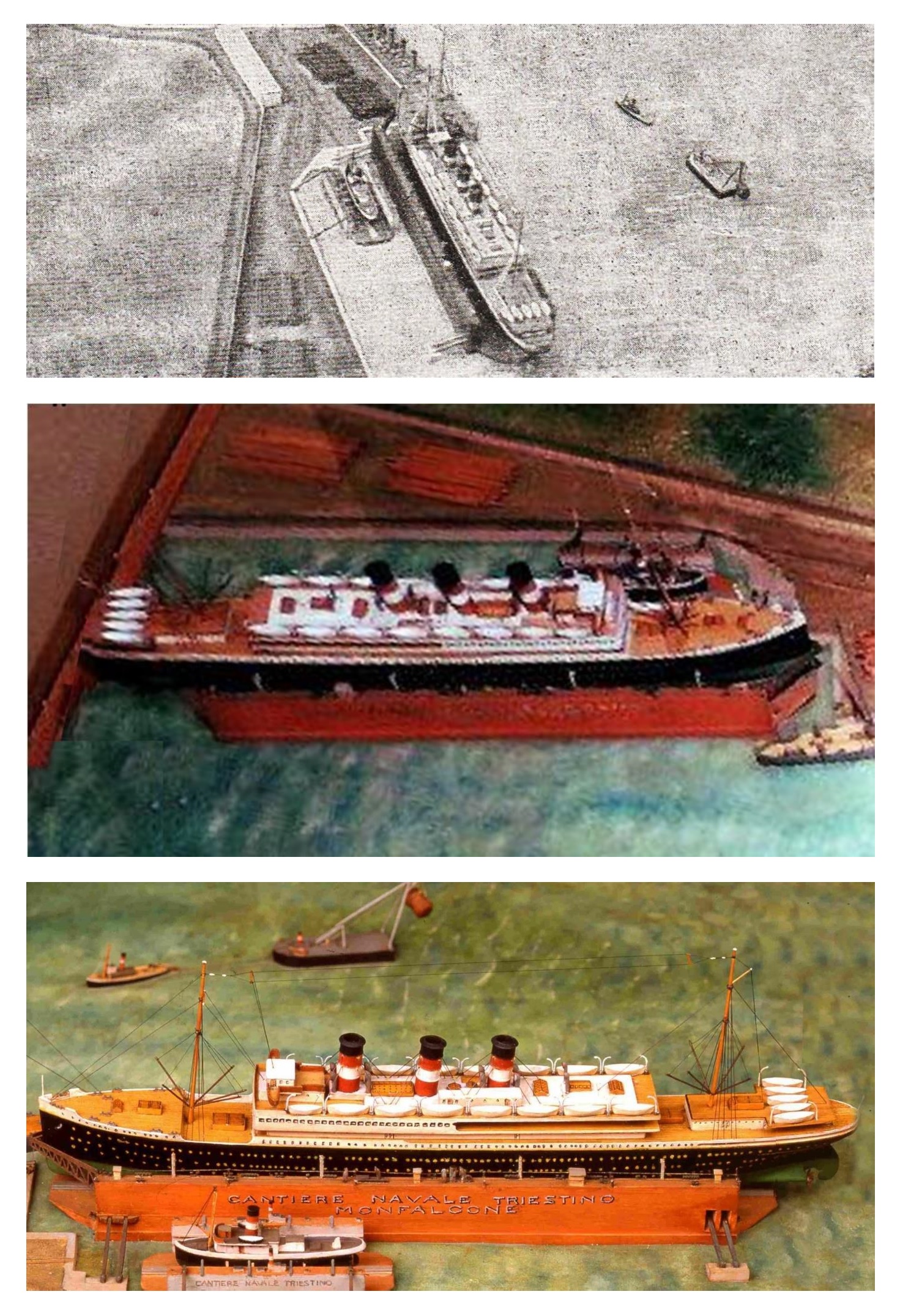


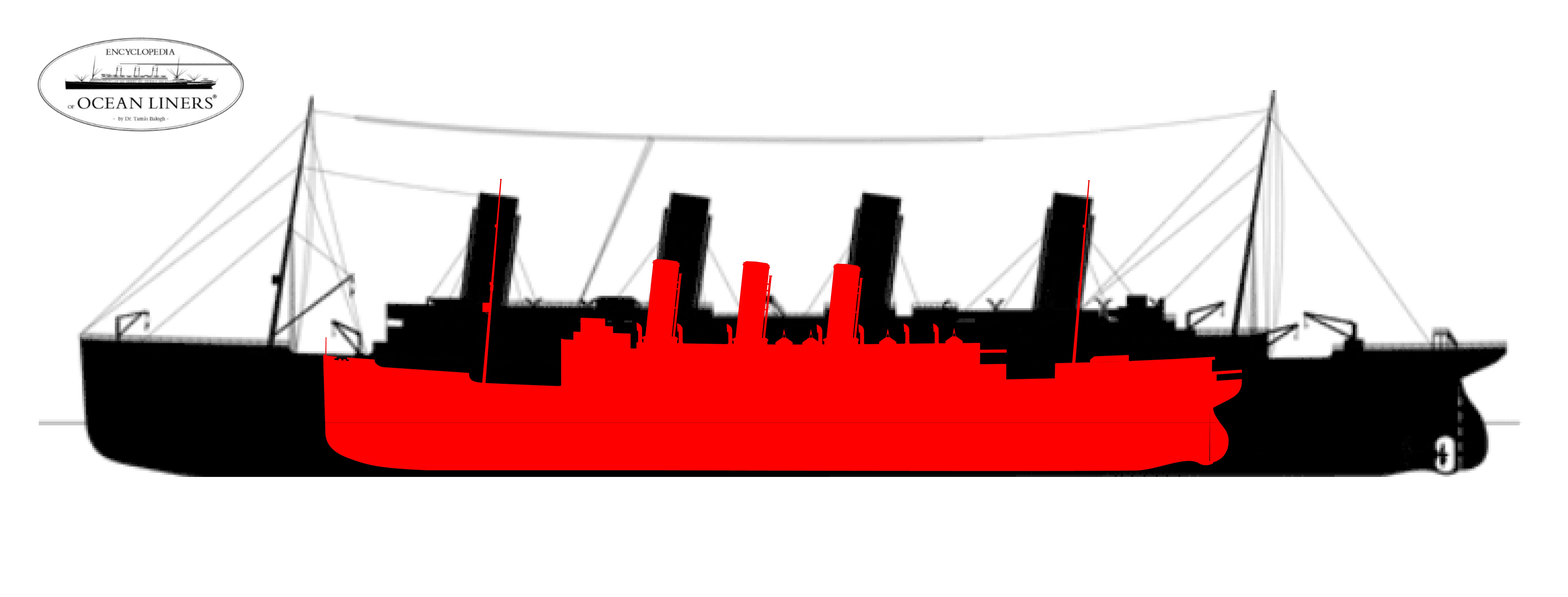
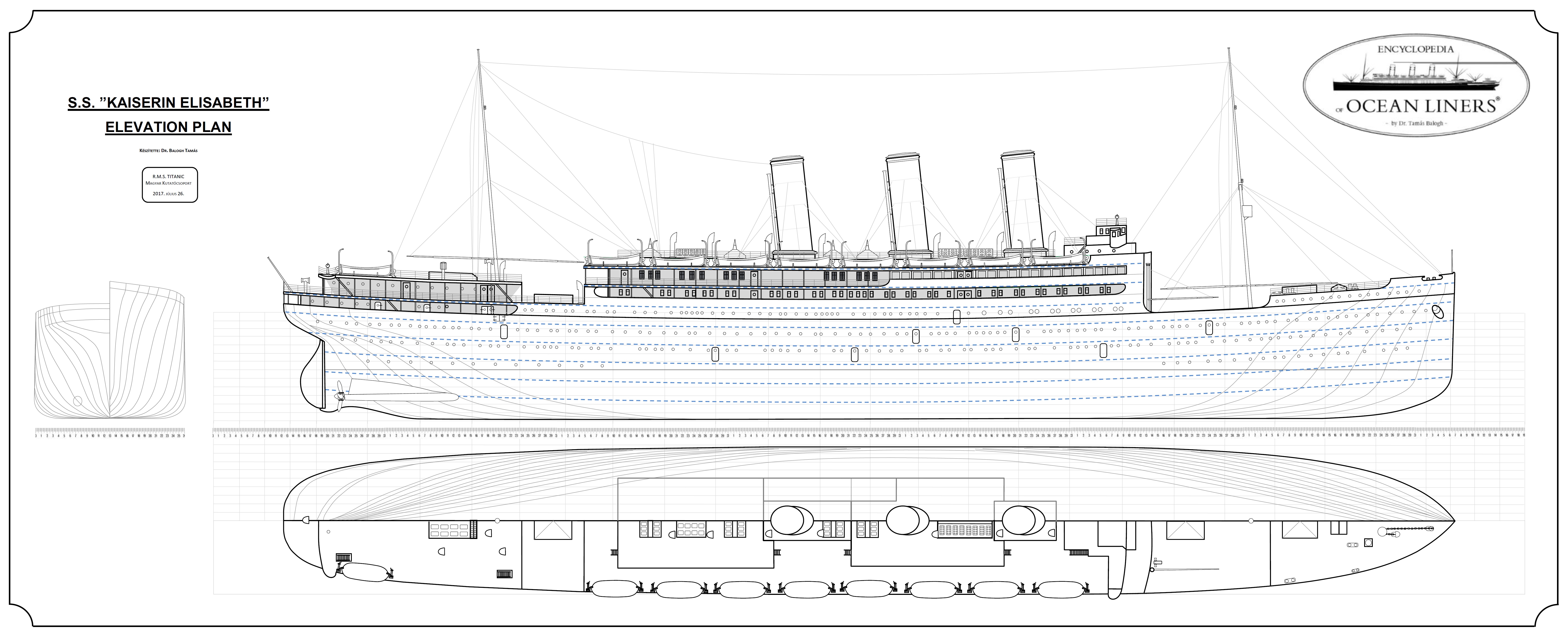


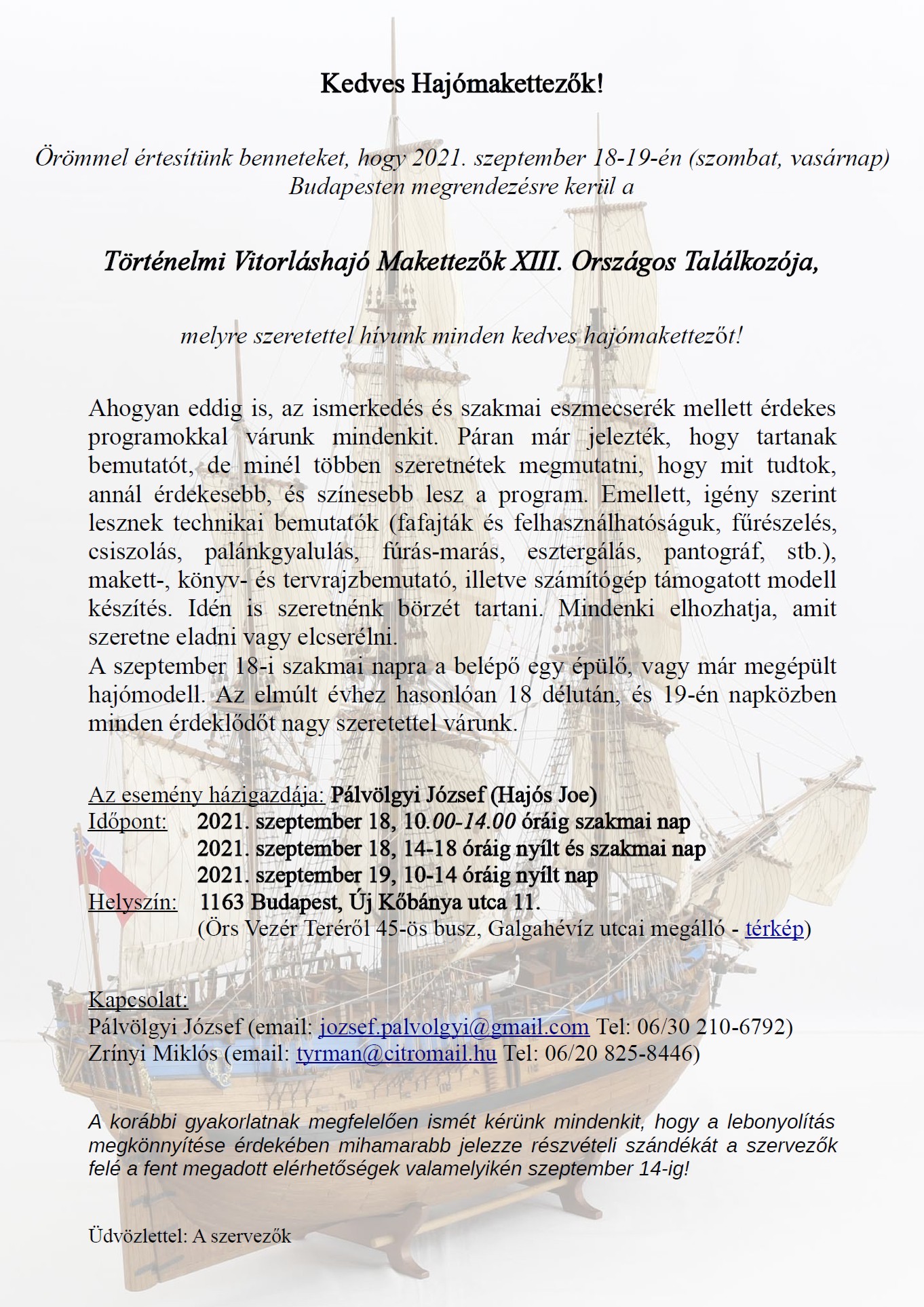
Utolsó kommentek